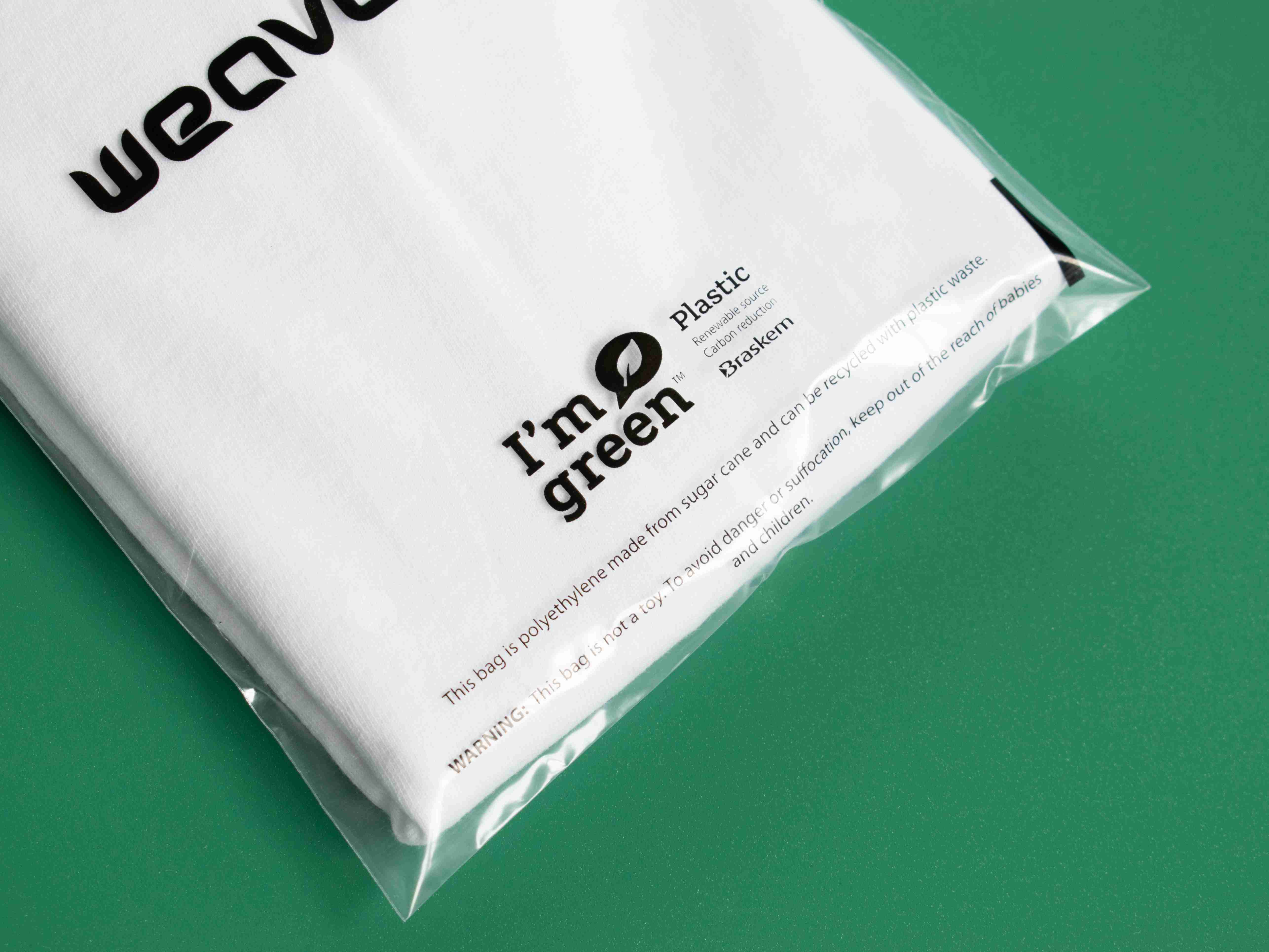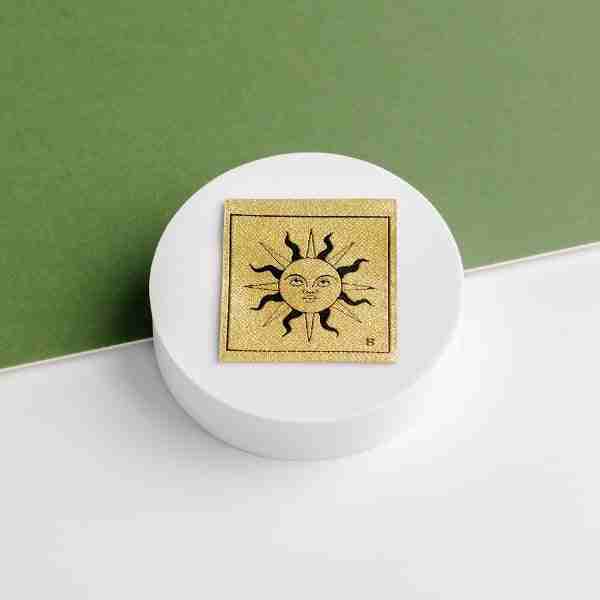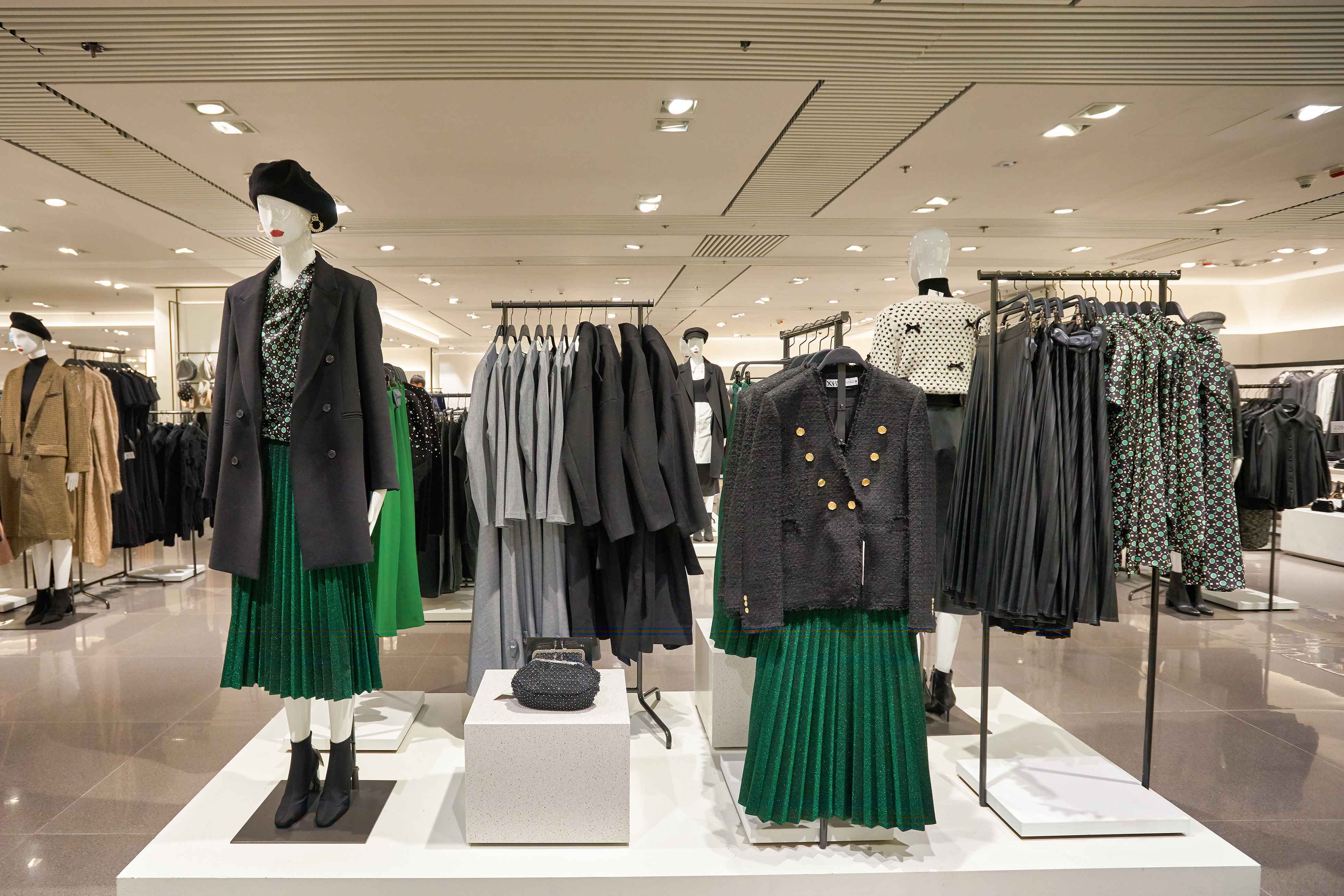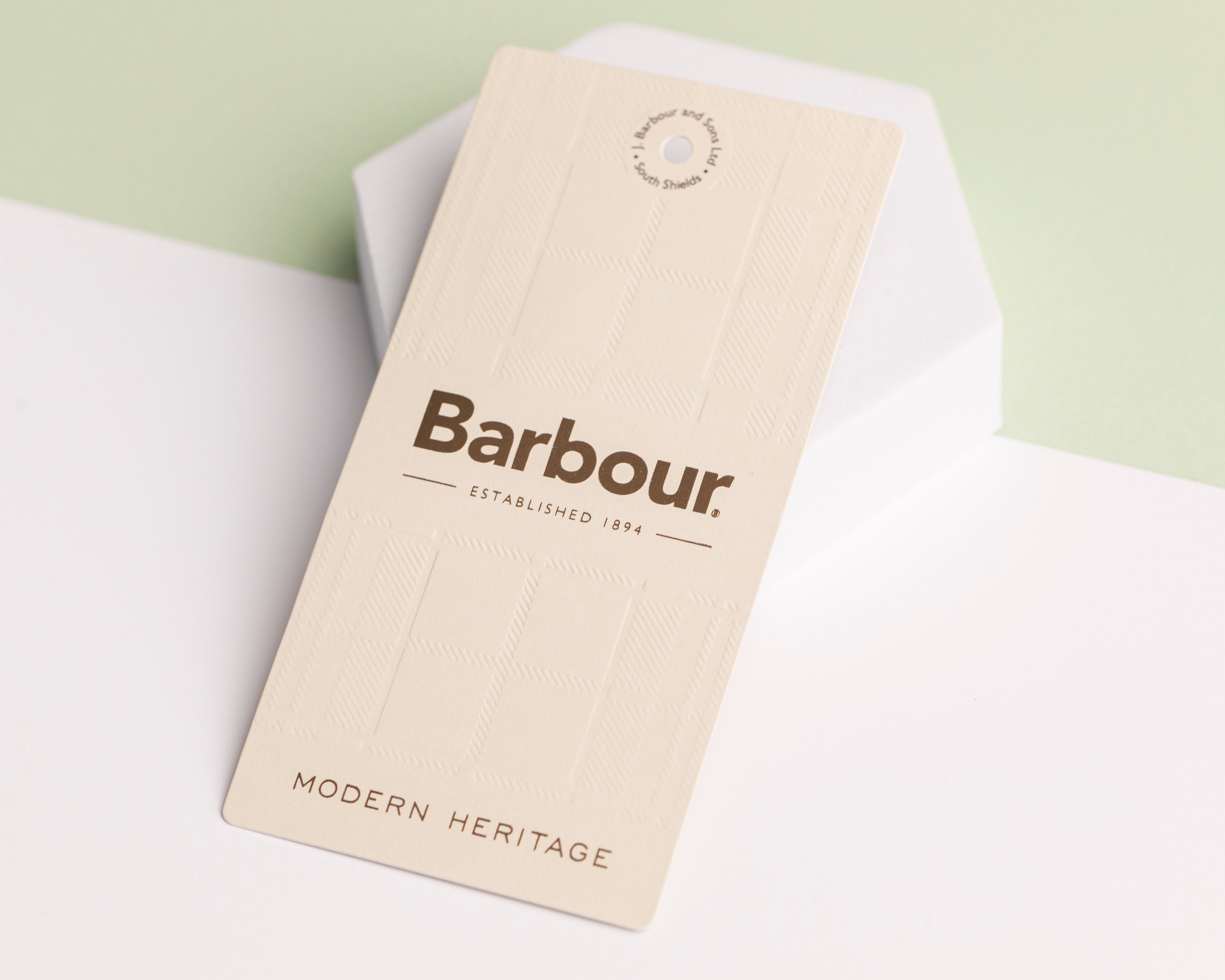
Blog
An educational blog on clothing branding, product packaging and sustainable innovation, providing you with both informative articles and videos, to hopefully inspire the designs for your next fashion collection.

8 min read time
|
Nov 14, 2025
In today’s fast-paced fashion industry, where first impressions count more than ever, the swing tag...
Metal trims - from rivets and buckles to eyelets and zip pullers
How to source sustainable labels and packaging for activewear brands
How to make your streetwear brand stand out in a saturated market
Recyclability Assessment Methodology (RAM): What fashion brands need to know
.png)
badges
Metal trims - from rivets and buckles to eyelets and zip pullers
5 min read time
|
Sep 30, 2025
When it comes to garment branding and trims, every detail matters. From the functionality of a...
Read more
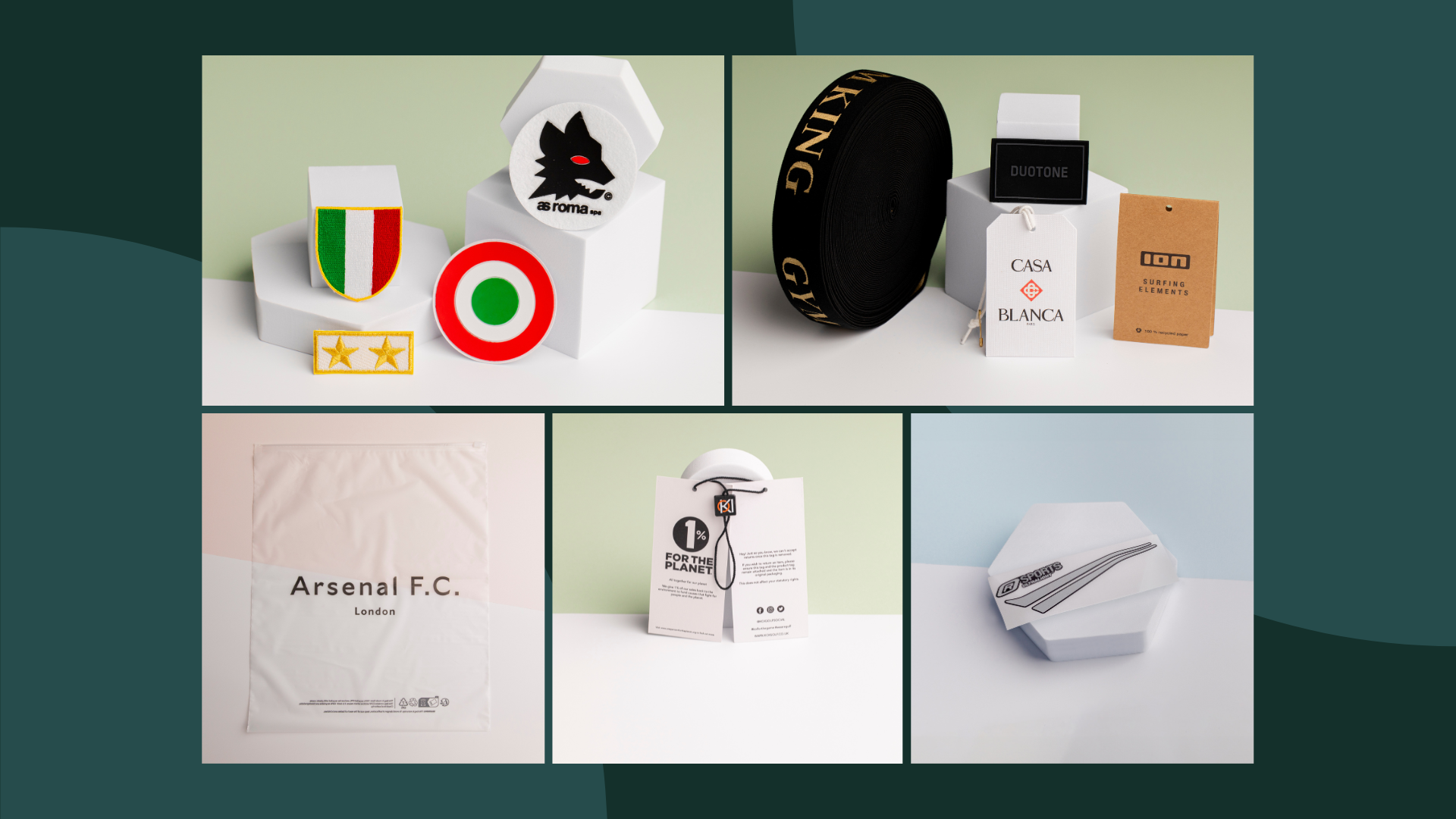
Branding
How to source sustainable labels and packaging for activewear brands
7 min read time
|
Aug 27, 2025
High-performance activewear has evolved beyond just fabric and fit. Today's consumer, motivated by...
Read more
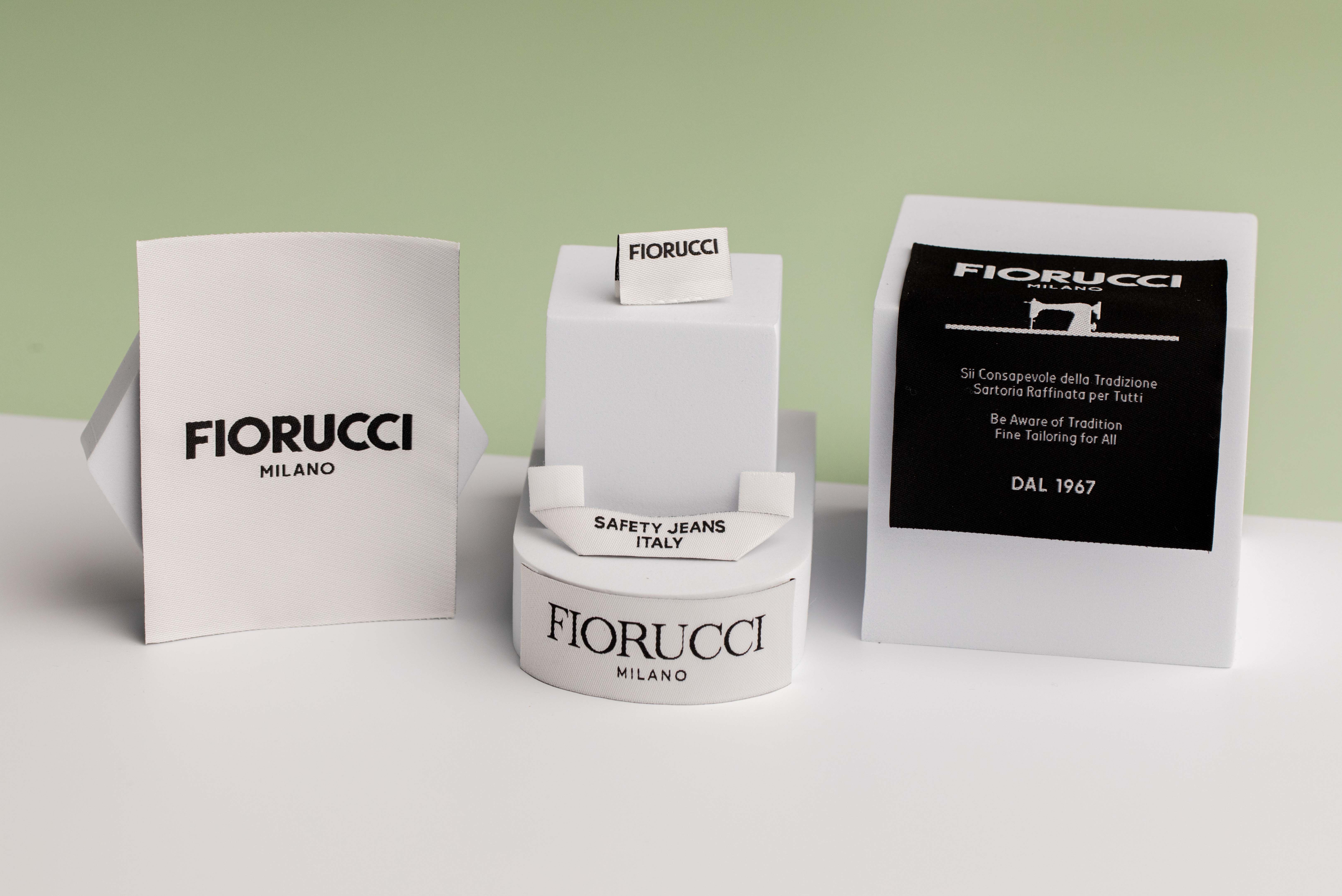
Branding
How to make your streetwear brand stand out in a saturated market
4 min read time
|
Aug 27, 2025
Streetwear has grown from underground subcultures into a multi-billion-dollar global industry. With...
Read more
Branding
Recyclability Assessment Methodology (RAM): What fashion brands need to know
6 min read time
|
Aug 27, 2025
In the UK, the Recyclability Assessment Methodology (RAM) is now the official framework for...
Read more

Branding
Why labelling matters: How to build hype and heritage into your streetwear pieces
4 min read time
|
Aug 15, 2025
In a culture where details define status, credibility and style, labelling is everything.
Read more
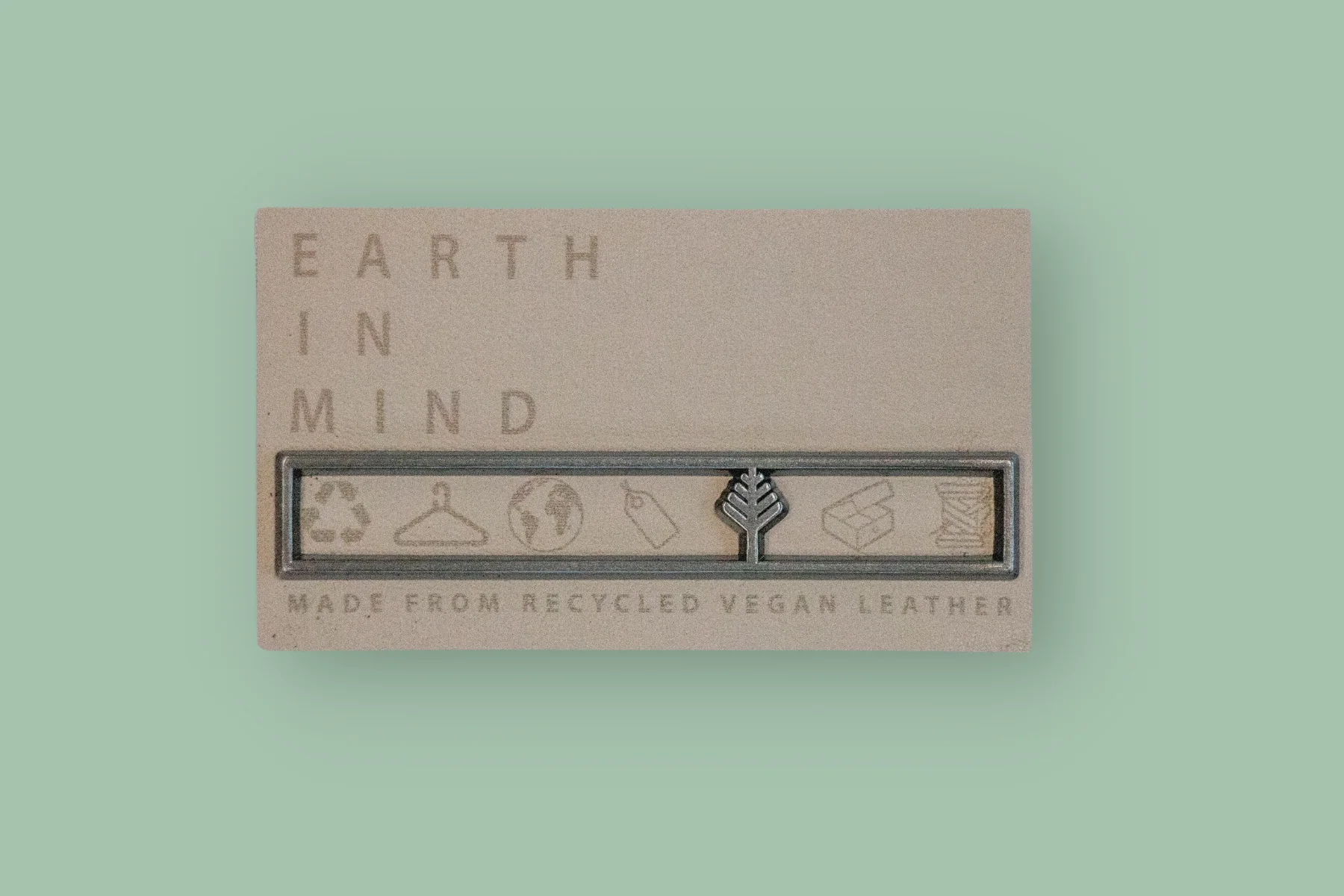
Fashion
Vegan fashion: Leading the charge towards sustainability in 2025
6 min read time
|
Feb 5, 2025
As we reflect on Veganuary, it's now time to take action. Your brand has a golden opportunity to...
Read more
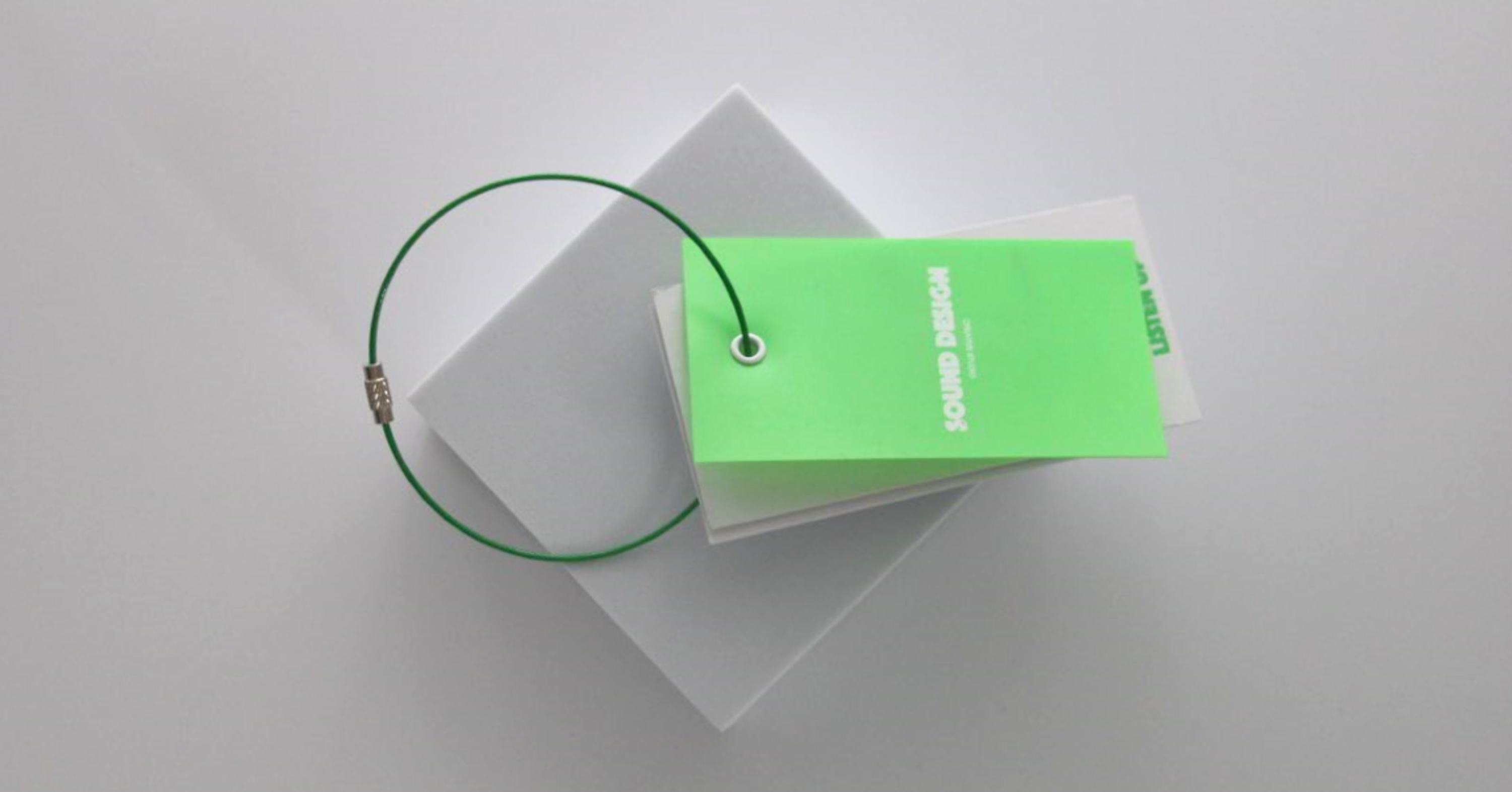
Sustainability
The importance of retail security tags
3 min read time
|
Jan 29, 2025
Online fashion has changed the way the world shops. As this global trend grows, customers...
Read more
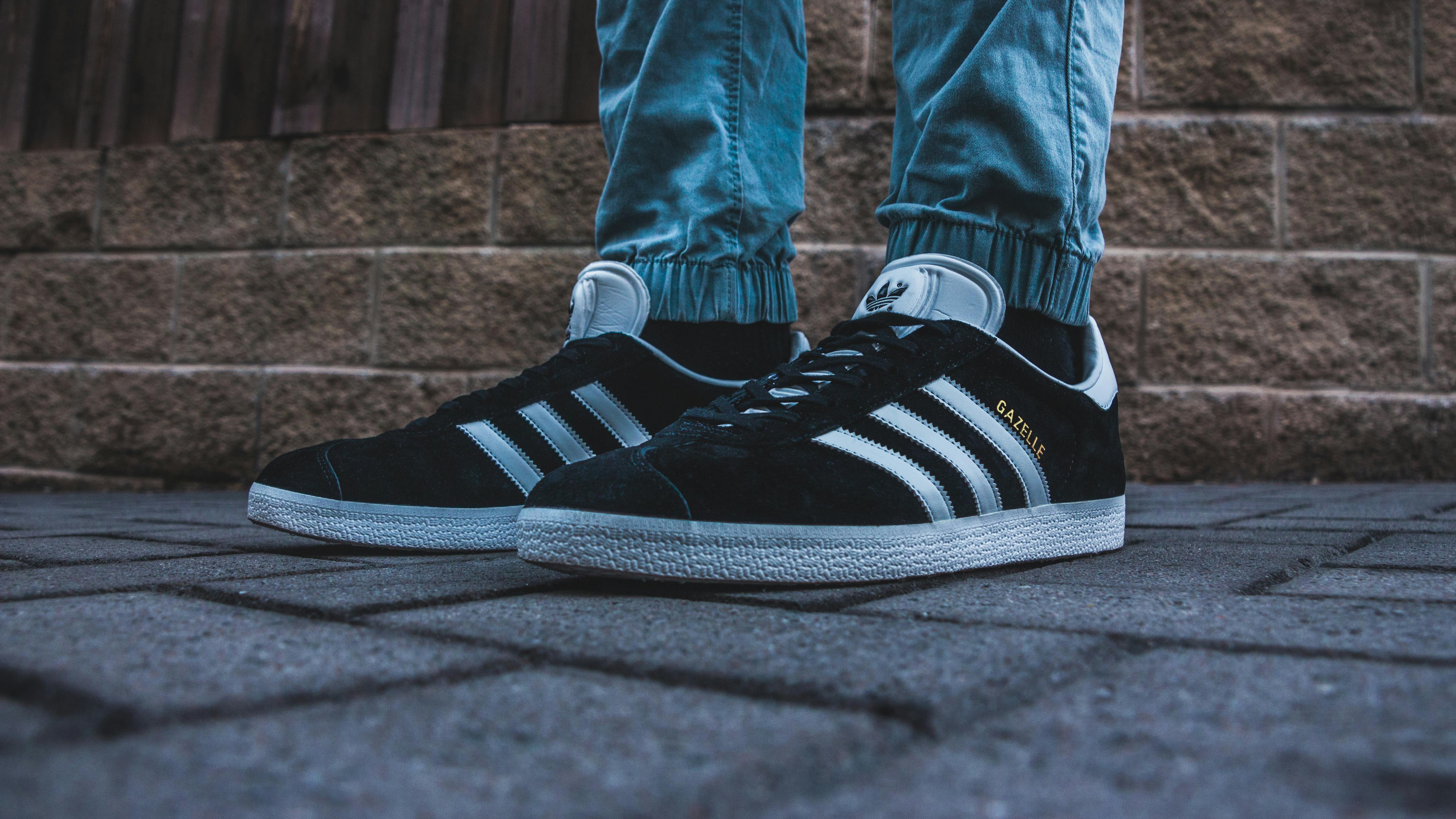
Sustainability
Is Adidas sustainable?
12 min read time
|
Jan 17, 2025
Known for its iconic three stripes, Adidas is a global giant in sportswear and fashion. But is it...
Read more
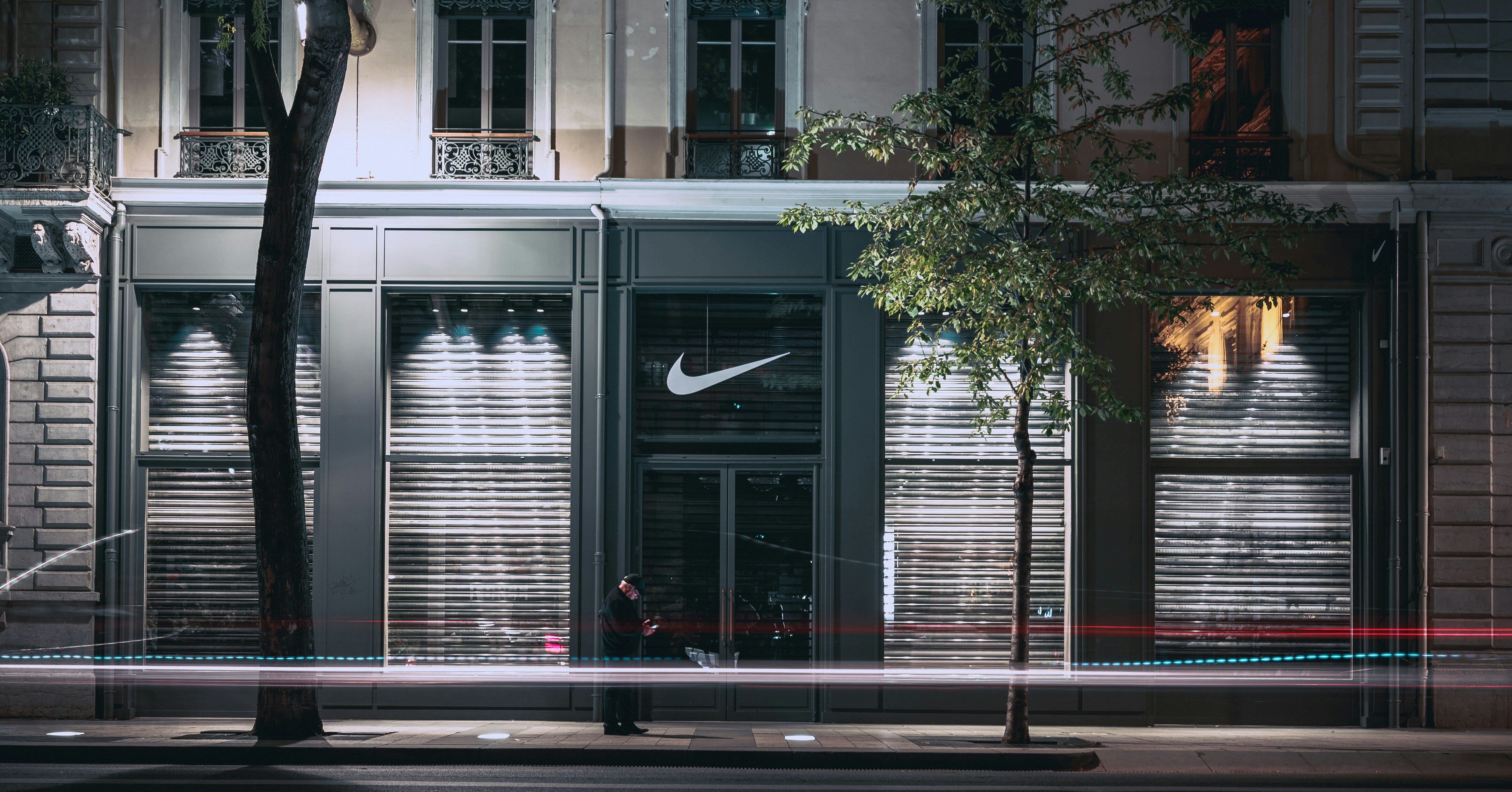
Sustainability
Is Nike sustainable? Focusing on a brighter future
13 min read time
|
Jan 17, 2025
Nike is an instantly recognisable name worldwide, whether for its iconic trainers, performance...
Read more
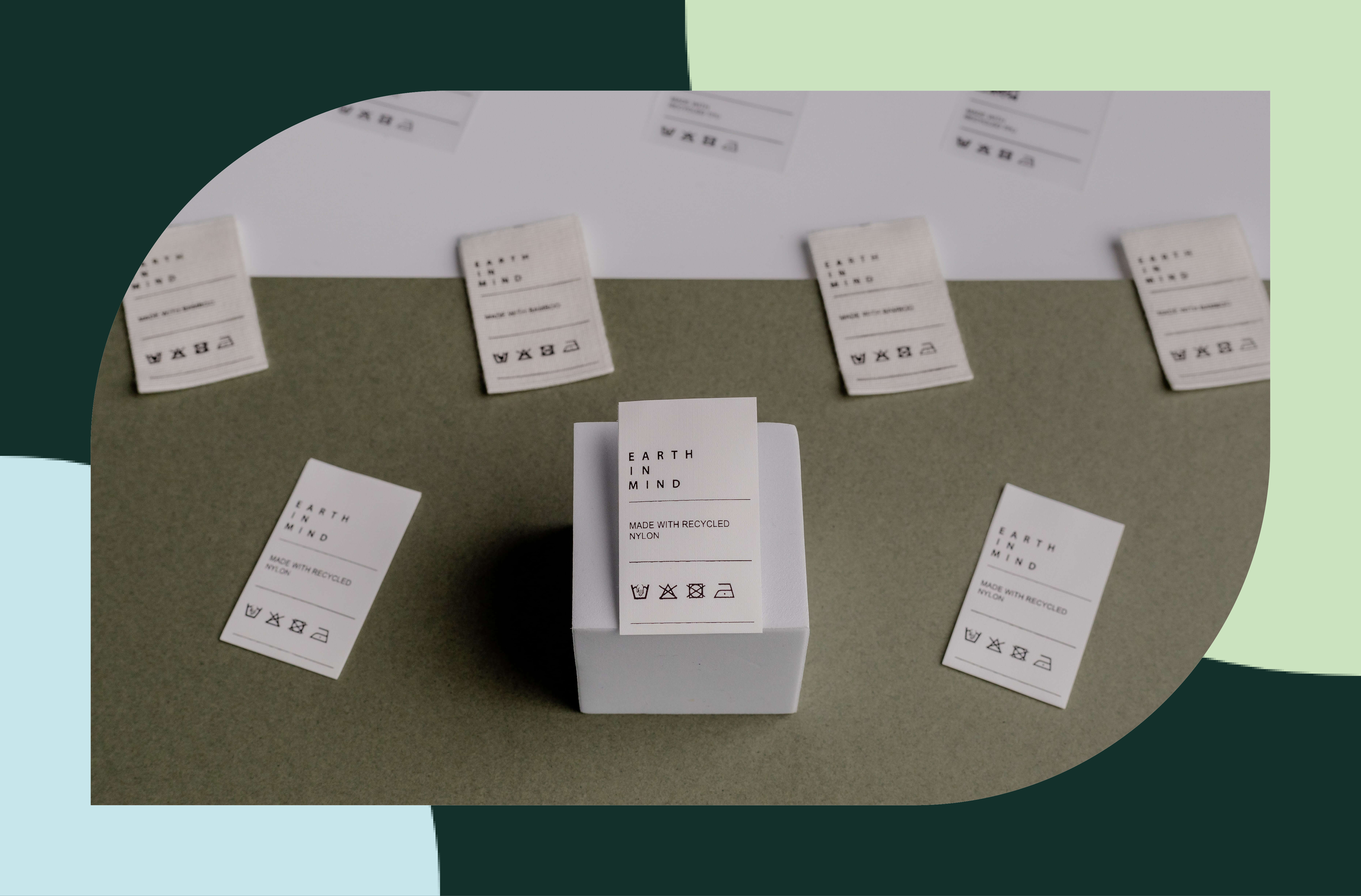
Labels
What are care labels and can you brand them?
8 min read time
|
Jan 17, 2025
Care labels do more than just provide washing instructions. They're a key touchpoint between your...
Read more
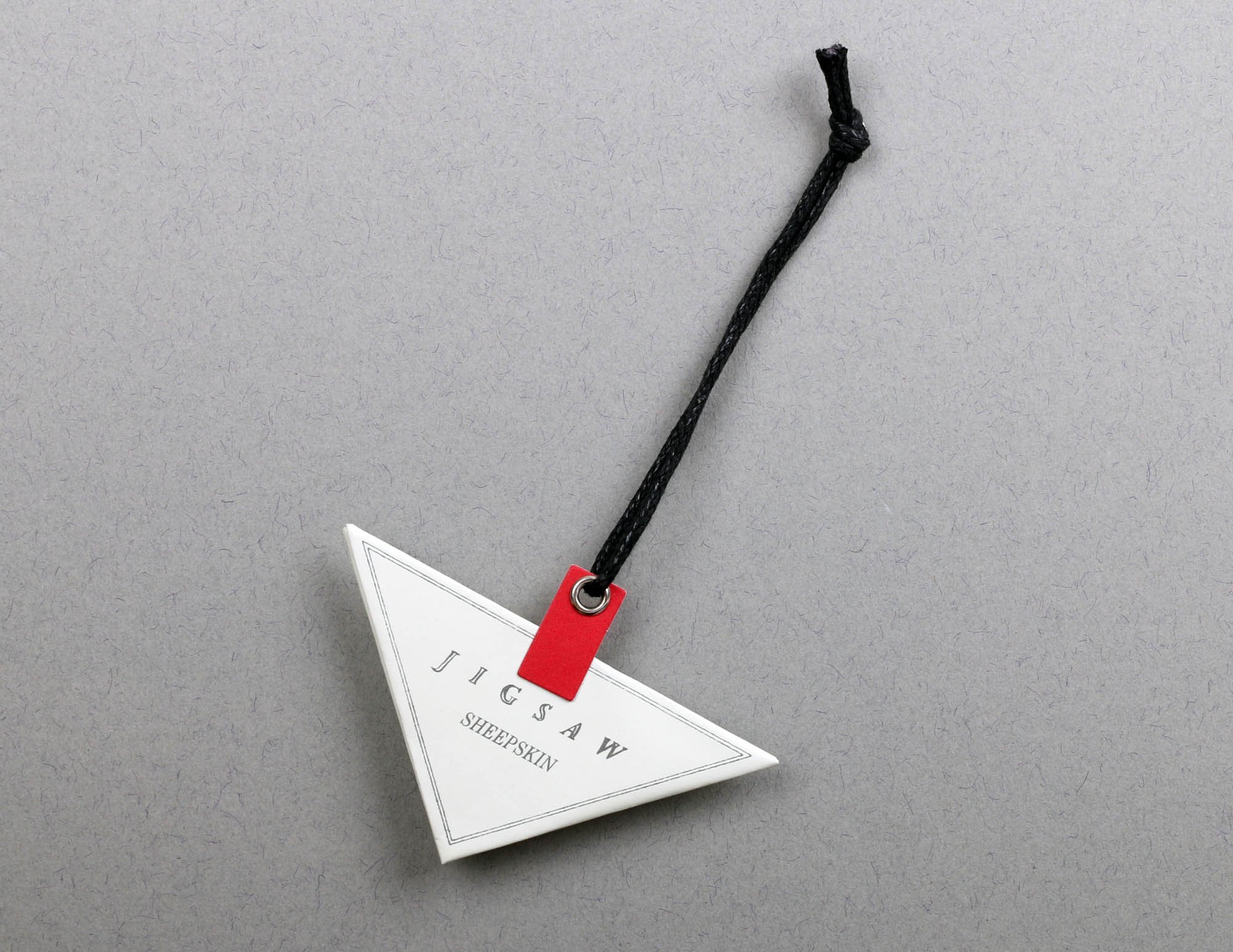
Garment Branding
The Overlooked Importance of Retail Hang Tags
4 min read time
|
Dec 16, 2024
Although many people think they are just there to tell the customer how much the item costs, hang...
Read more
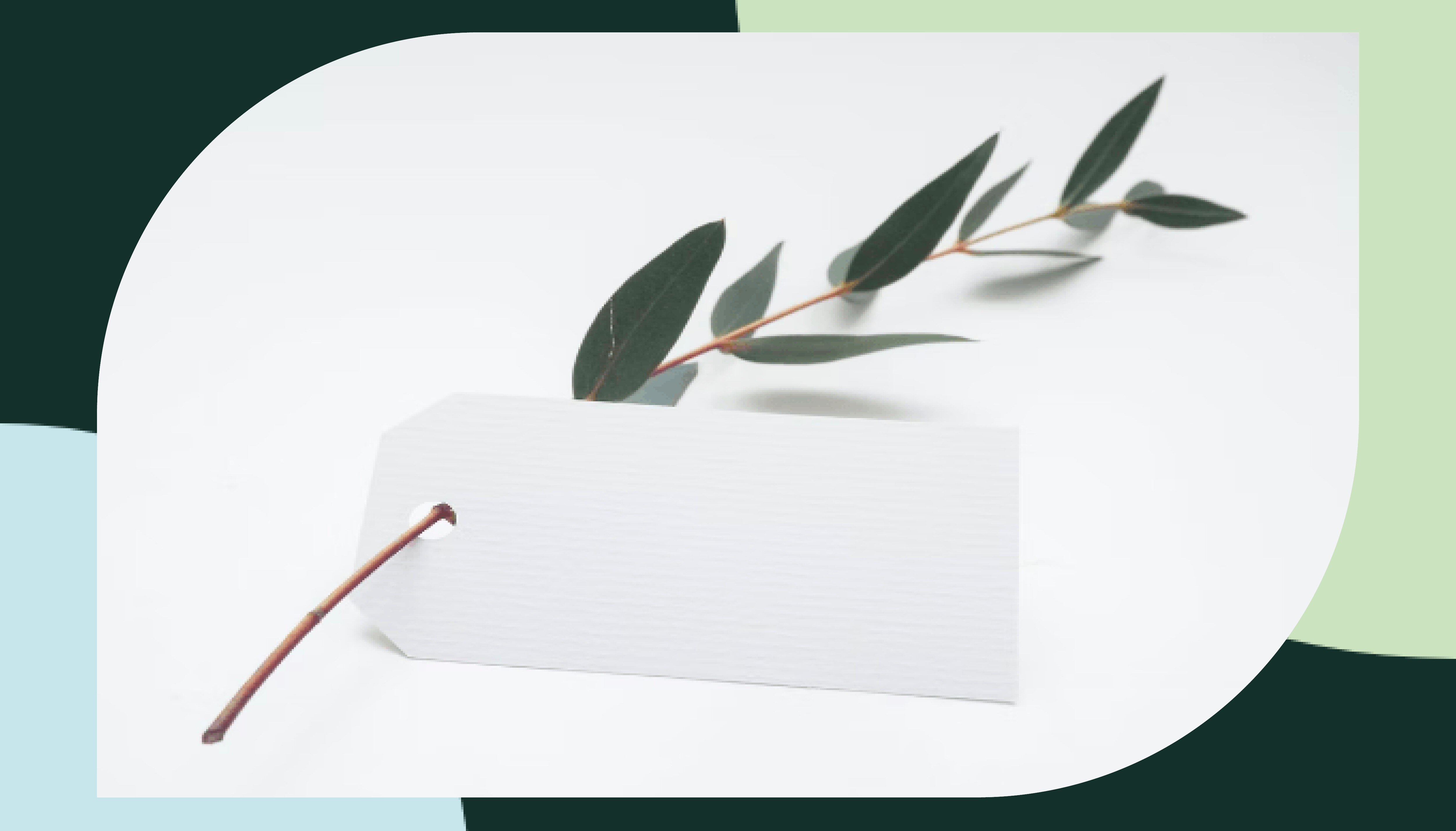
Sustainability
Greenwashing in fashion: How to spot it
6 min read time
|
Nov 25, 2024
More brands are working towards sustainability and minimising their carbon footprint. While others...
Read more
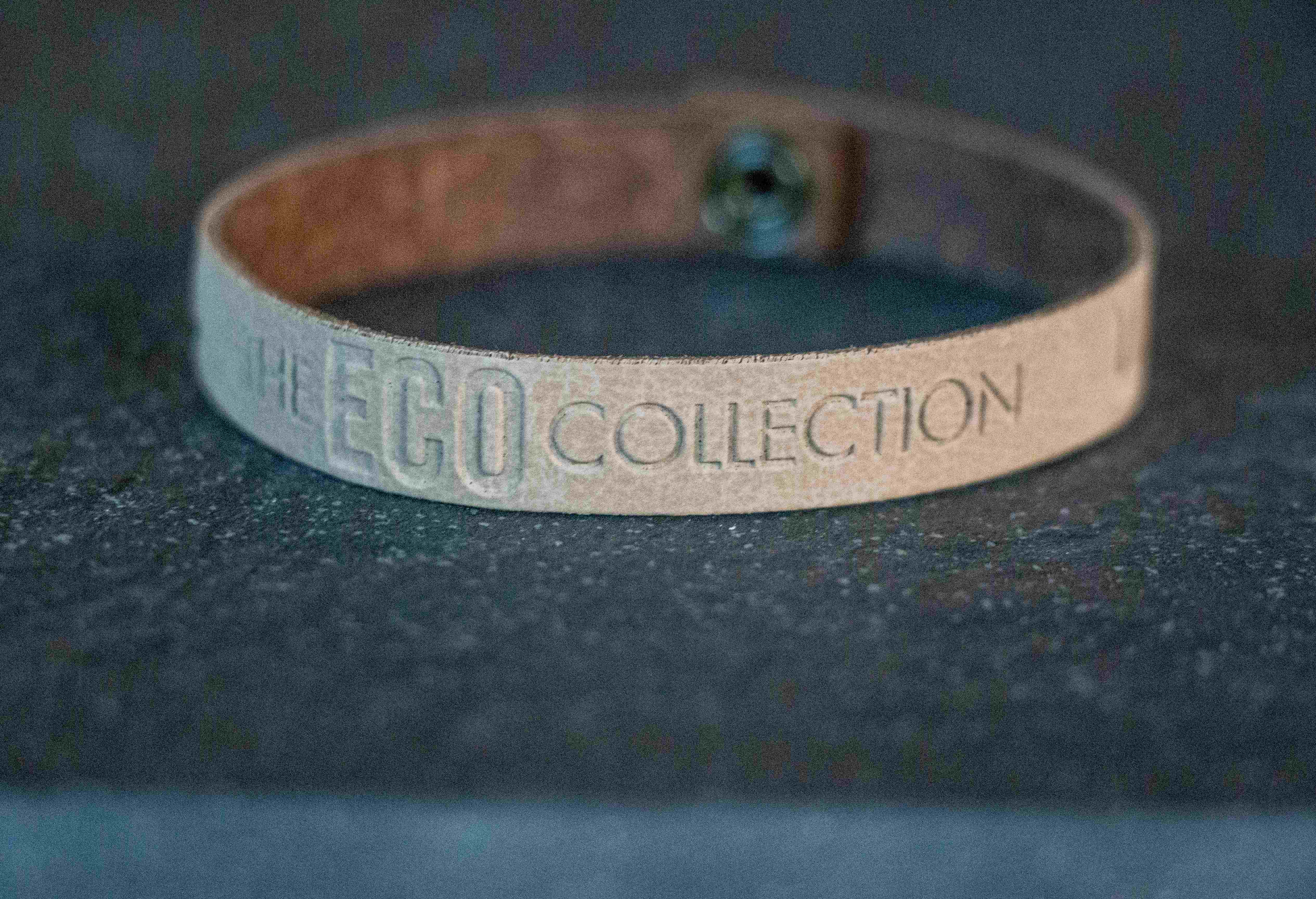
Packaging
What’s the True Impact of Packaging on Retailers and Consumers?
4 min read time
|
Nov 13, 2024
We all want to achieve the instantly recognisable status of Gucci and Tiffany & Co. The majority of...
Read more
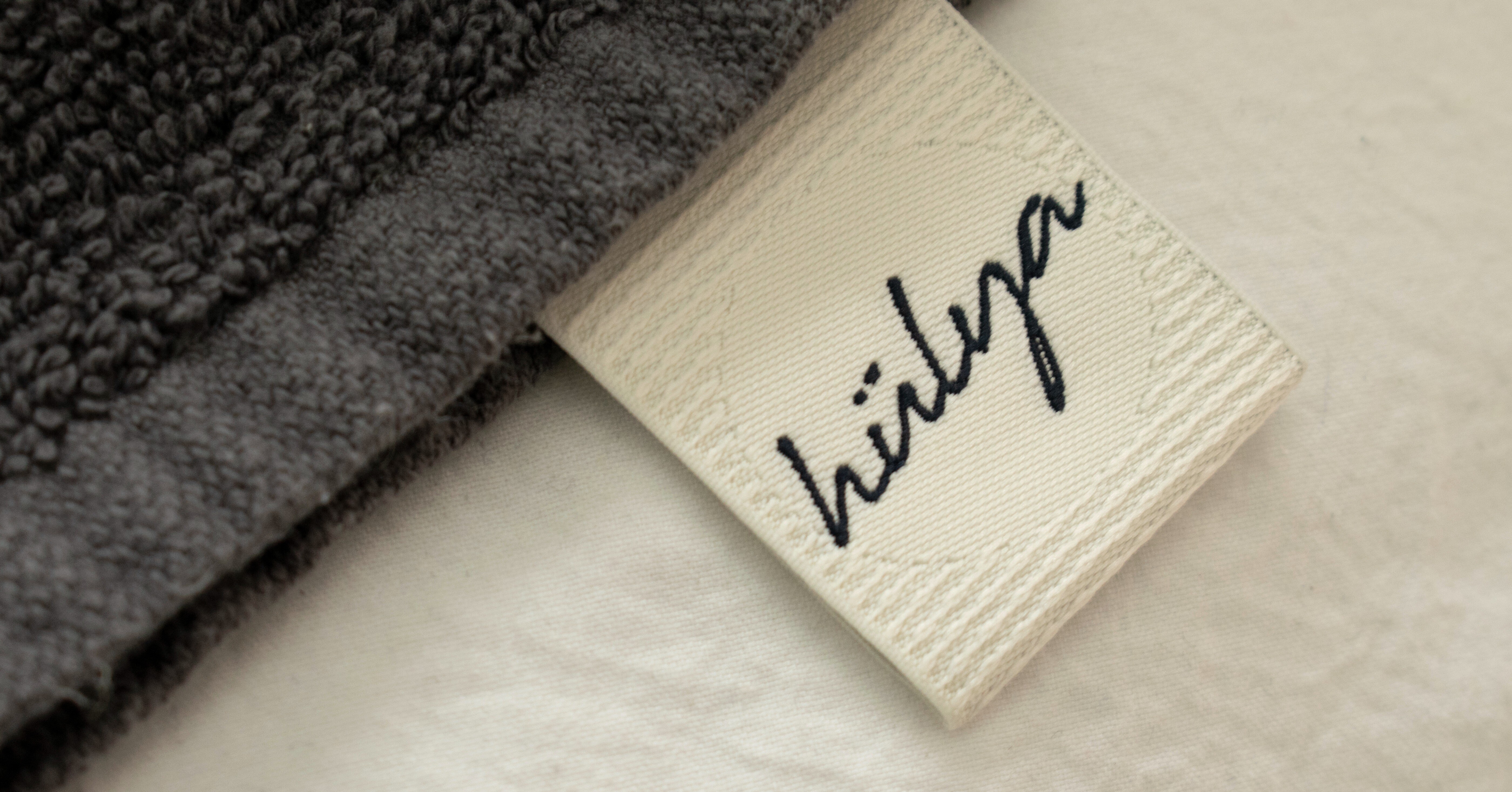
quality
Printed labels vs Woven labels: Which are better?
8 min read time
|
Nov 11, 2024
Labels can say a lot about a brand. Not just in terms of the colour or the design but the texture...
Read more
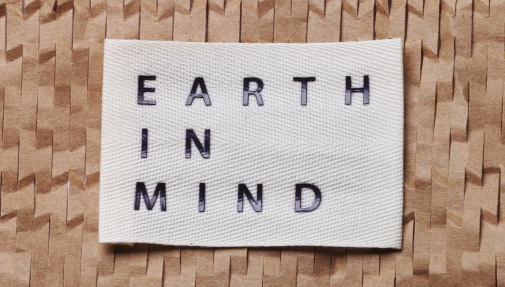
Sustainability
The sustainable fashion glossary
7 min read time
|
Nov 11, 2024
Ethical and sustainable fashion terminology isn’t always as easy as it seems. With such a big focus...
Read more
.png)
Compliance
EU Deforestation Regulation (EUDR)
5 min read time
|
Oct 24, 2024
Traceability and compliance: EUDR supports global action to tackle climate.
Read more
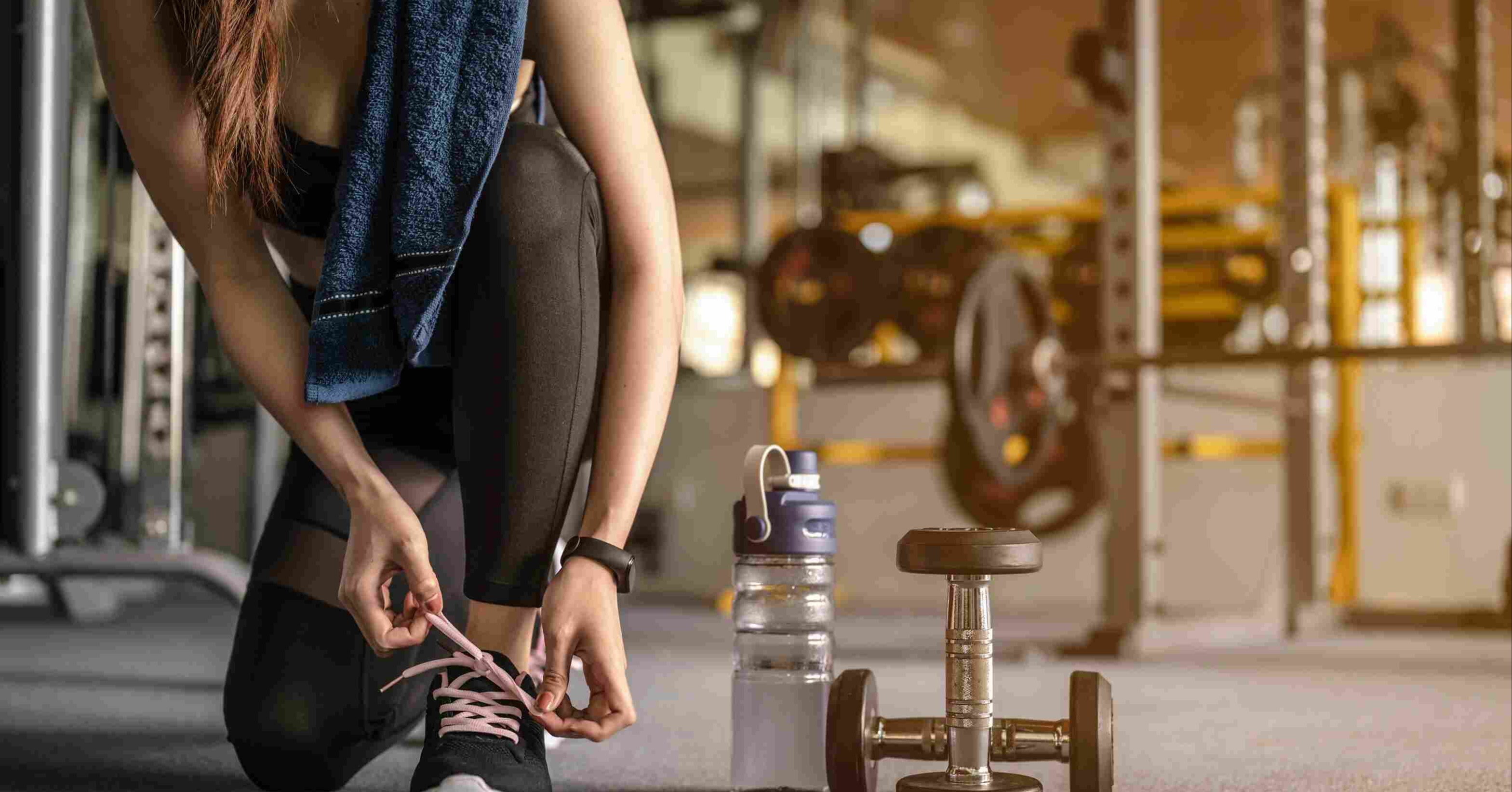
Sportswear
Is Girlfriend Collective sustainable? Sustainable activewear with a difference
5 min read time
|
Sep 12, 2024
Describing itself as the Earth's number one fan, Girlfriend Collective is one of the most...
Read more

How do retro football shirts support sustainable fashion?
6 min read time
|
Sep 10, 2024
Whether you're a football fan or not, it's hard to ignore the explosion in popularity of retro...
Read more

Sustainability
Zero waste fashion: Is it achievable?
8 min read time
|
Sep 2, 2024
It's zero waste week, so what better way to mark the occasion than investigating whether zero waste...
Read more
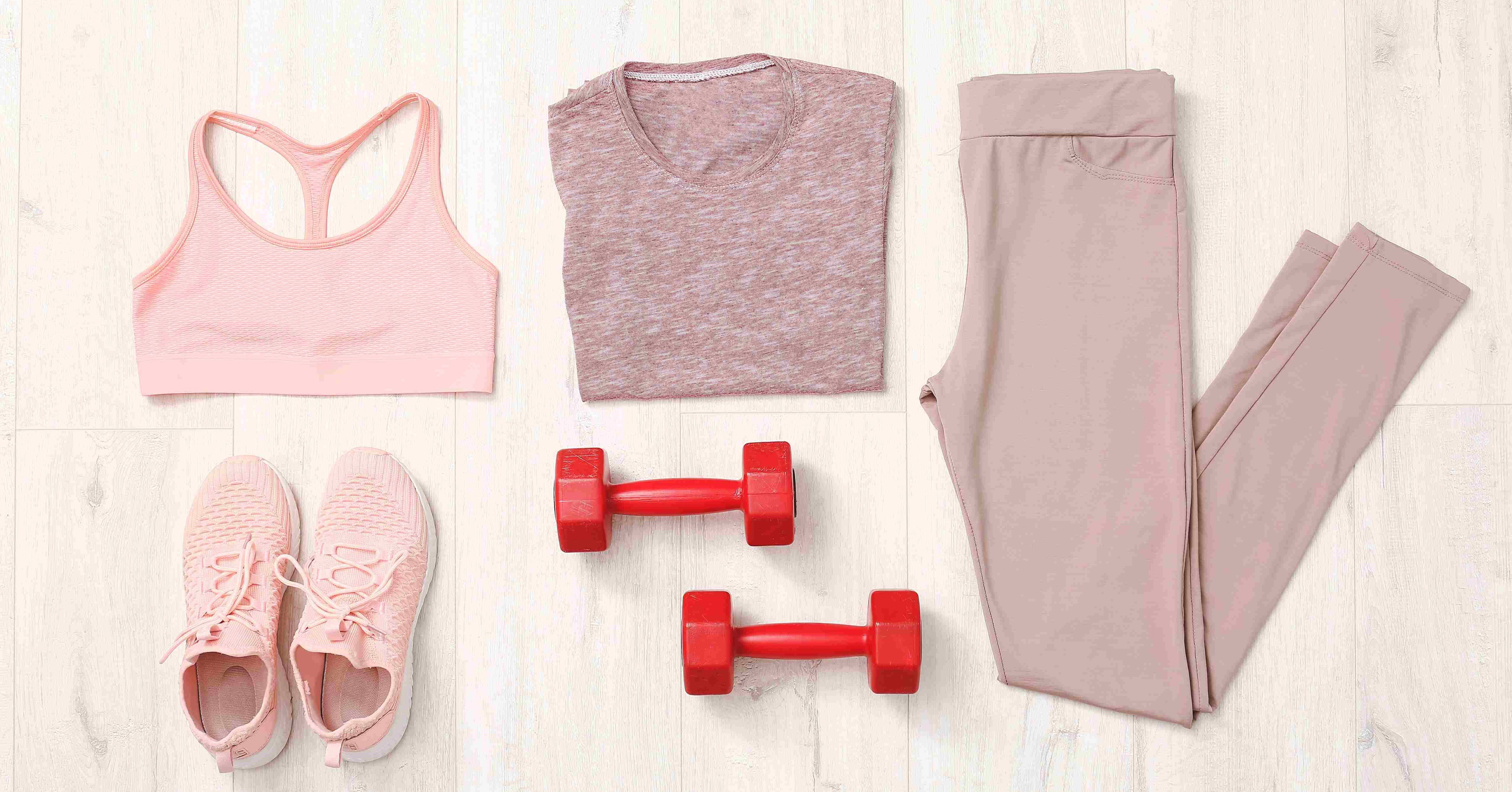
Sustainability
Is Adanola sustainable?
3 min read time
|
Aug 15, 2024
Instagram-born brand Adanola has become one of the most iconic sportswear brands. Famous for its...
Read more

Sustainability
7 sustainable cycling clothing brands
4 min read time
|
Aug 5, 2024
Getting outdoors on your bike allows you to experience the wonders of the planet. Whether cycling...
Read more

Sustainability
Paris Olympics 2024: Sustainability in the Olympics
4 min read time
|
Jul 29, 2024
Summer holds some of the biggest sporting events in the annual calendar, and the Paris Olympics...
Read more

Sustainability
10 top brands for sustainable golf clothing
6 min read time
|
Jul 22, 2024
The spotlight is turning on the sportswear industry to become more sustainable, and golf apparel...
Read more

Sustainability
Wimbledon sustainability: We take a look
4 min read time
|
Jul 8, 2024
Sustainability is at the top of the agenda for businesses in every sector, with sports no...
Read more
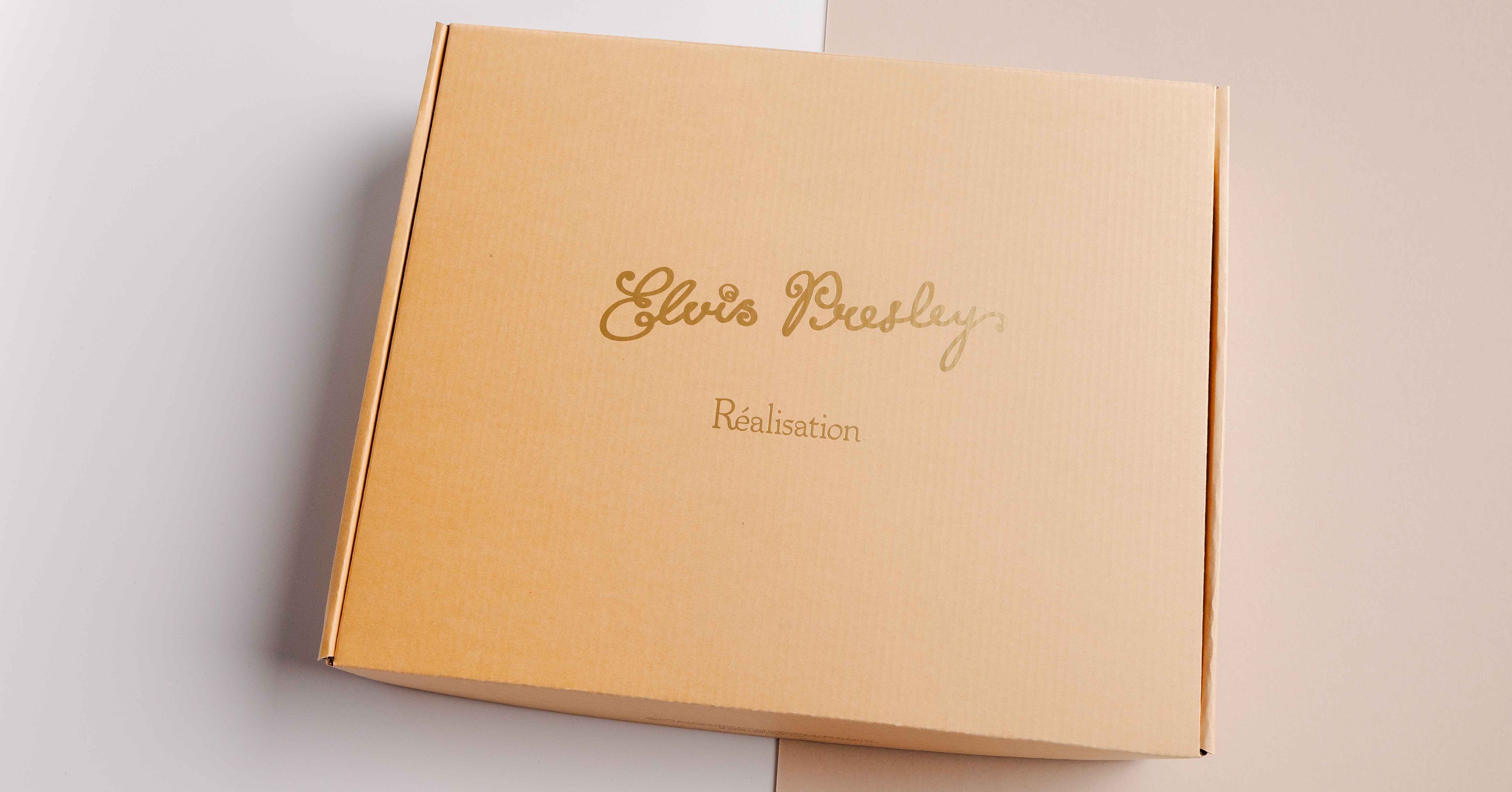
Packaging
How flat-pack packaging can be your brand’s secret weapon
4 min read time
|
Jun 24, 2024
When people hear ‘flat-pack packaging’, they envision plain yet efficient and convenient boxes....
Read more
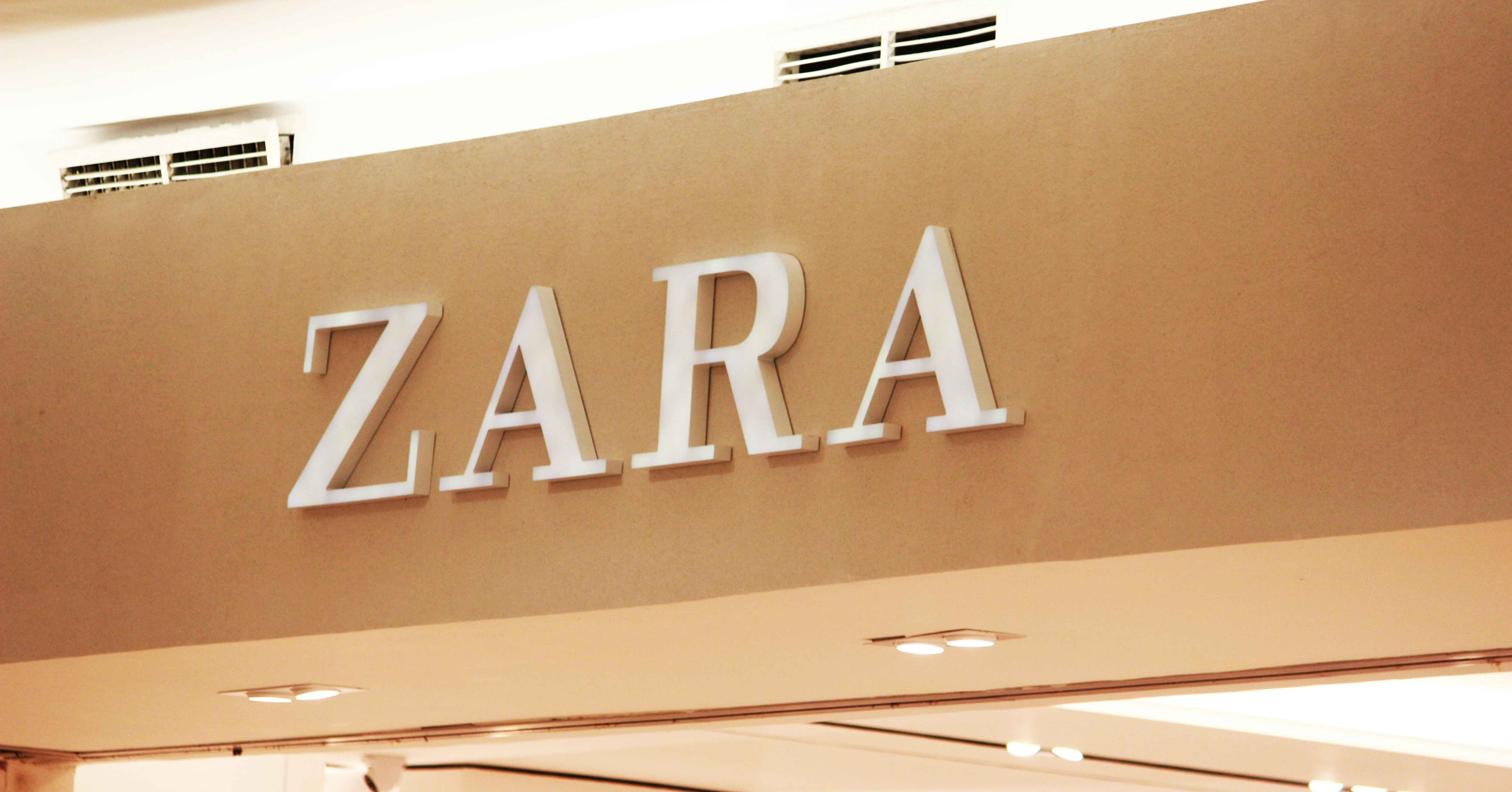
Sustainability
Is Zara sustainable? An overview of the fast fashion giant
7 min read time
|
Jun 17, 2024
It's one of the biggest names on the high street, with more than 10.9 million customers to prove...
Read more
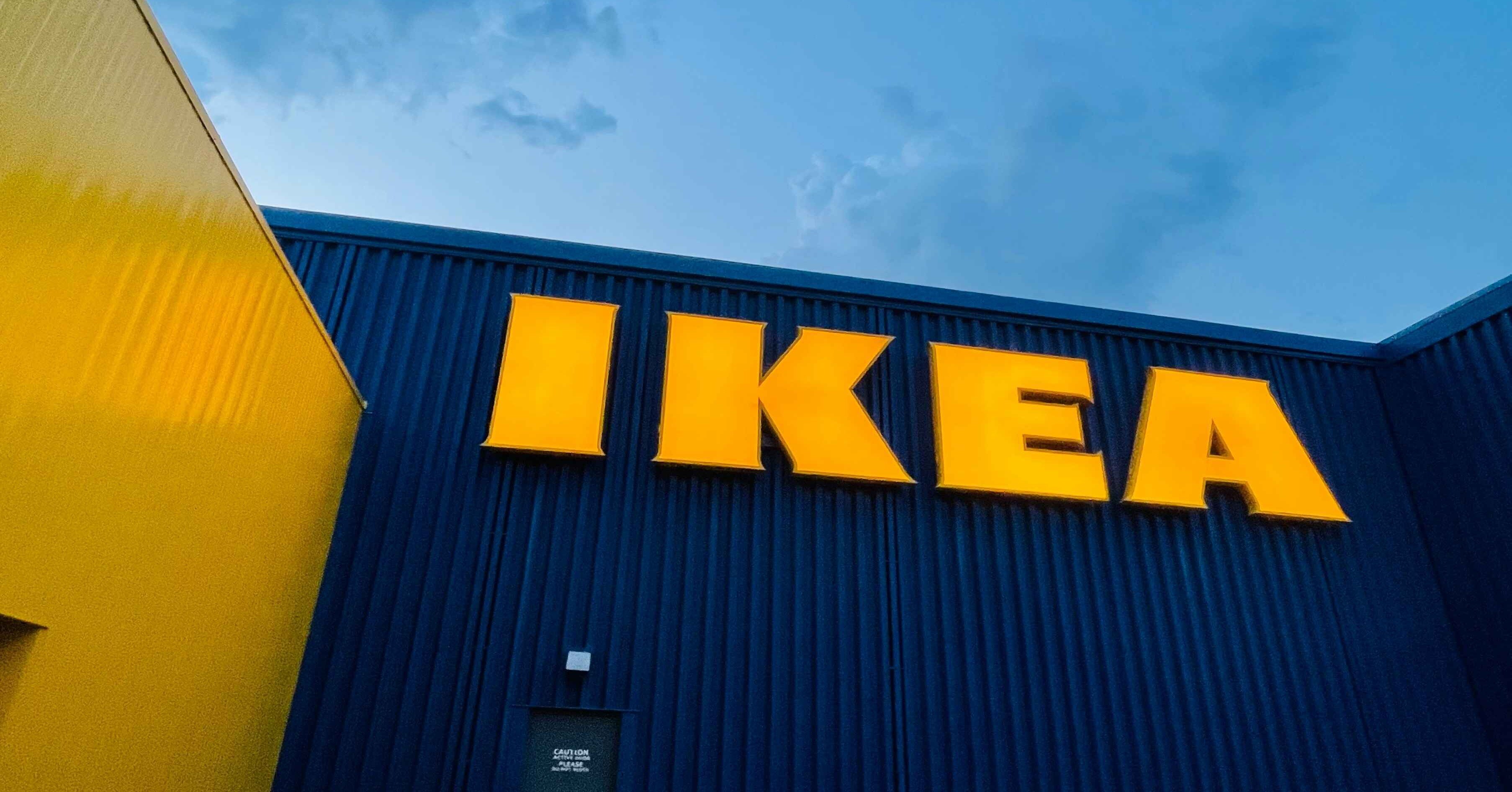
Sustainability
Is IKEA sustainable? Exploring the homeware giant’s practices
4 min read time
|
Jun 3, 2024
You’ll struggle to find anyone who doesn’t recognise this Scandinavian furniture and homewares...
Read more
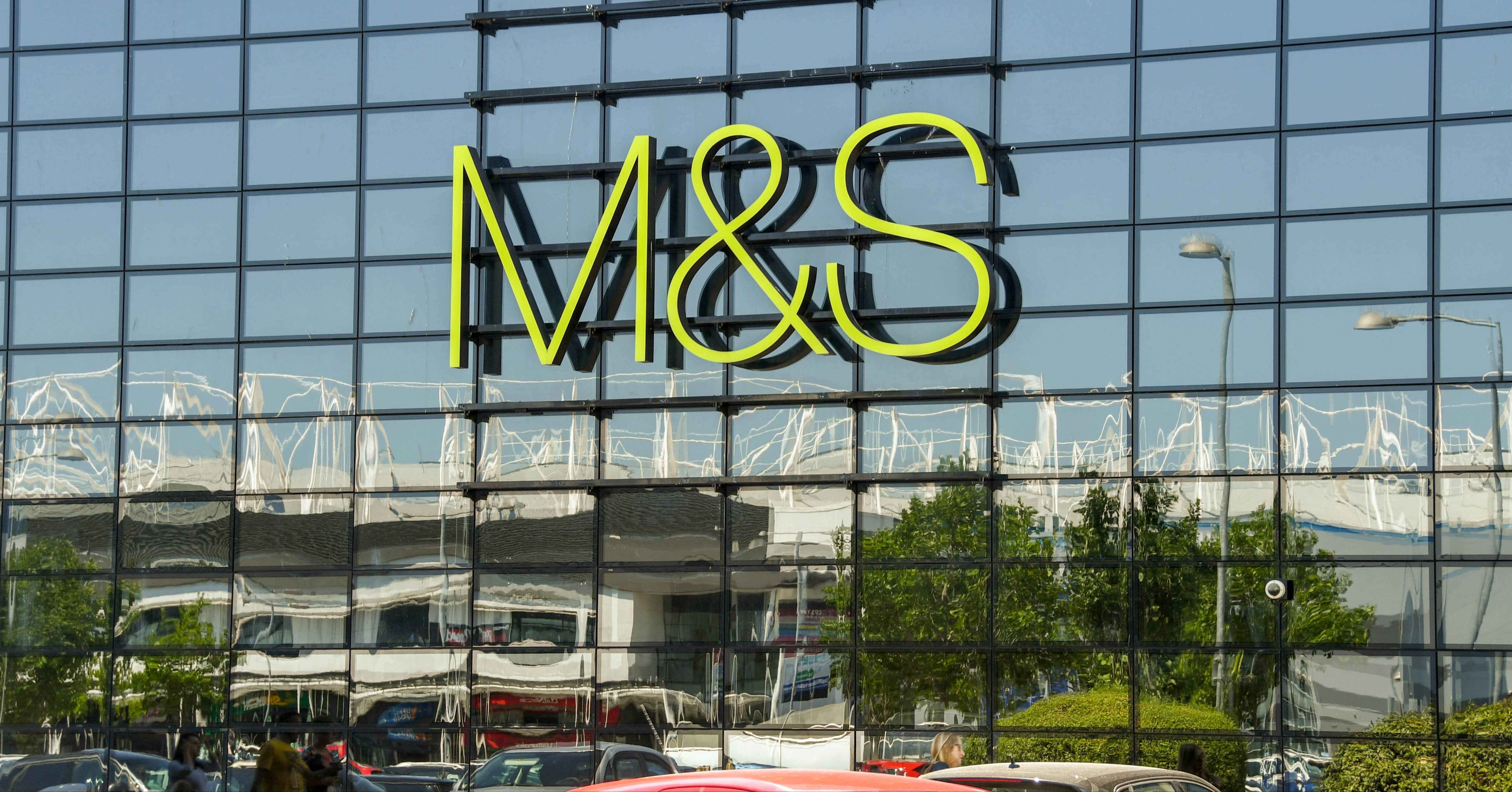
Sustainability
Is M&S sustainable?
4 min read time
|
May 21, 2024
Considered an iconic British institution, Marks & Spencer — or as it's more commonly known, M&S —...
Read more
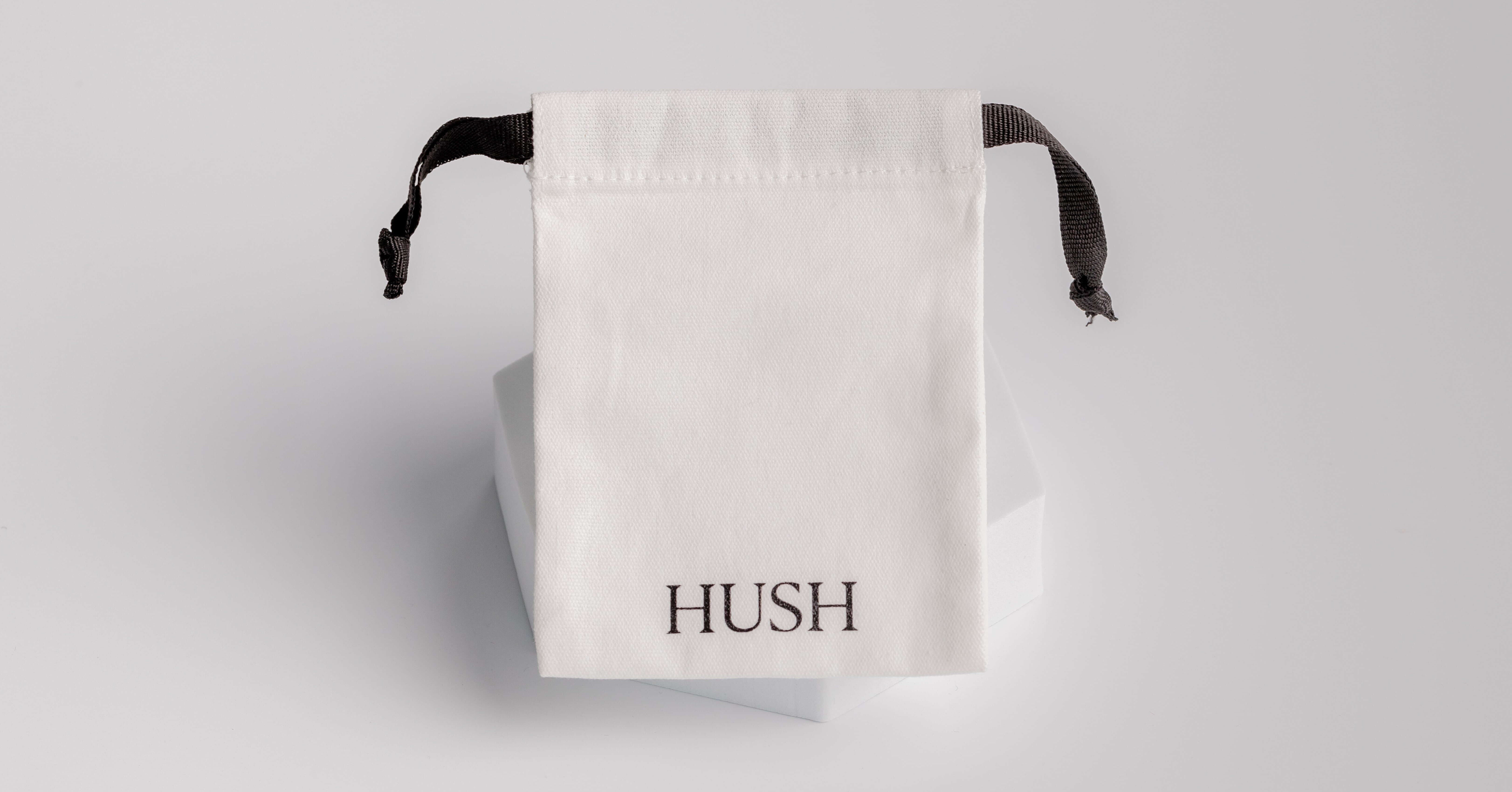
Eco-Friendly
What does it mean to be GOTS-certified in fashion?
5 min read time
|
May 20, 2024
In today’s eco-conscious world, it’s no longer enough to say that your products are sustainable....
Read more
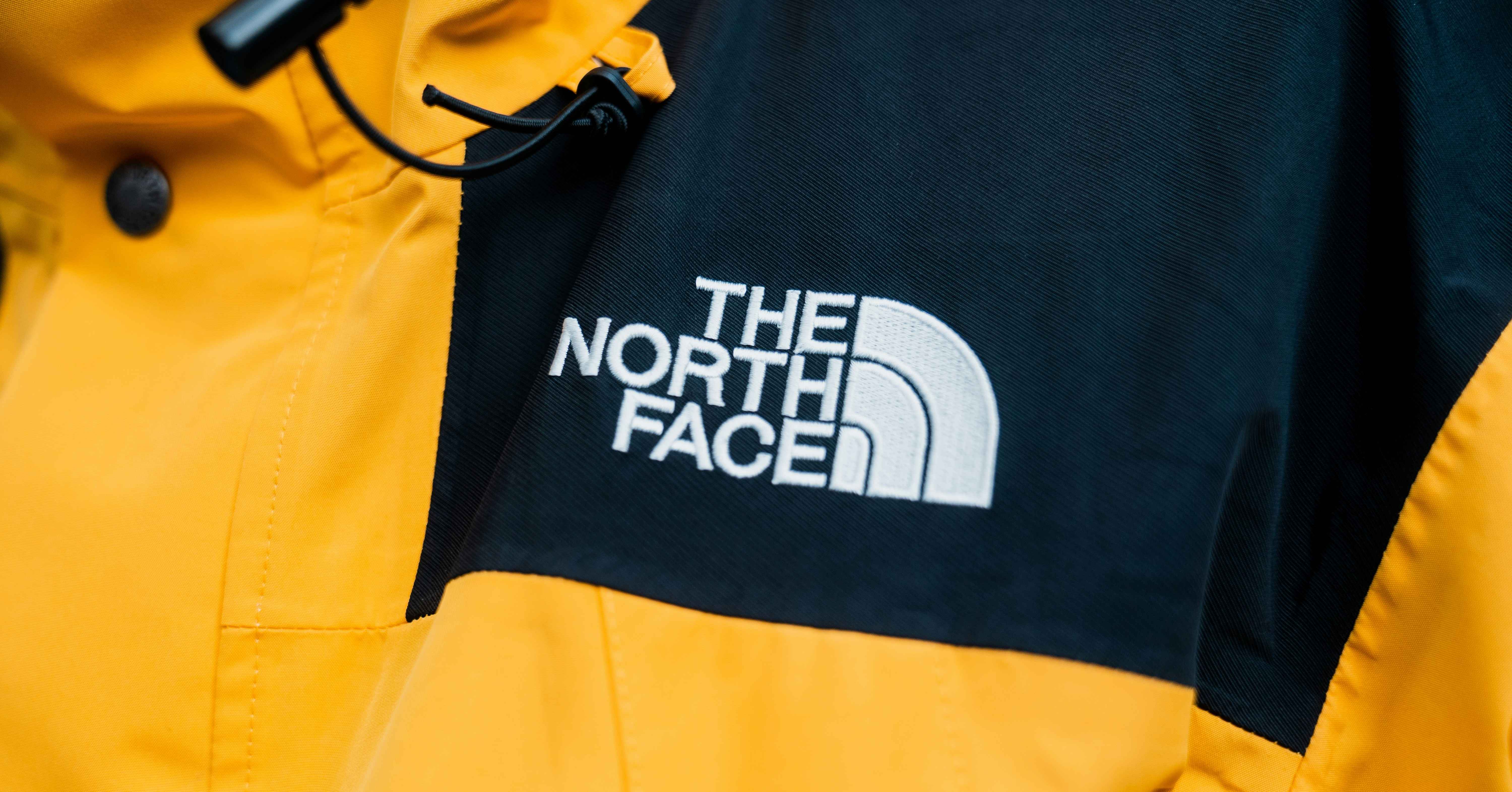
Fashion
The North Face clothing brand: Is it sustainable?
6 min read time
|
Apr 15, 2024
The North Face clothing brand is an instantly recognisable household name that's been a favourite...
Read more
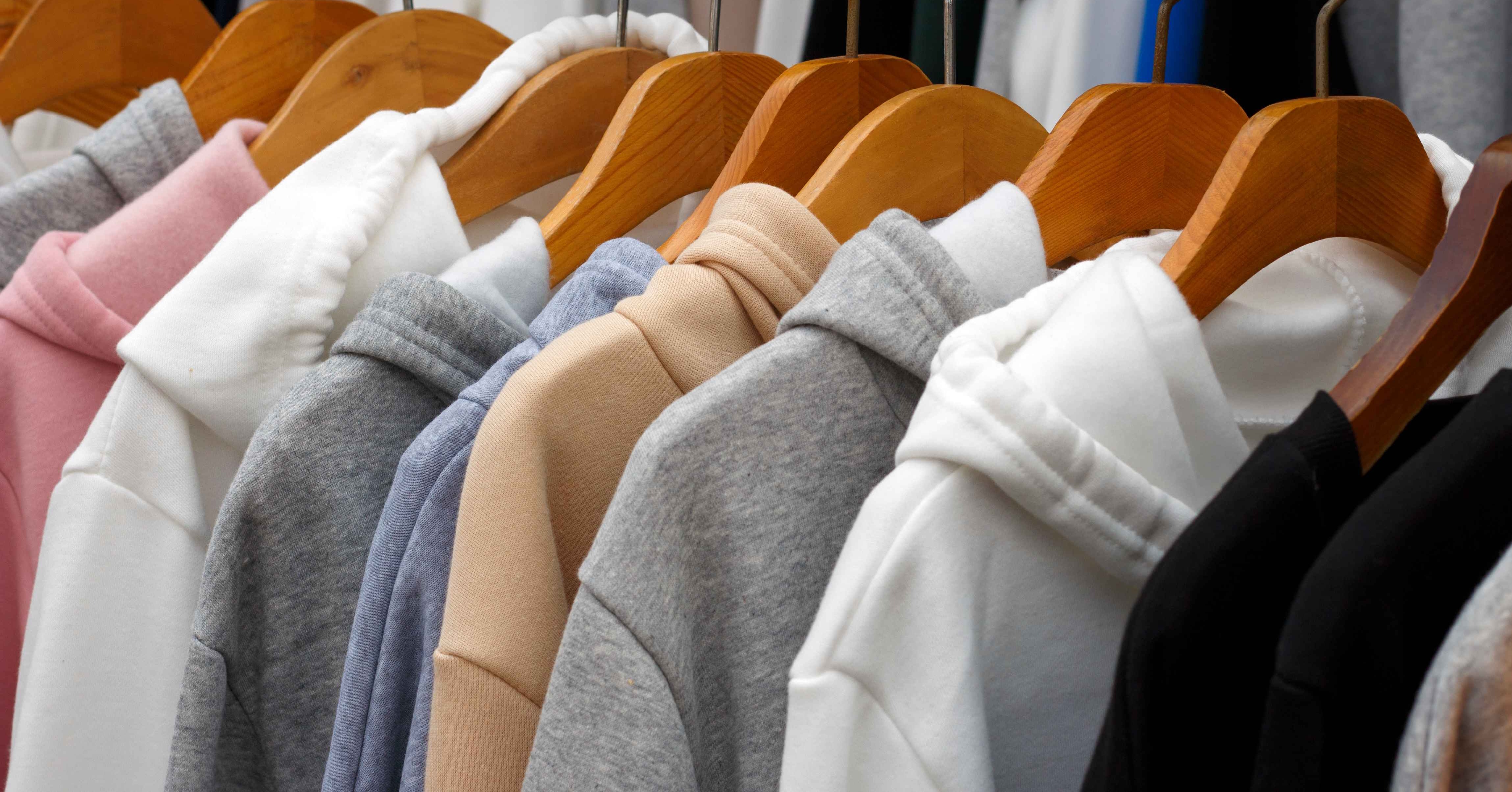
Sustainability
PANGAIA sustainability: Exploring the brand's credentials
5 min read time
|
Apr 4, 2024
PANGAIA's popularity has grown exponentially thanks to its fresh approach to apparel in a market...
Read more
.png)
recycled
What are the pros and cons of recycled polyester?
8 min read time
|
Mar 27, 2024
About 49% of the world’s clothing is made of polyester, and forecasts show this to nearly double by...
Read more
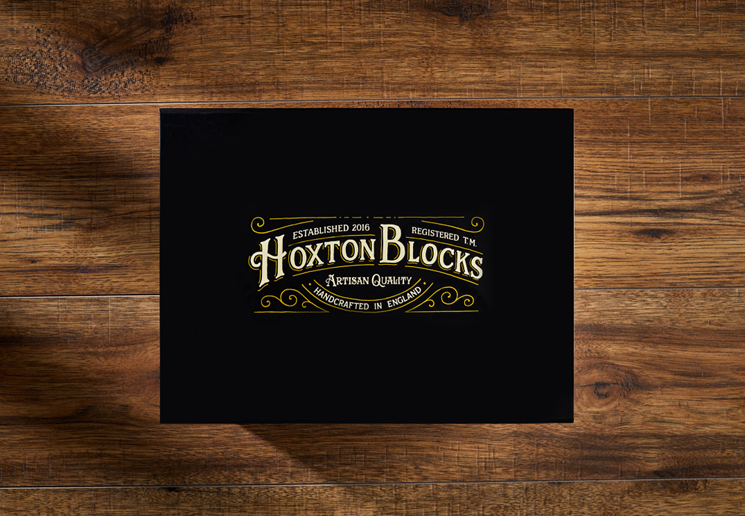
Branding
Your Product Packaging Terms and Glossary
7 min read time
|
Mar 18, 2024
Packaging is a crucial component in building a brand’s image and identity. Often, it can be the...
Read more

Sustainability
What is social sustainability and why is it on every company’s agenda?
3 min read time
|
Mar 5, 2024
Sustainability is a broad term that covers all kinds of areas, including society. But what is...
Read more

Sustainability
The evolution of consumer sustainability trends
4 min read time
|
Mar 4, 2024
Consumer attitudes towards sustainability have evolved as we’ve moved through the decades. From an...
Read more
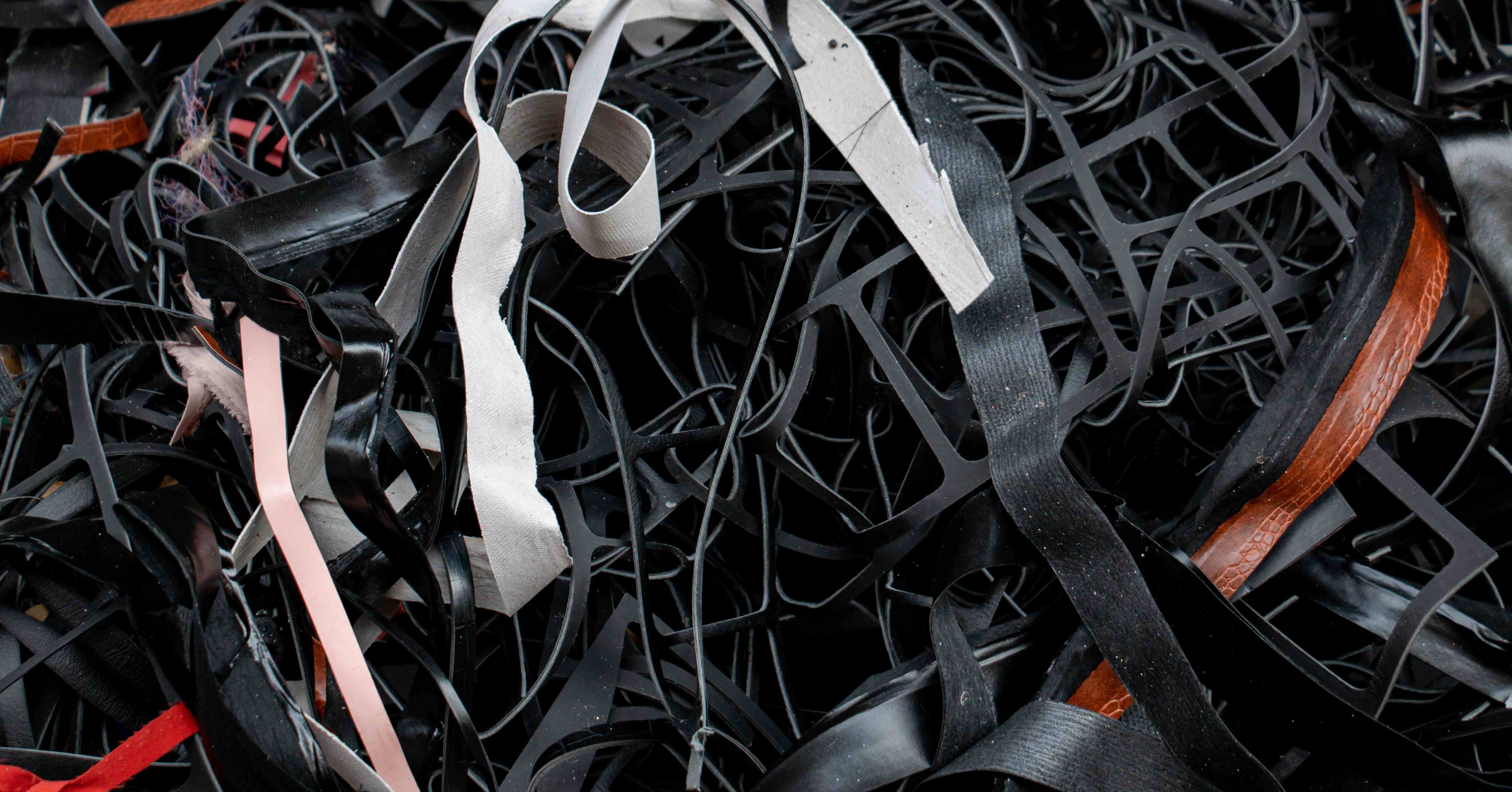
recycled
Sustainability focus: Recycled leather
4 min read time
|
Feb 26, 2024
As conscious consumerism continues to grow, sustainable materials are taking centre stage in the...
Read more
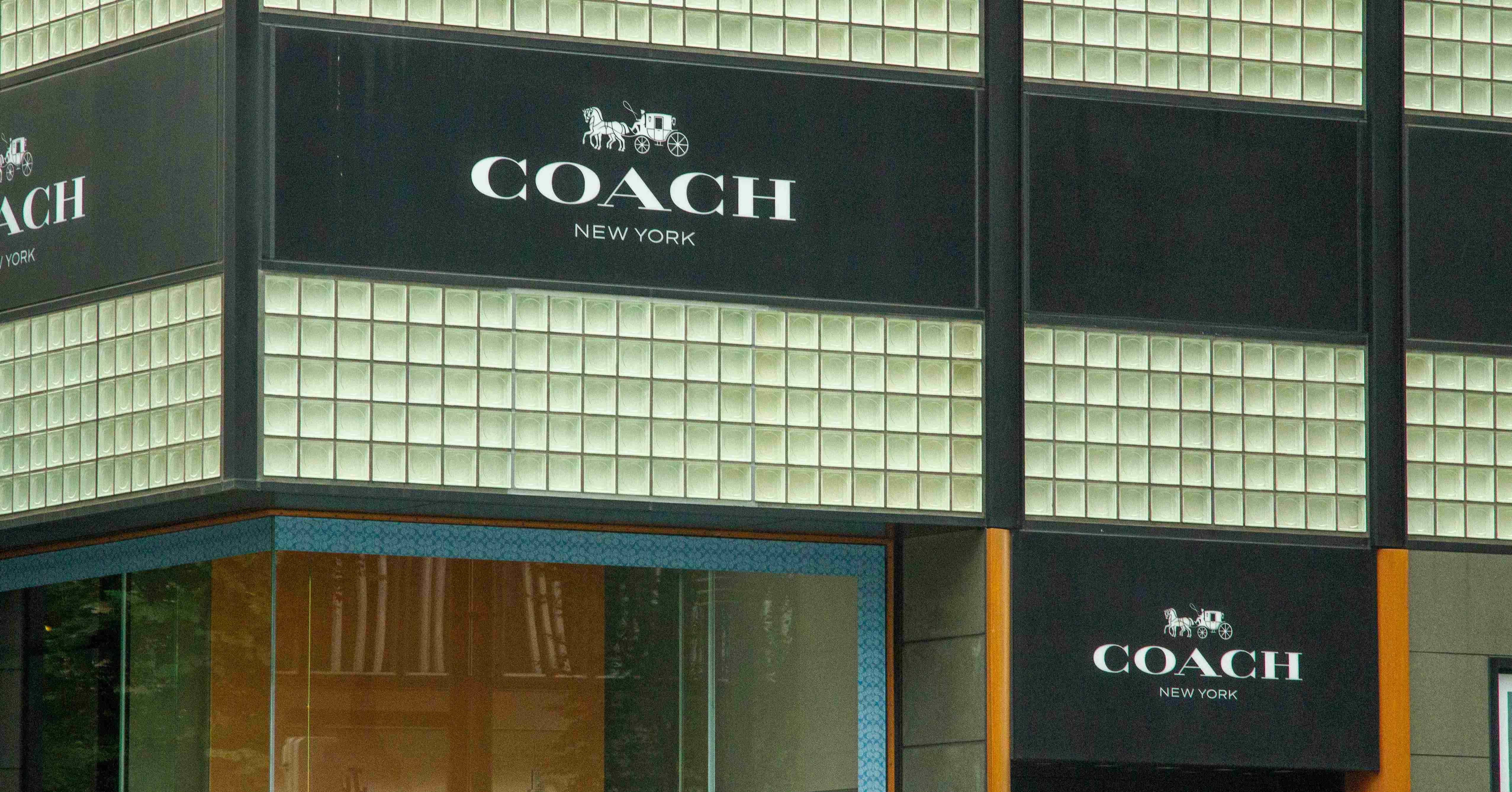
Fashion
Is Coach a luxury brand? Diversifying for the future consumer
6 min read time
|
Feb 5, 2024
It’s a brand that has been a staple in many wardrobes since it began in the 1940s. Today, it’s a...
Read more

Fashion
Sustainable development goals: How fashion plays its part
5 min read time
|
Jan 22, 2024
As the global climate crisis accelerates at an alarming rate, governing bodies and global...
Read more
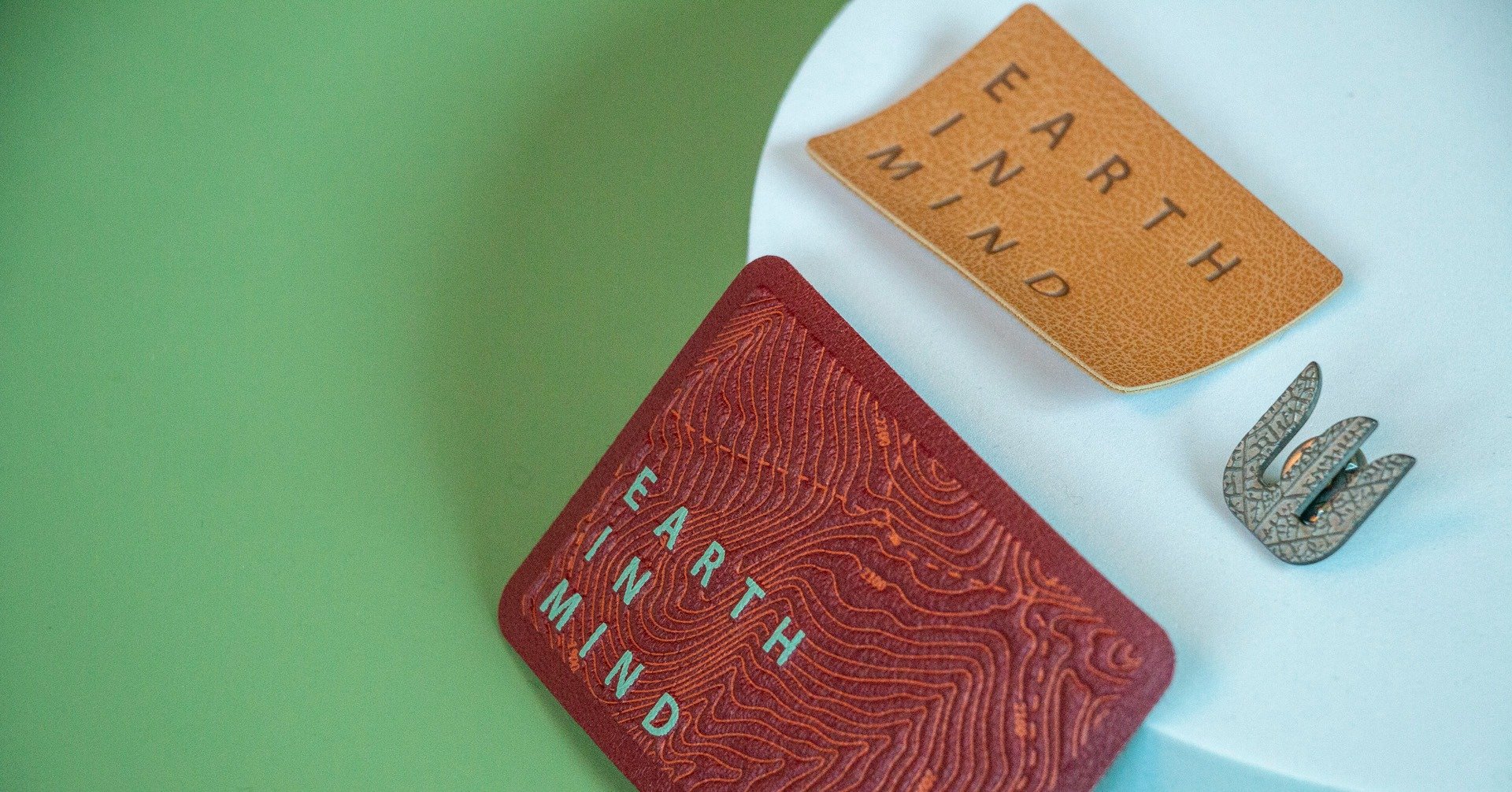
Sustainability
15+ sustainable fashion facts you need to know
6 min read time
|
Jan 15, 2024
As the climate crisis intensifies and consumers become increasingly eco-aware, the fashion...
Read more
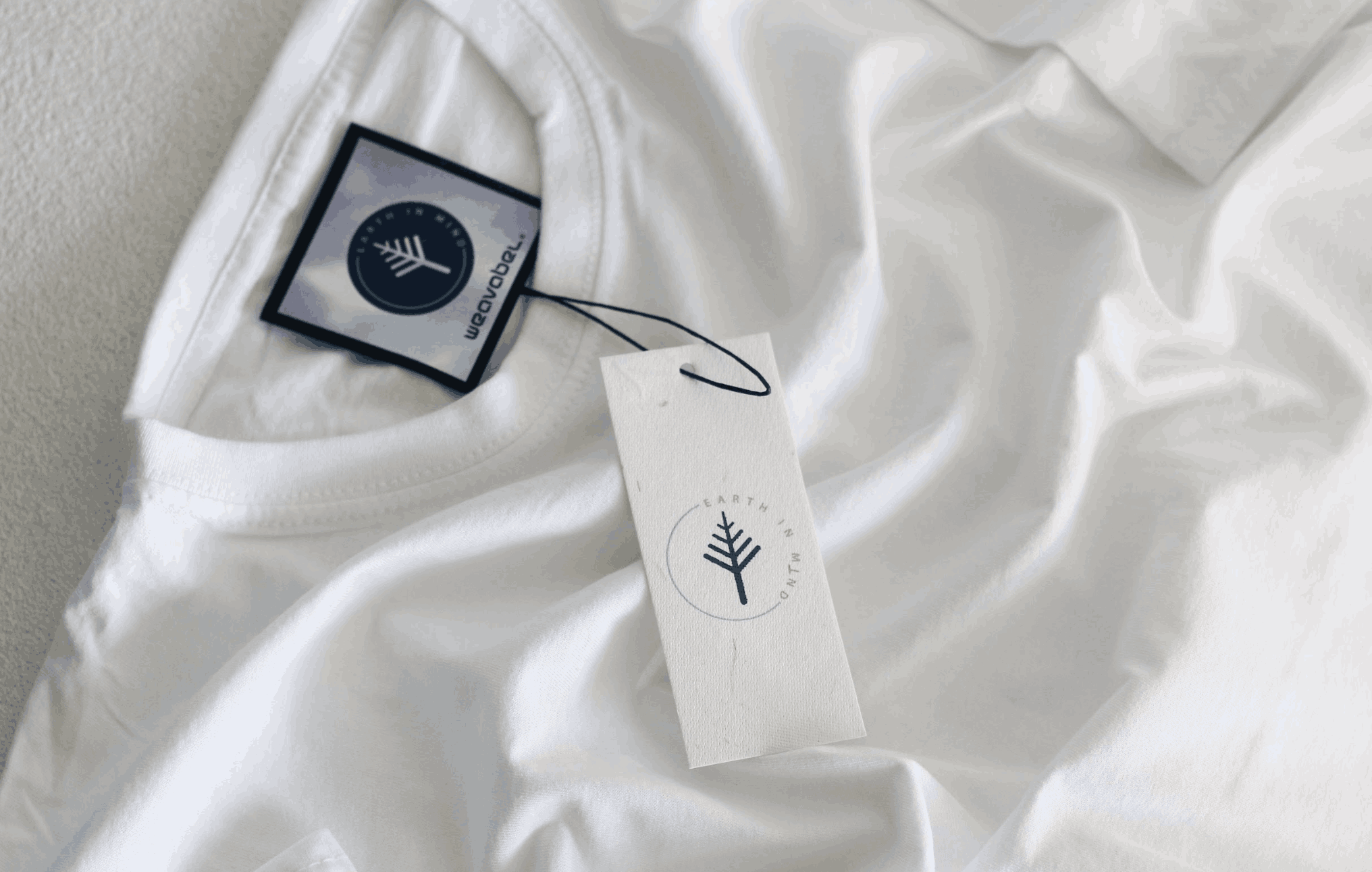
Packaging
What are bio-based materials for packaging and trims?
3 min read time
|
Dec 13, 2023
Materials are constantly evolving to plug gaps and offer eco-friendly alternatives to options we...
Read more
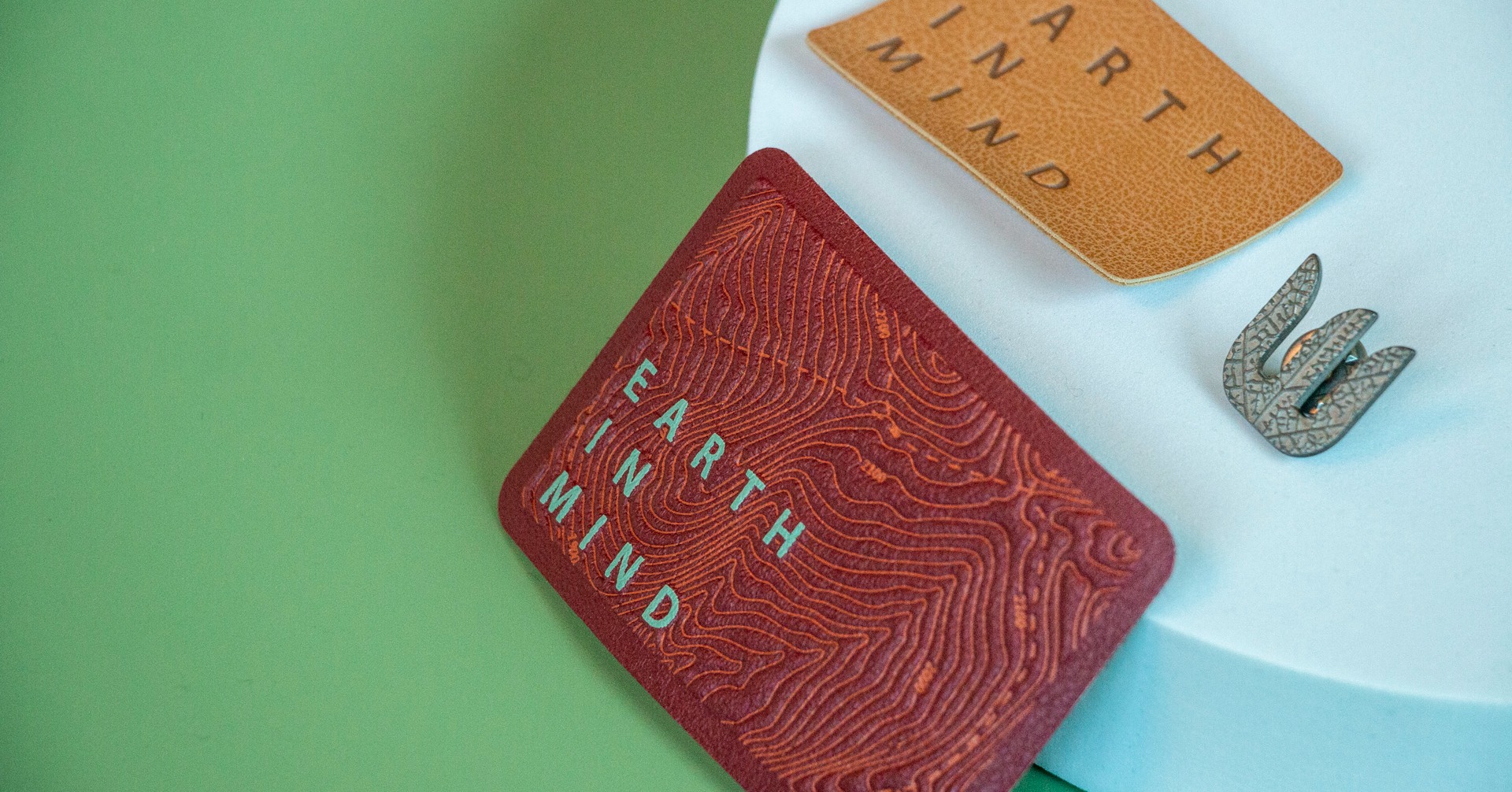
Branding
How to create a brand story with tailored trims
3 min read time
|
Dec 11, 2023
Creating a cohesive brand image is a task many businesses must face to stay competitive.
Read more

Packaging
Get ahead for next year with sustainable Christmas packaging
2 min read time
|
Dec 4, 2023
Amidst the celebrations of Christmas, there’s the growing and often overlooked concern about...
Read more
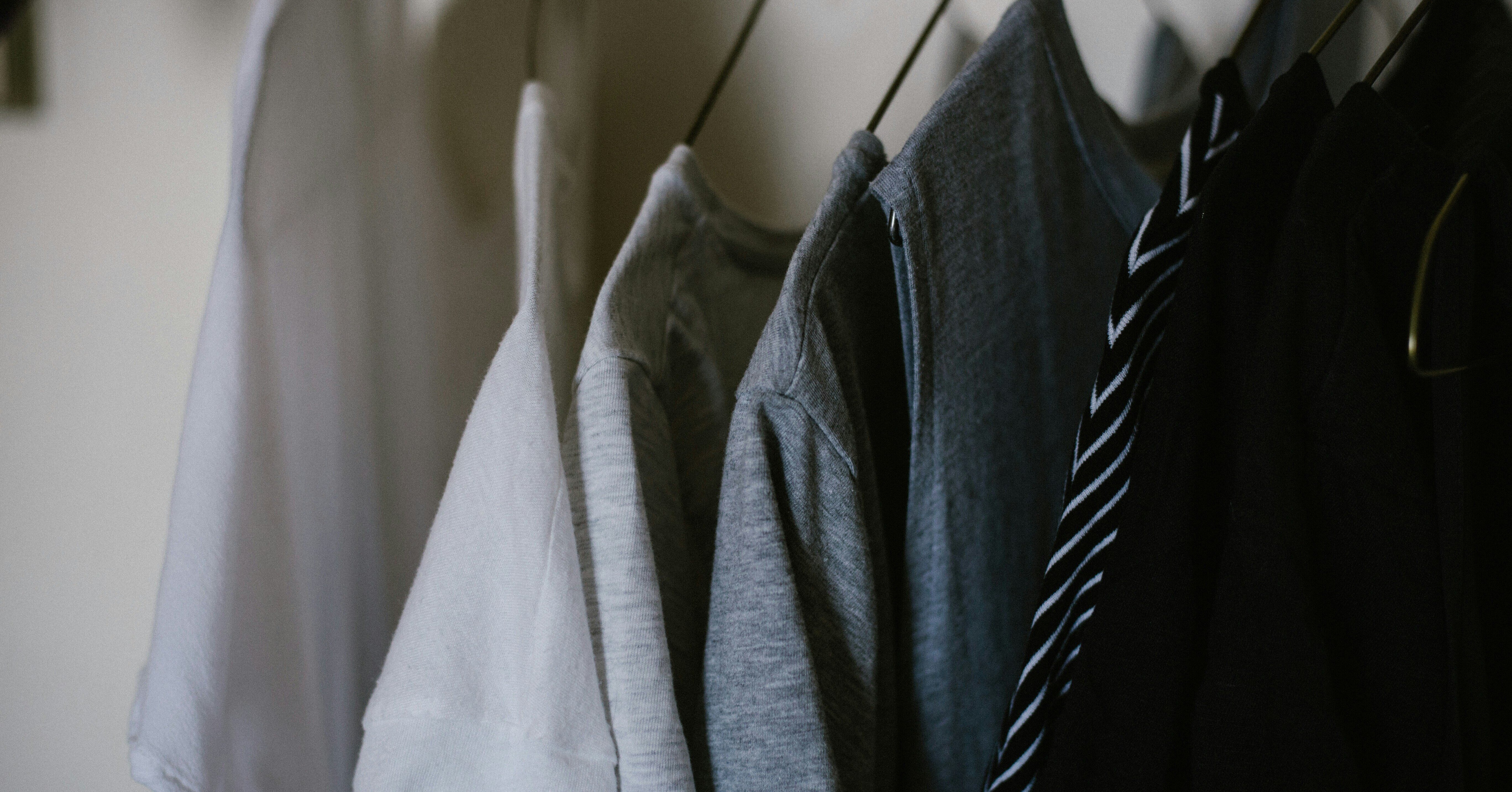
Sustainability
TALA sportswear: Sustainable sportswear from top to toe
5 min read time
|
Nov 27, 2023
Since its inception in May 2019, TALA has been making waves with its commitment to creating...
Read more
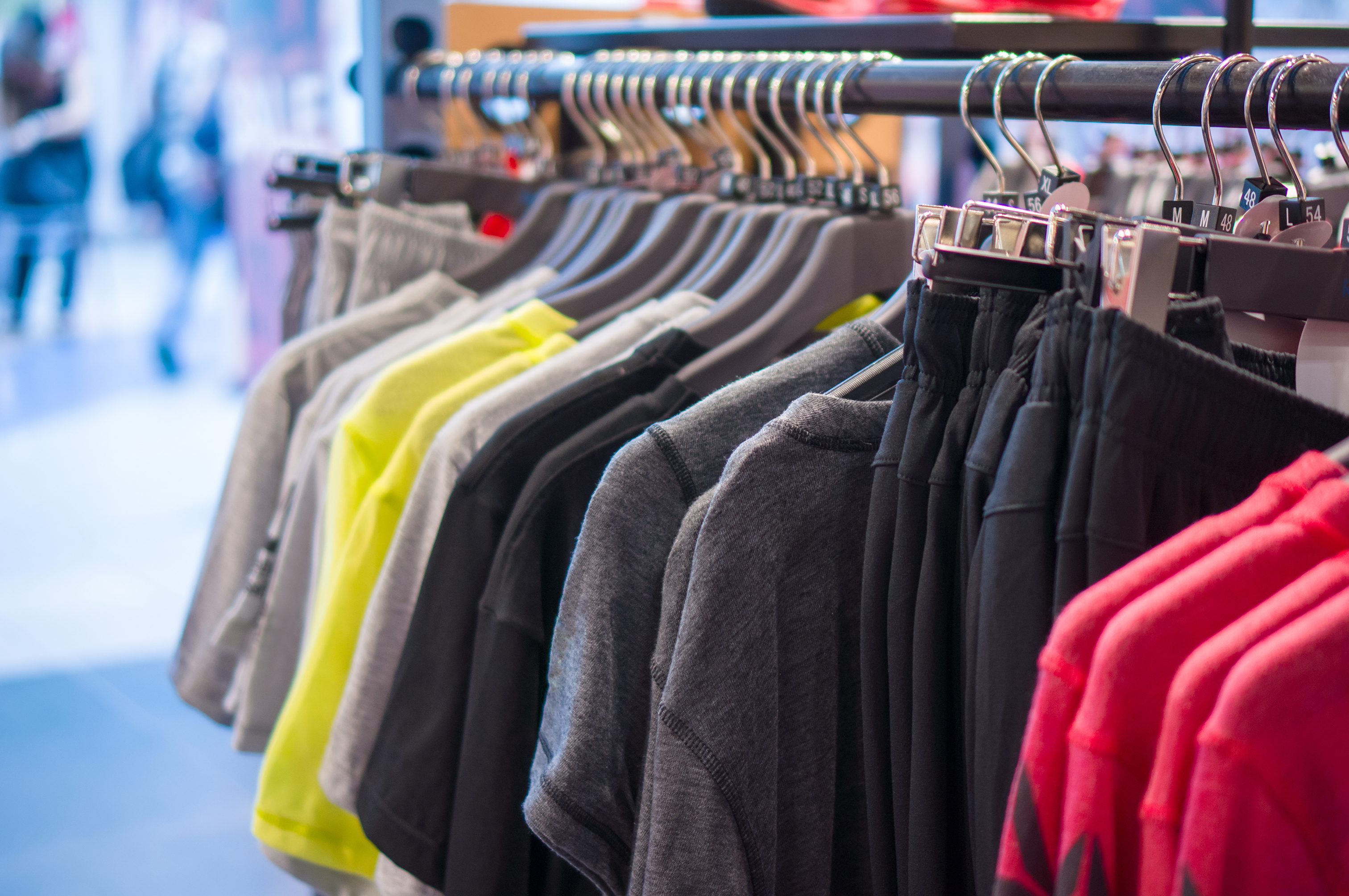
Sustainability
Is sustainability in sportswear possible?
5 min read time
|
Nov 20, 2023
Sustainability is a topic that no industry can escape. Consumers are becoming more aware,...
Read more

Sustainability
What is Oceans of Plastic and how does our ocean collection support?
3 min read time
|
Nov 13, 2023
Ocean plastic pollution is at its height. With over 80% of all marine pollution from plastic waste,...
Read more
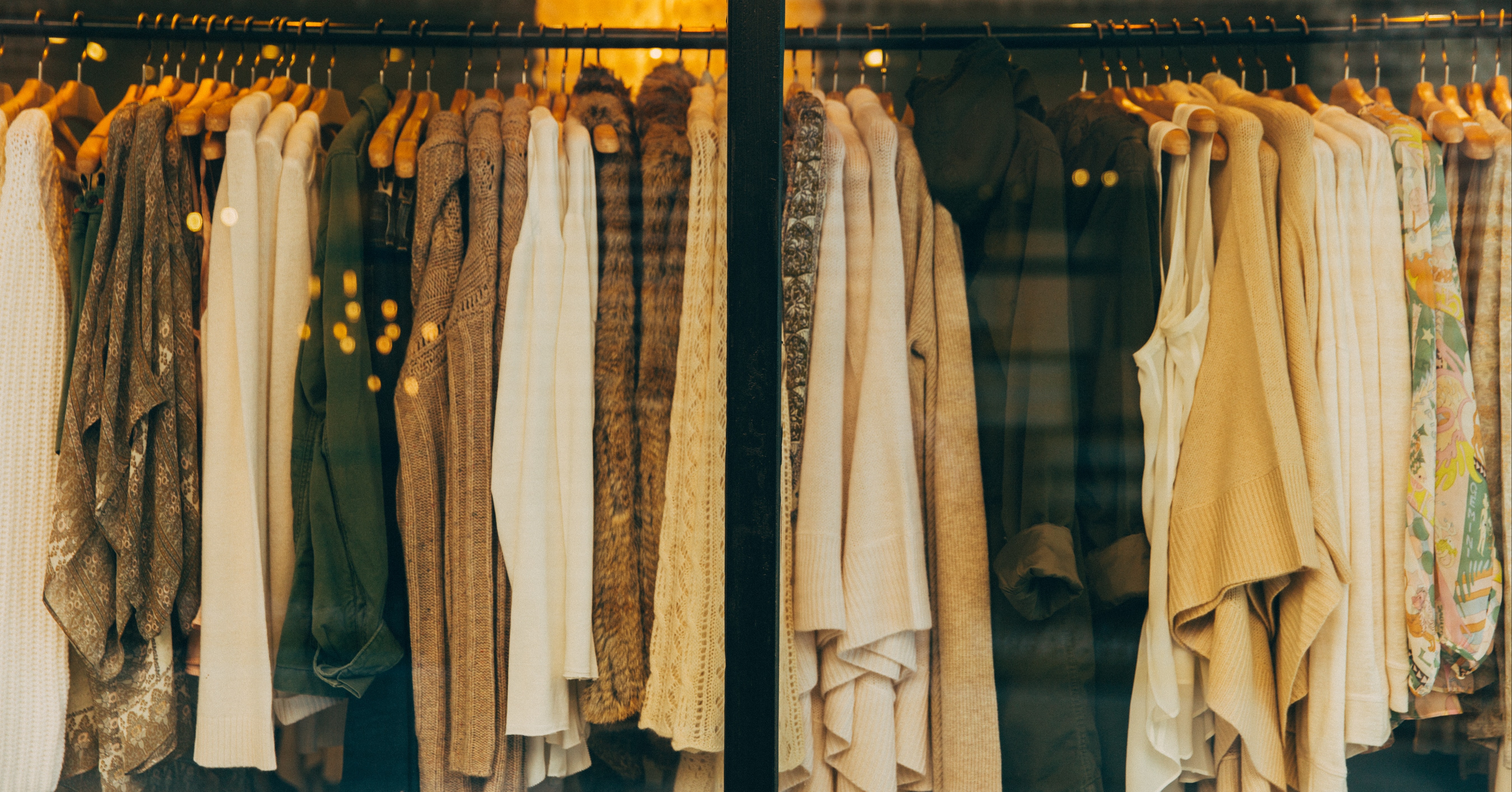
Eco-Friendly
What is sustainable fashion and how can your brand make the change?
8 min read time
|
Sep 18, 2023
Sustainable fashion is no longer a buzzword but a necessity in the fashion industry. As the amount...
Read more
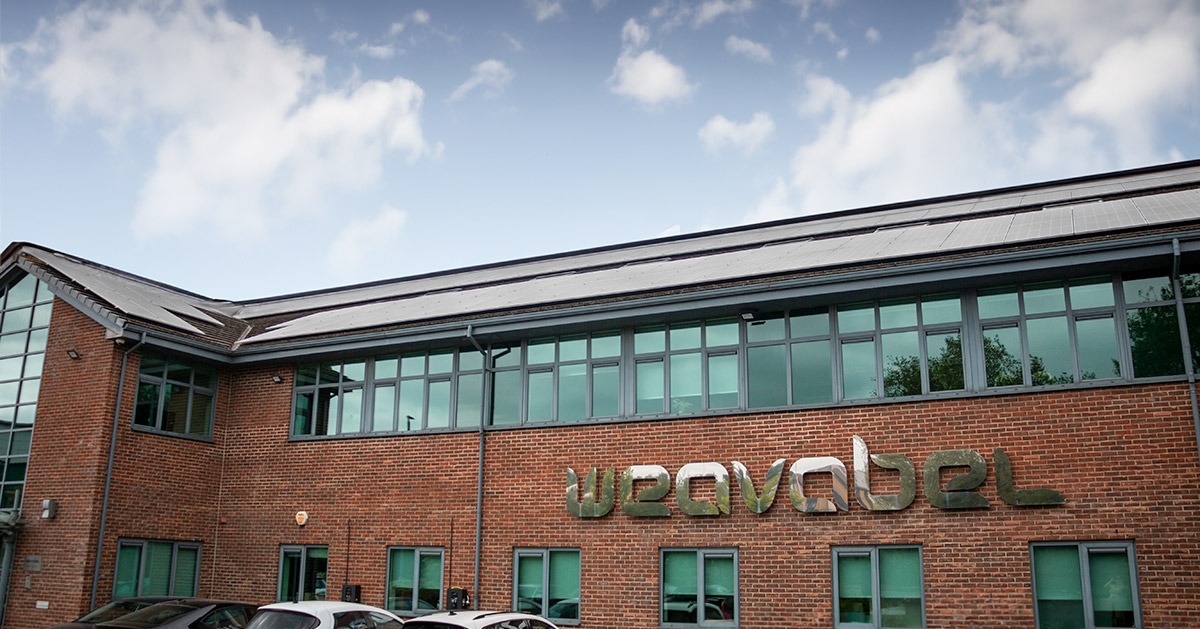
Garment Branding
7 reasons why you should work with Weavabel, a sustainable packaging supplier
6 min read time
|
Sep 4, 2023
We get it — looking for a new sustainable packaging supplier can be challenging. How can you be...
Read more
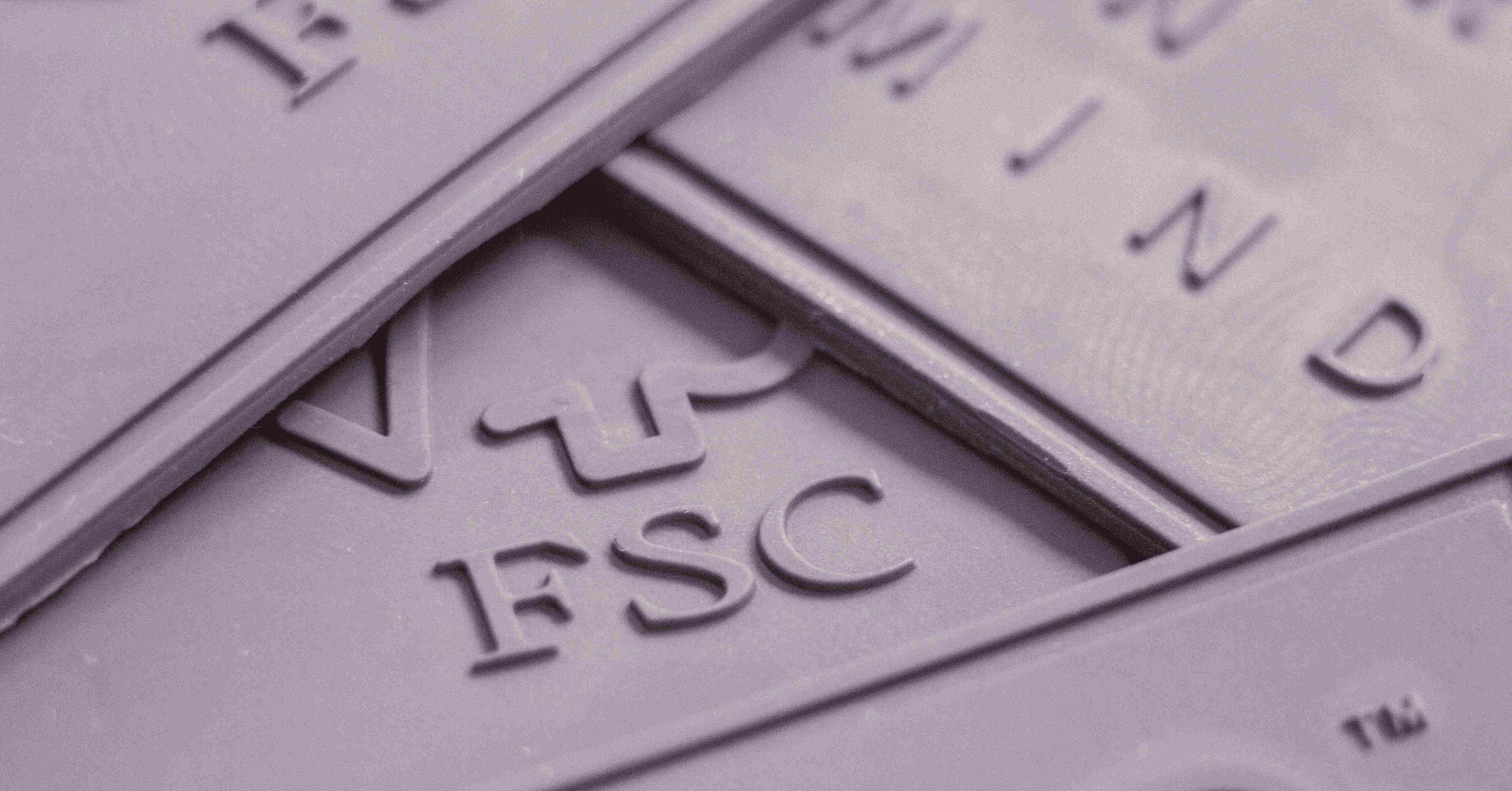
Sustainability
Our sustainability certifications: What they are and why we have them
5 min read time
|
Aug 14, 2023
Sustainability certifications are the difference between saying something is sustainable and...
Read more
.jpeg)
Sustainability
Sustainable fashion materials: Do they exist?
6 min read time
|
Aug 7, 2023
Up to 100 billion garments are produced every year. Even more shocking is that 92 million tonnes of...
Read more
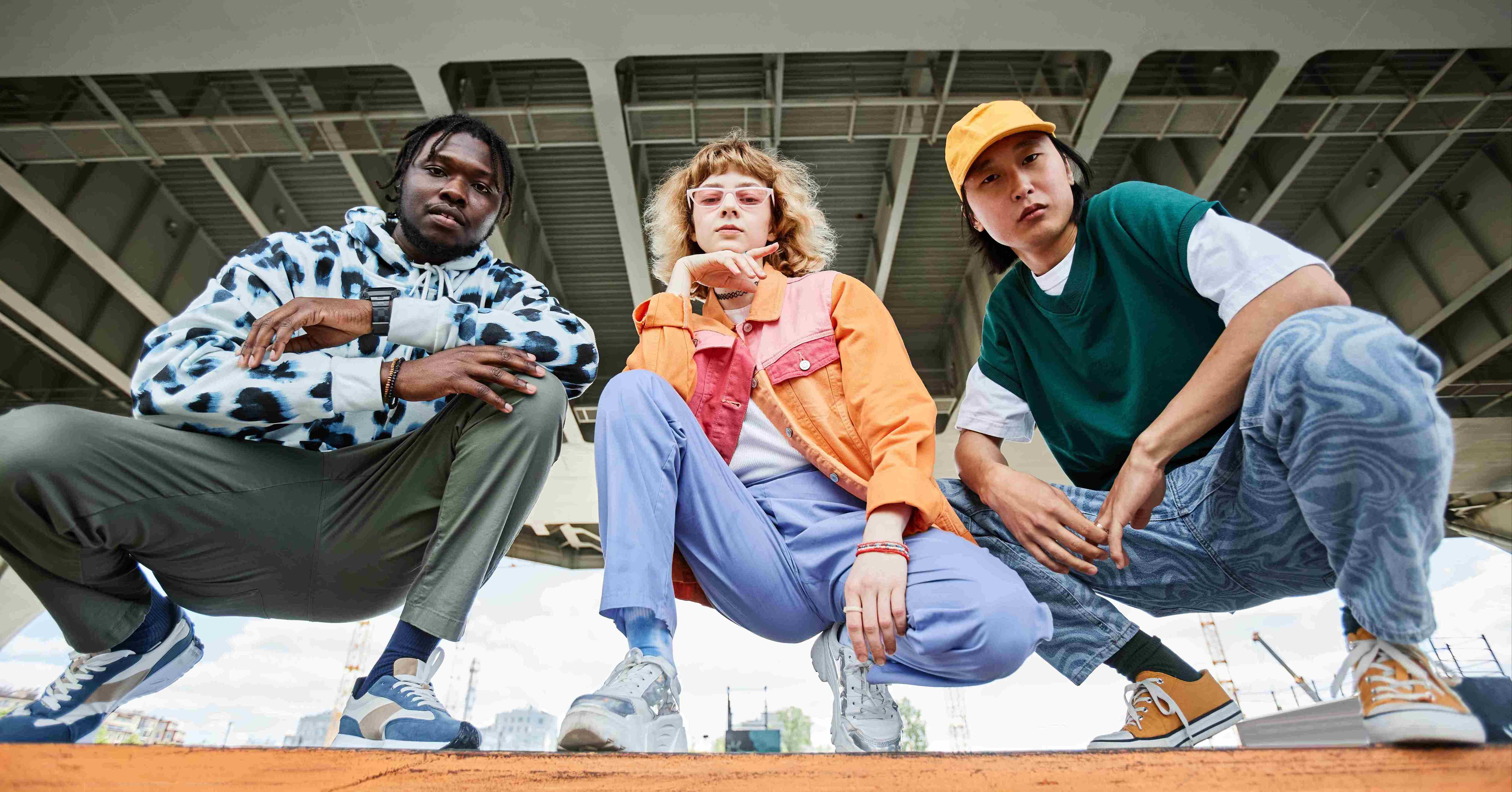
Fashion
8 sustainable streetwear brands to watch
9 min read time
|
Aug 1, 2023
We’re all familiar with the impact the fashion industry has on the environment and the streetwear...
Read more
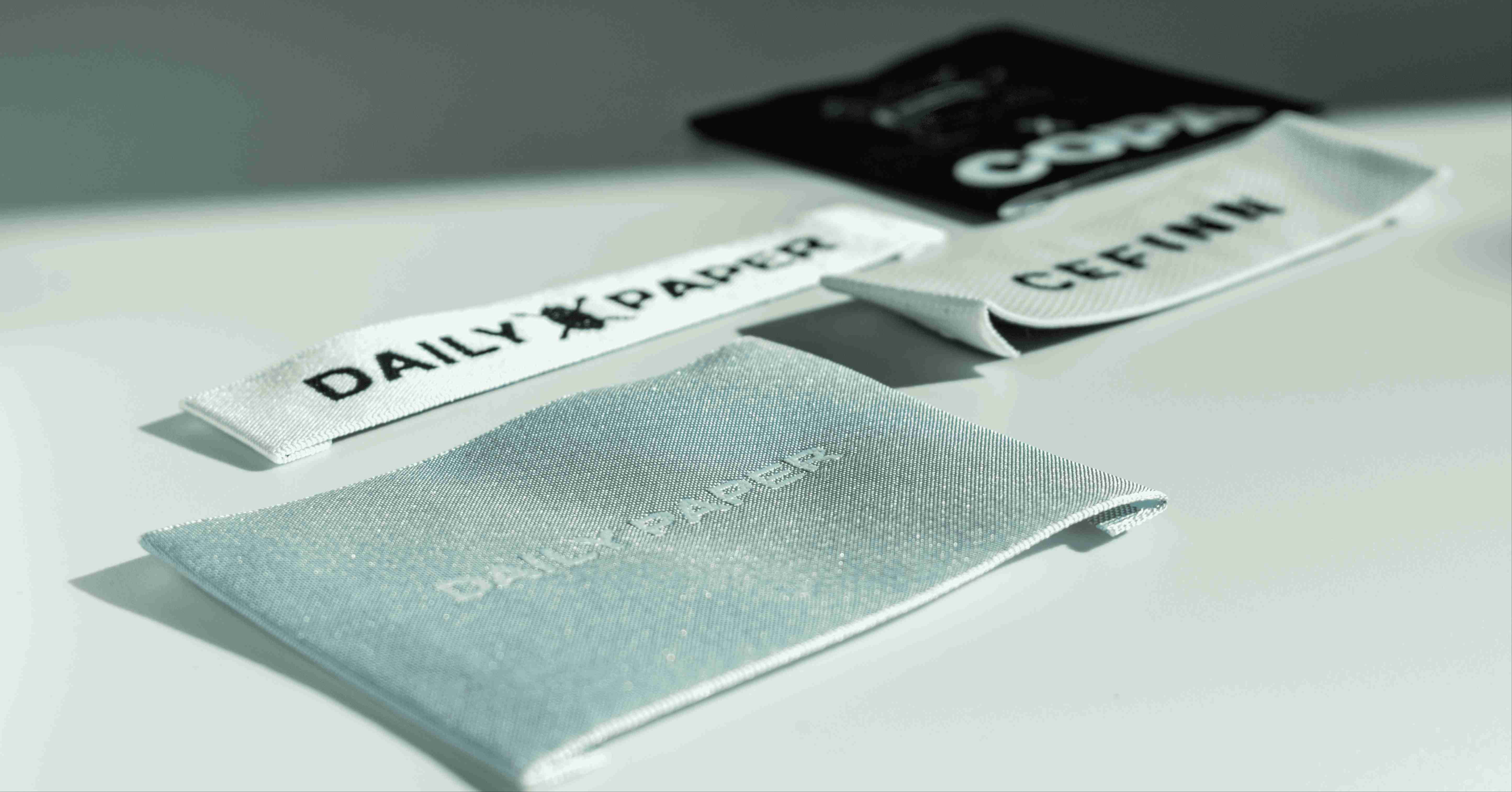
Branding
How we develop custom trims and packaging that enhance your product
4 min read time
|
Jun 12, 2023
Considering 50% of shoppers will recommend your product if it comes in branded packaging, we’d say...
Read more
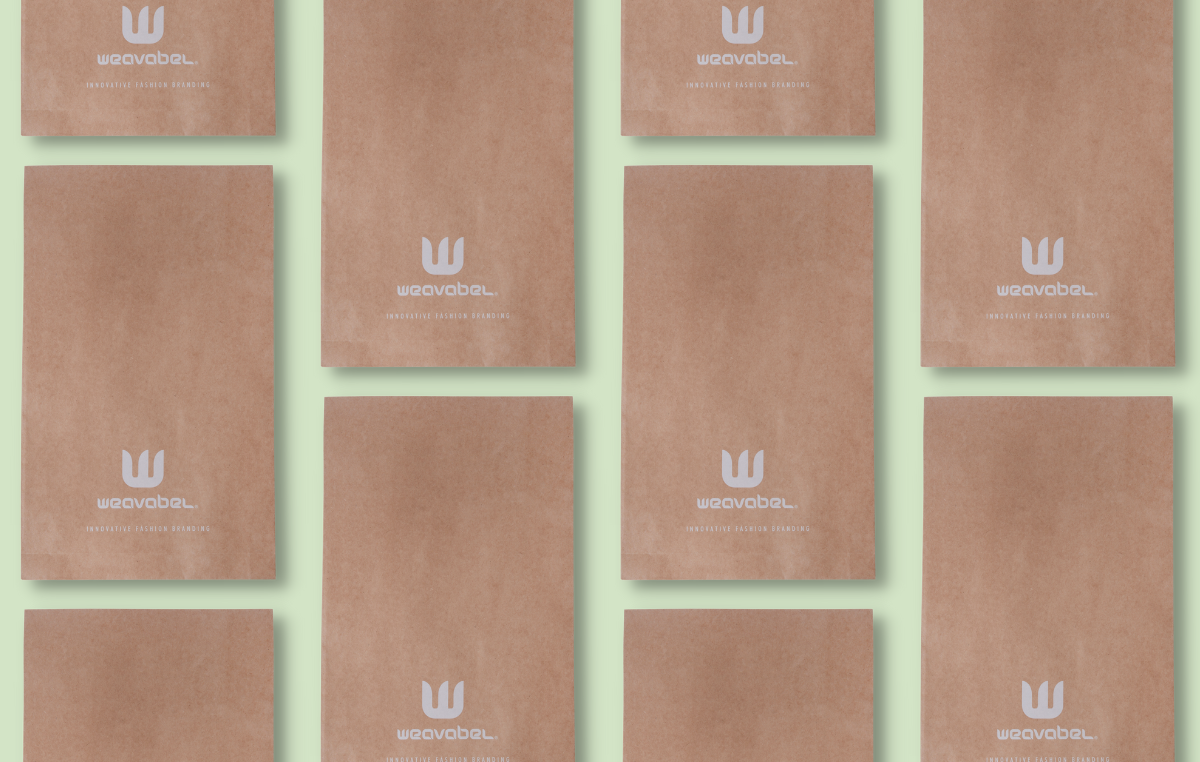
Packaging Ideas
How Packaging and Supply Chain Unlock Sustainability
6 min read time
|
Feb 13, 2023
Governments across the globe are signing legislation promising to battle climate change, reduce...
Read more
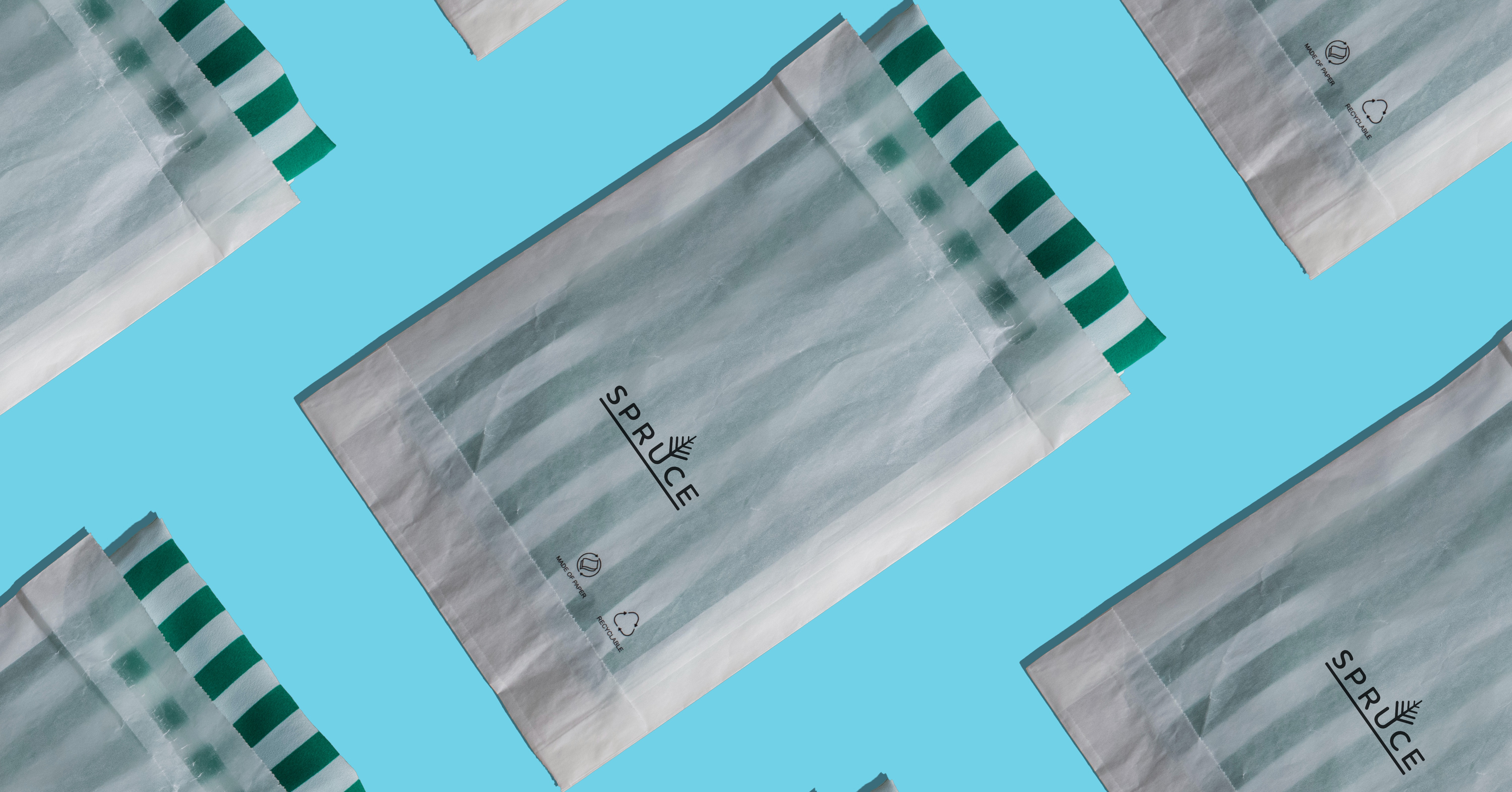
Eco-Friendly
The Eco-Friendly Alternatives to Poly Bags
5 min read time
|
Feb 6, 2023
As sustainability goes under the microscope, all eyes are on the fashion, eCommerce and retail...
Read more
.png)
Packaging Ideas
7 Eco-Friendly Packaging Ideas for 2023
5 min read time
|
Feb 3, 2023
As we enter another year, sustainability is more important than ever. However, for many fashion,...
Read more
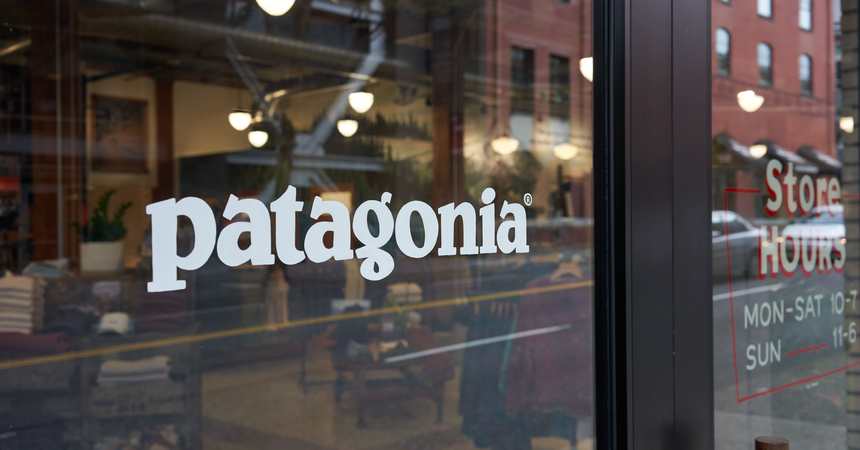
Fashion
Is Patagonia a ‘Good’ Brand? The Fight for Feel-Good Consumerism
12 min read time
|
Jan 30, 2023
When the words ‘sustainable fashion’ are mentioned, more often than not, Patagonia is one of the...
Read more

Luxury
How to Market Luxury Products — 8 Secrets for Success
7 min read time
|
Dec 12, 2022
As the abundance of luxury products increases and maintaining customer loyalty becomes a constant...
Read more
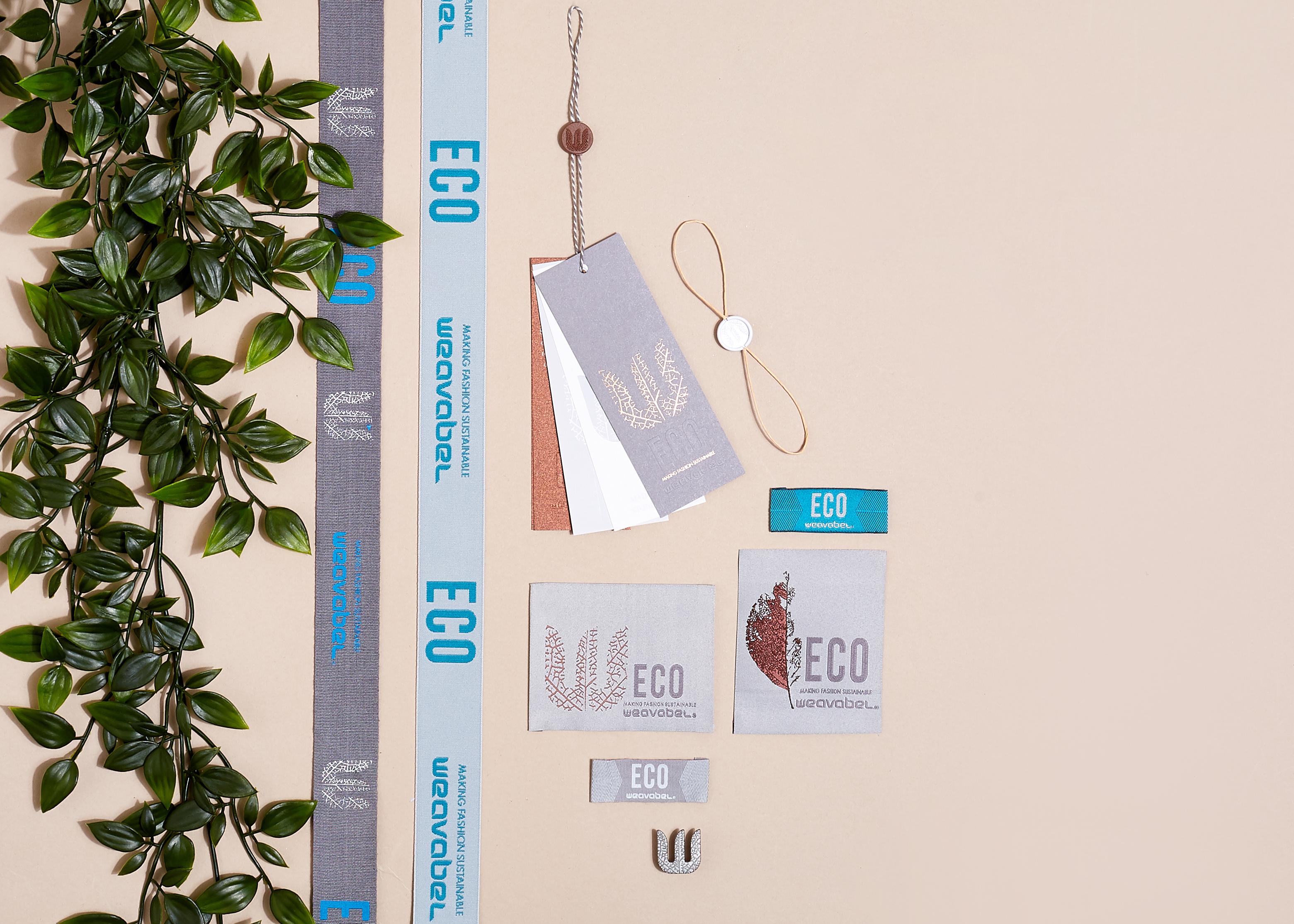
Packaging
How to Launch a Luxury Brand and Cut Through the Noise
4 min read time
|
Dec 2, 2022
In today's overcrowded marketplace, launching a brand with impact can be challenging, particularly...
Read more
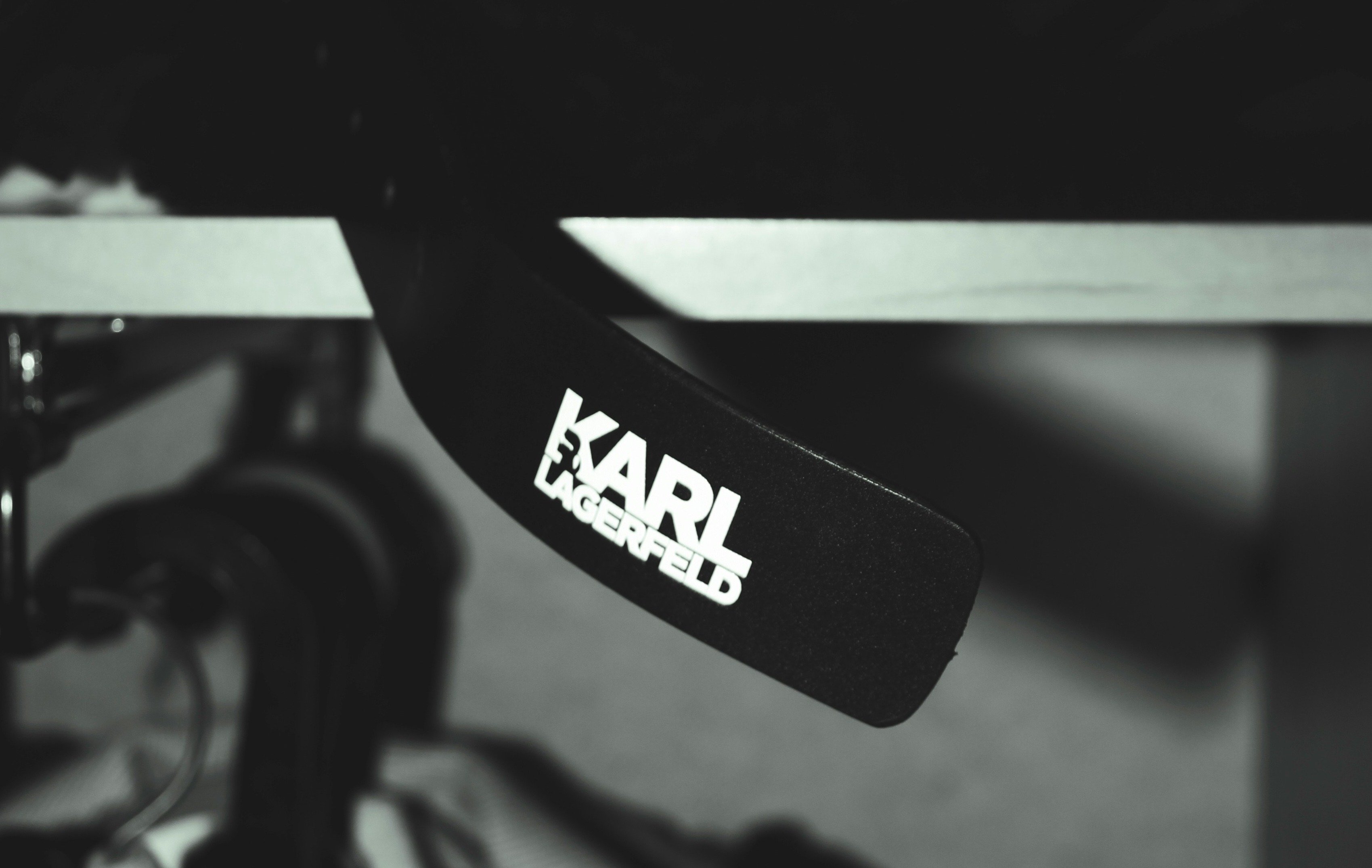
Luxury
Is Karl Lagerfeld Paris a luxury brand?
6 min read time
|
Nov 15, 2022
Karl Lagerfeld is one of the most recognisable names in the fashion sphere. Iconic for heading up...
Read more
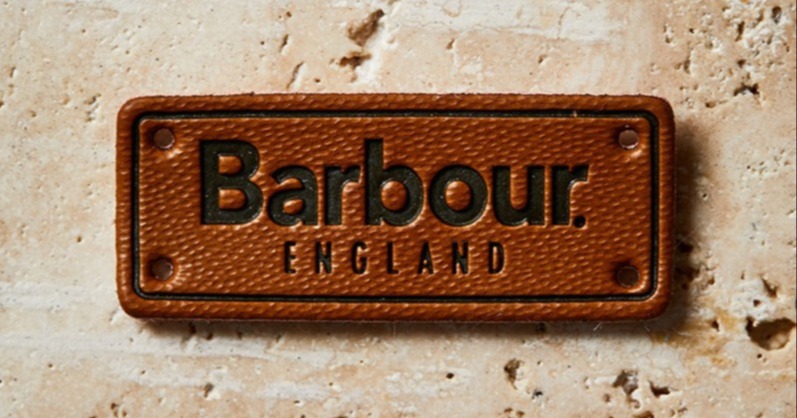
Fashion
Is Barbour a luxury brand?
5 min read time
|
Nov 1, 2022
For over a century, Barbour has been an instantly recognisable British brand that’s got a luxury...
Read more
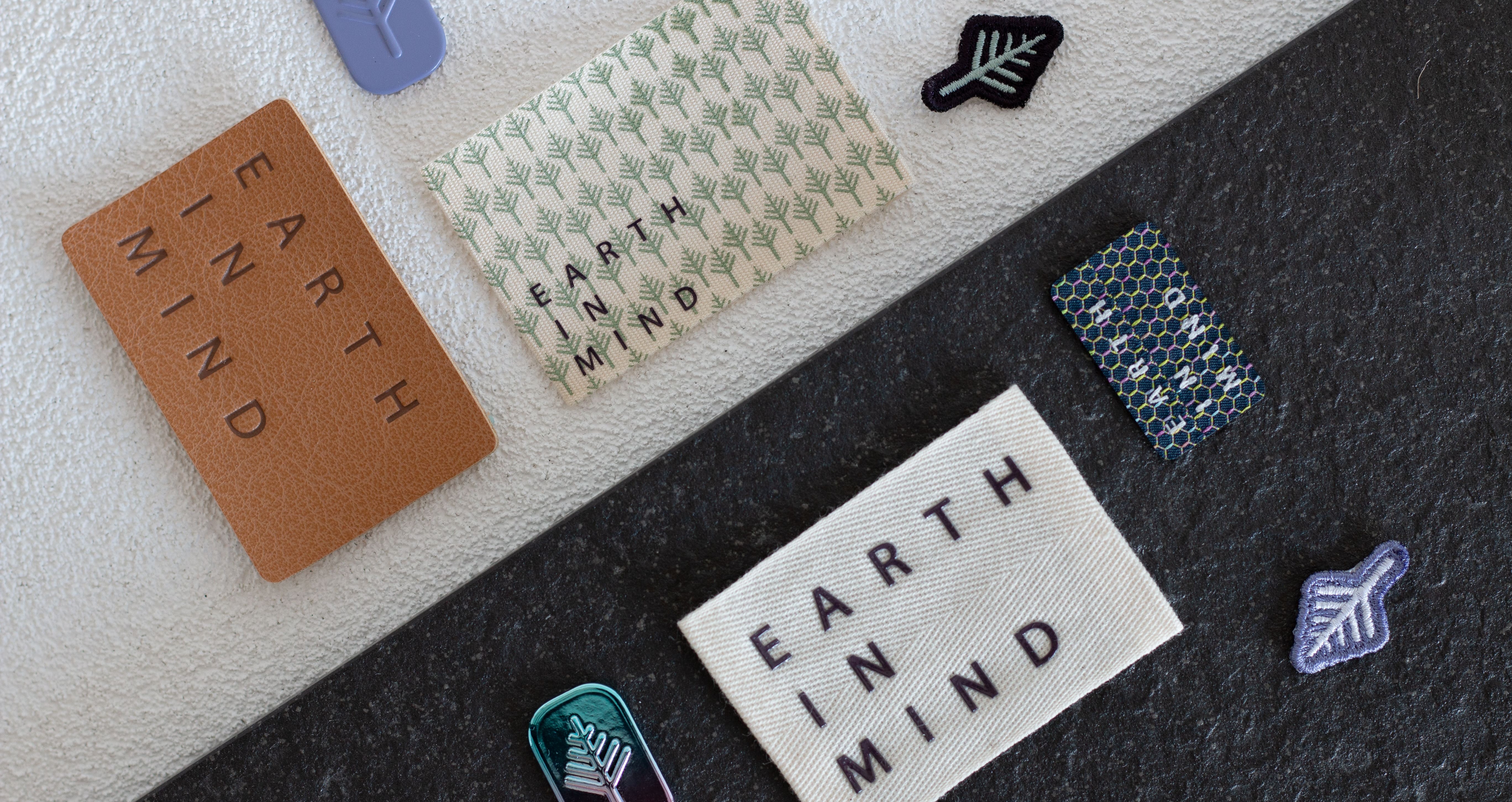
Eco-Friendly
The Earth in Mind Collection: Our most eco-friendly collection to date
2 min read time
|
Oct 12, 2022
The global fashion industry creates 10% of all greenhouse gas emissions, with a truckload of...
Read more
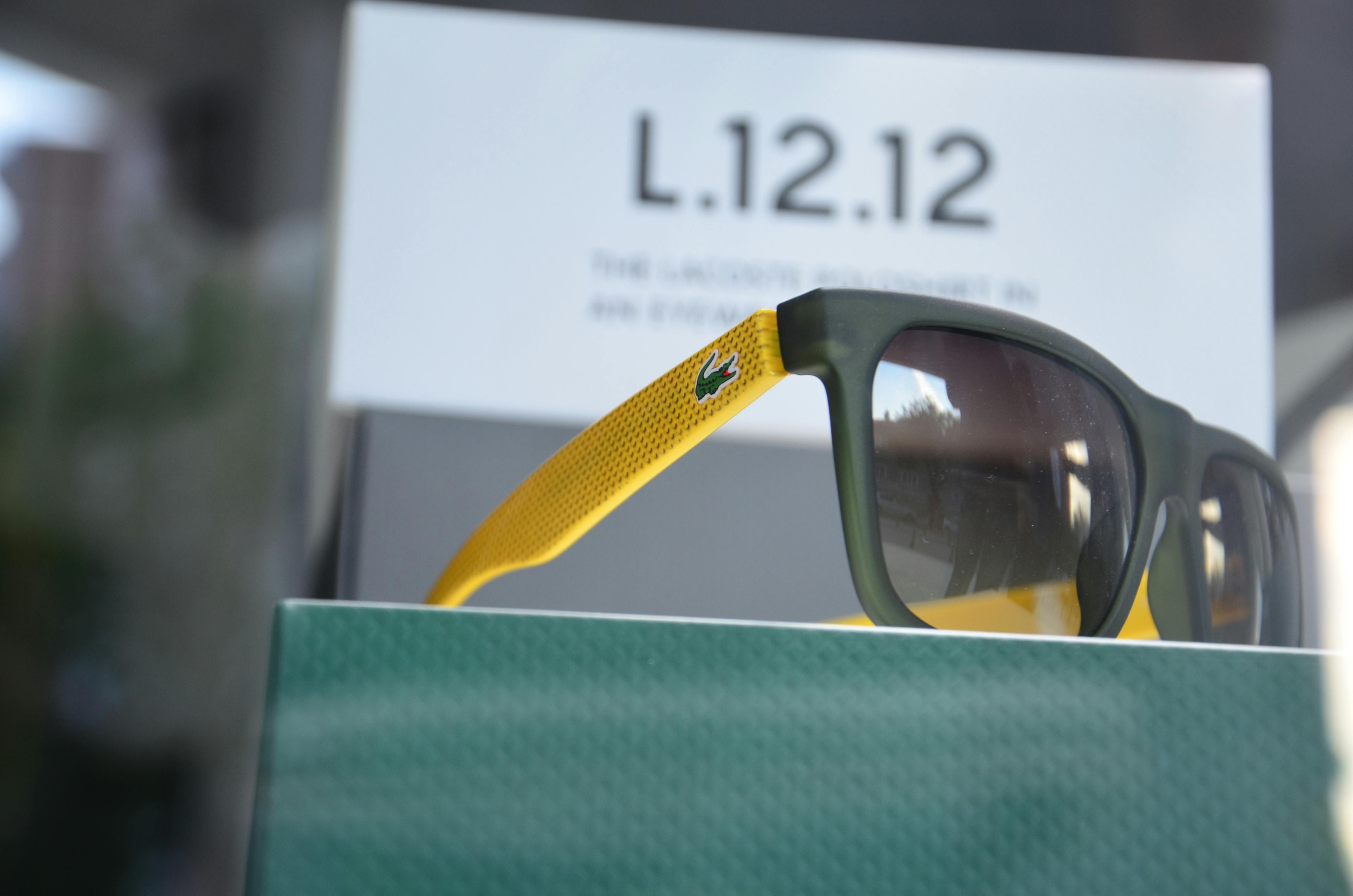
Fashion
Is Lacoste a luxury brand?
5 min read time
|
Oct 10, 2022
Lacoste is an instantly recognisable brand name. Steeped in history, this iconic French brand has...
Read more
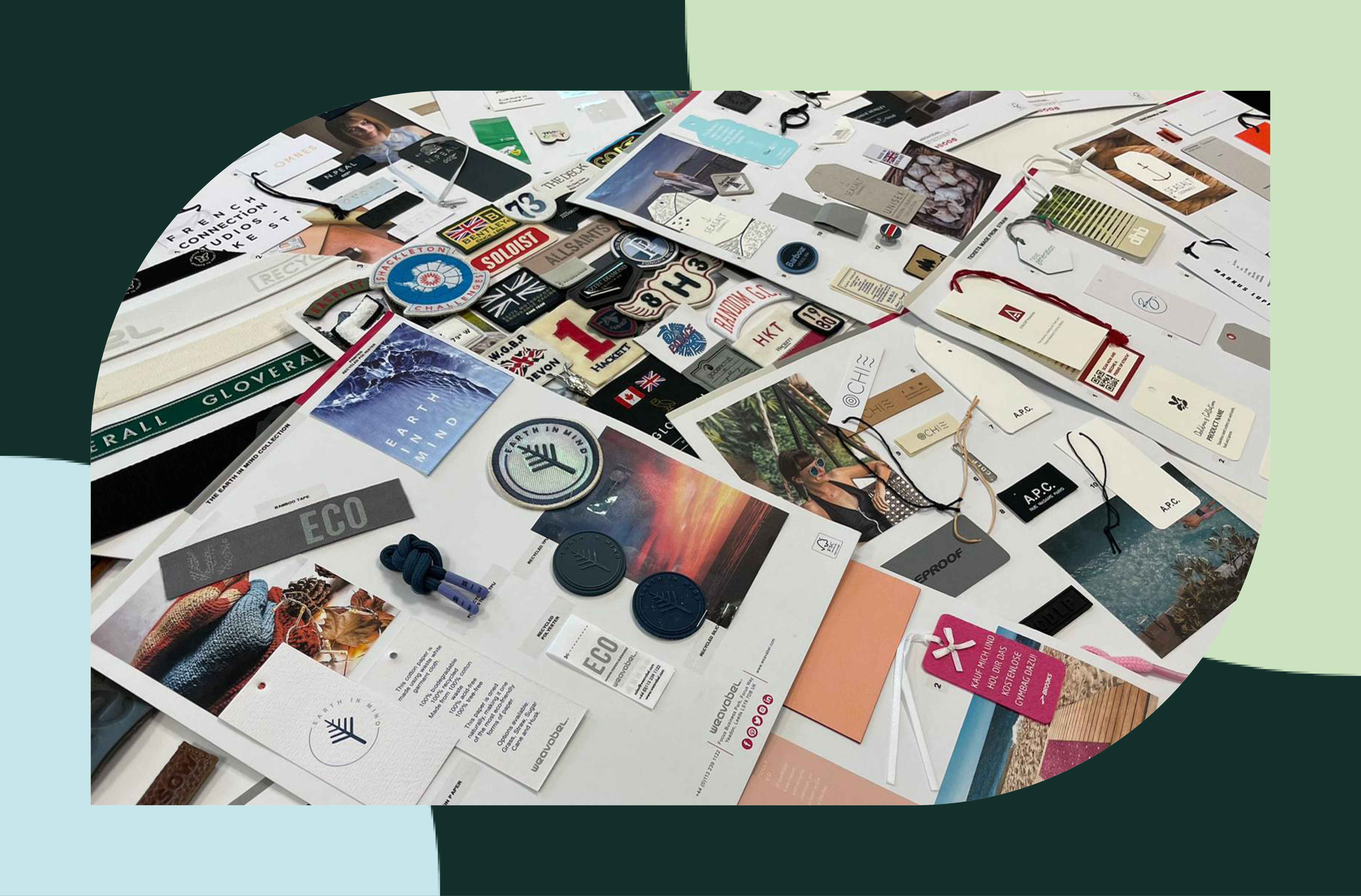
Fashion
Why ‘Luxury’ Doesn’t Mean the Same Thing to Modern Consumers
4 min read time
|
Oct 3, 2022
Luxury is a word we’re all familiar with, yet it means many different things to different people....
Read more
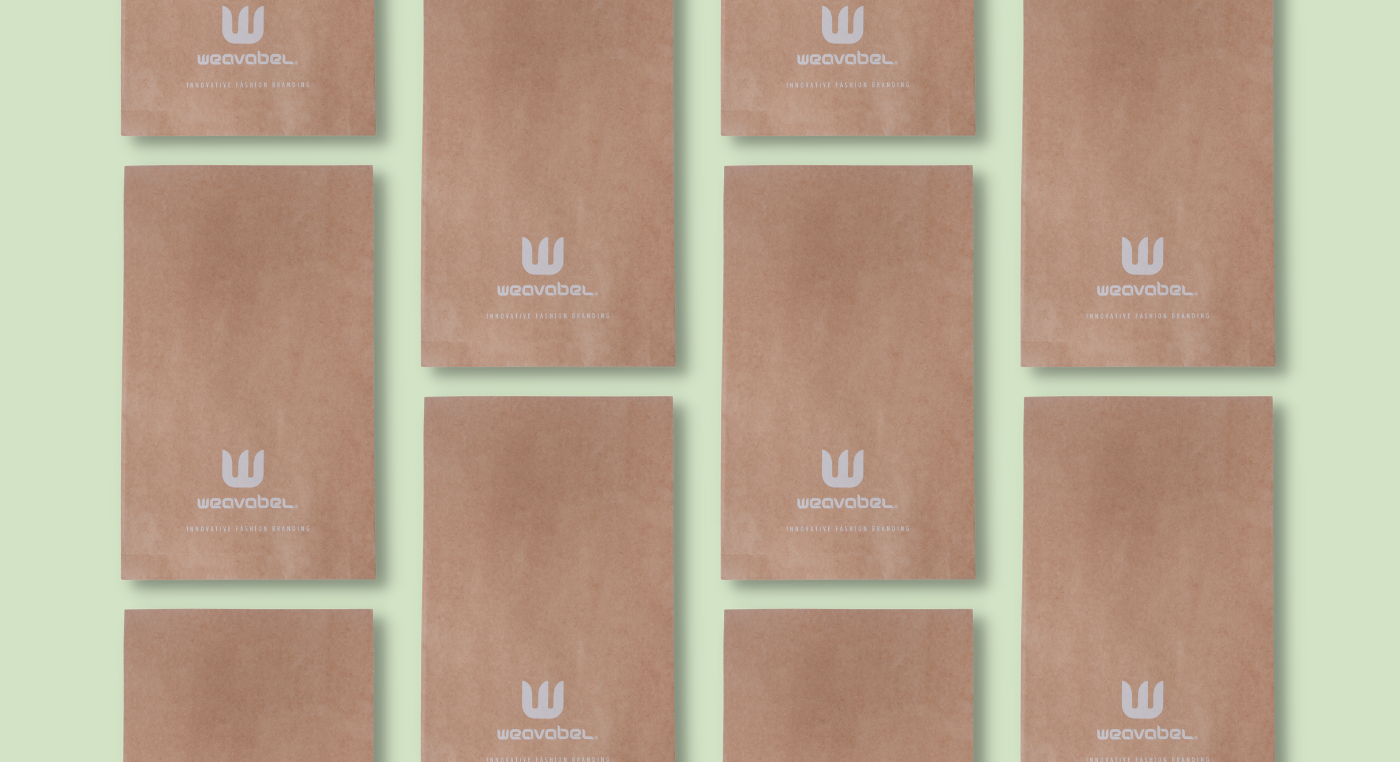
Packaging Ideas
E-commerce Packaging Trends That Can Increase Online Orders
5 min read time
|
Sep 5, 2022
In 2021, e-commerce revenue in the UK reached £129 billion, up 15% from 2020, with 64% of online...
Read more
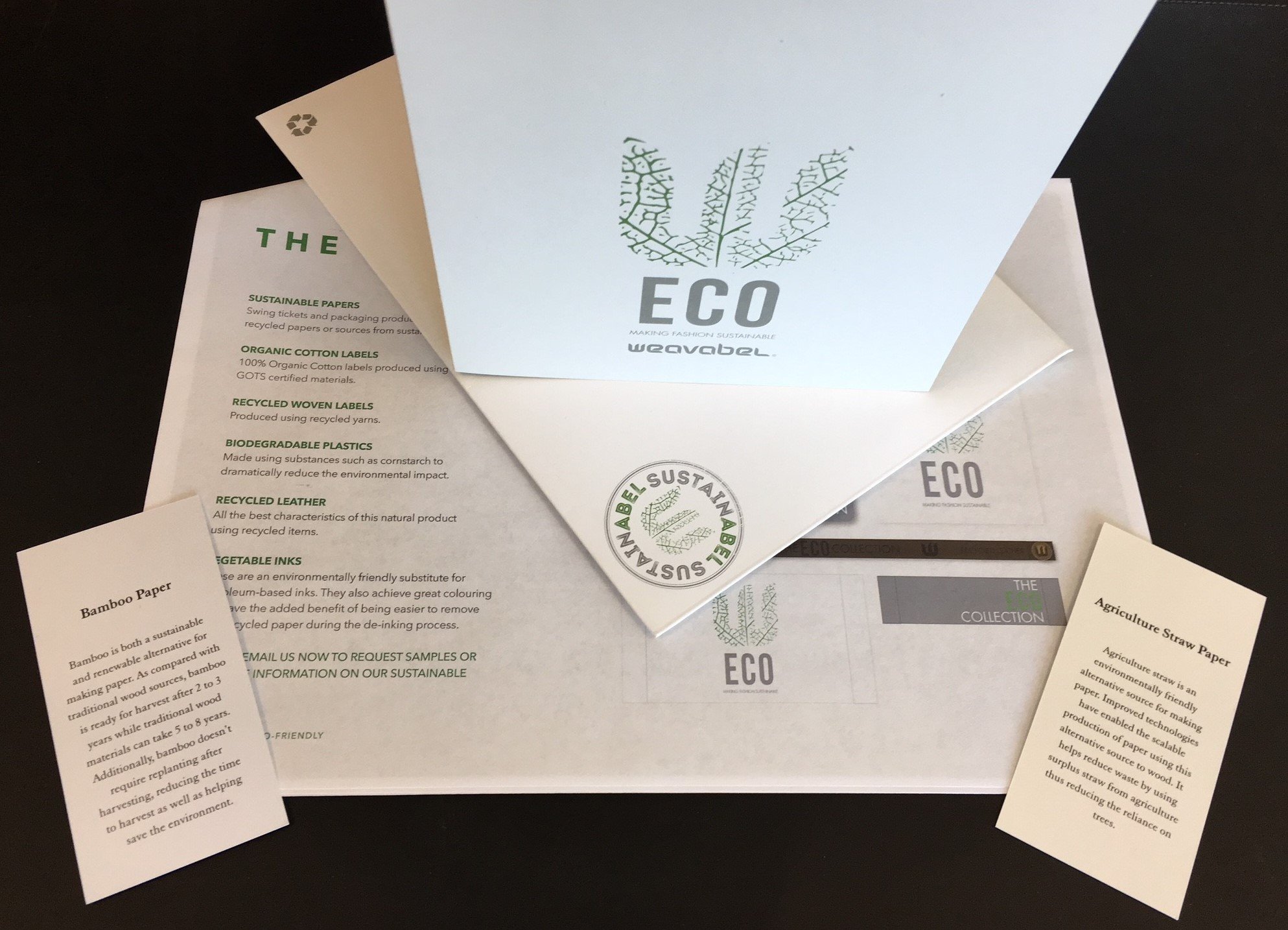
Packaging Ideas
15 innovations in packaging materials we're excited about
8 min read time
|
Aug 1, 2022
As the world looks more towards sustainability, brands are constantly trying to innovate packaging....
Read more
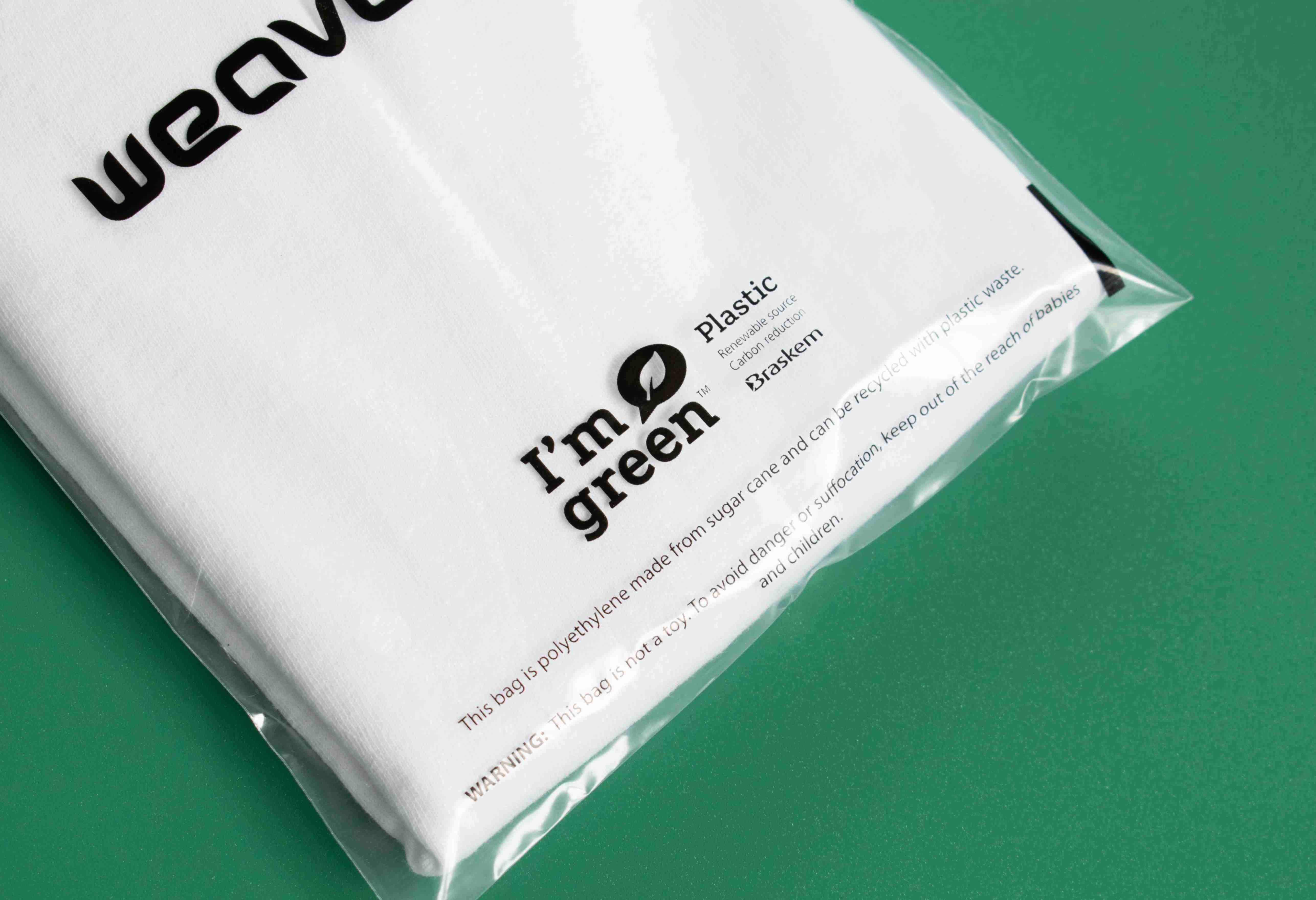
Packaging Ideas
The Best Luxury Brand Packaging in Fashion, Sportswear and Home
8 min read time
|
Jul 26, 2022
A critical part of the luxury product experience is its packaging. For your customer, there’s...
Read more
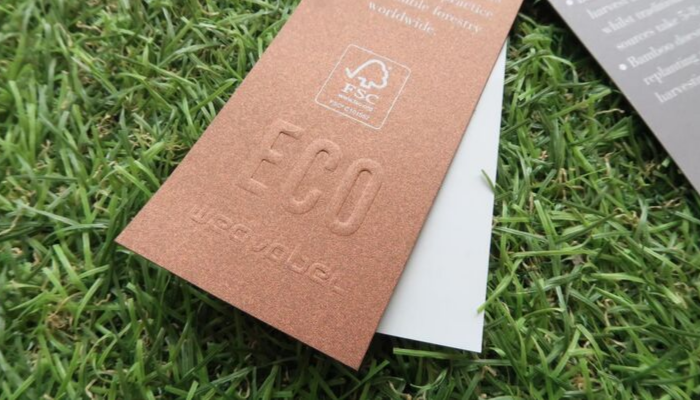
Sustainability
11 brands leading the way in sportswear sustainability
7 min read time
|
Jun 27, 2022
Looking to explore sustainability and find inspiration from the brands leading the way? Then you’ve...
Read more

Sustainability
Top 6 Materials for Sustainable Sportswear
6 min read time
|
Jun 6, 2022
Cheap, manufactured, unsustainable fabrics have long been the focus of the sportswear industry,...
Read more
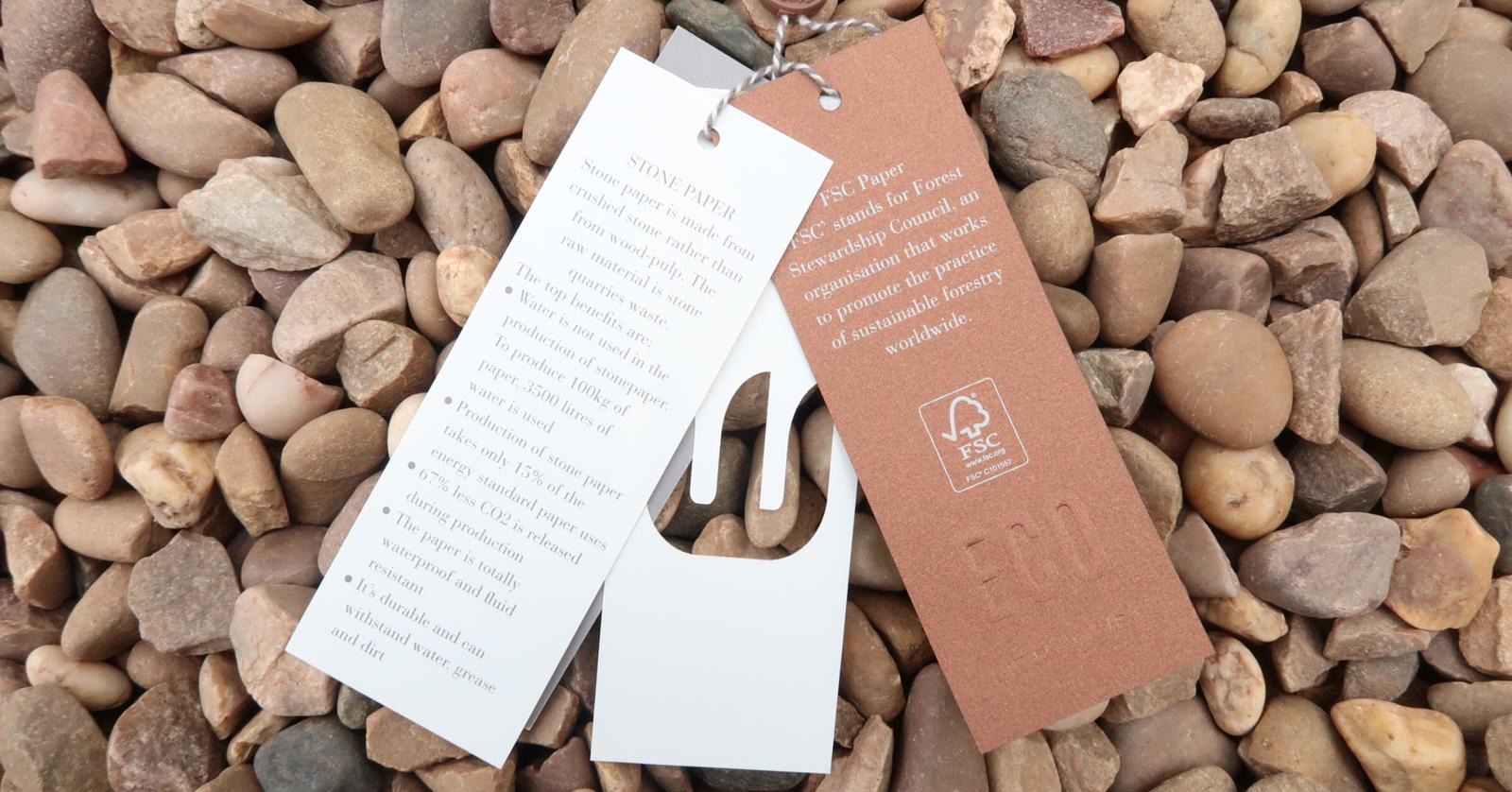
Sustainability
What Are the Success Factors for Sustainable Luxury?
5 min read time
|
May 27, 2022
According to research, around 66% of shoppers said they consider sustainability when purchasing a...
Read more
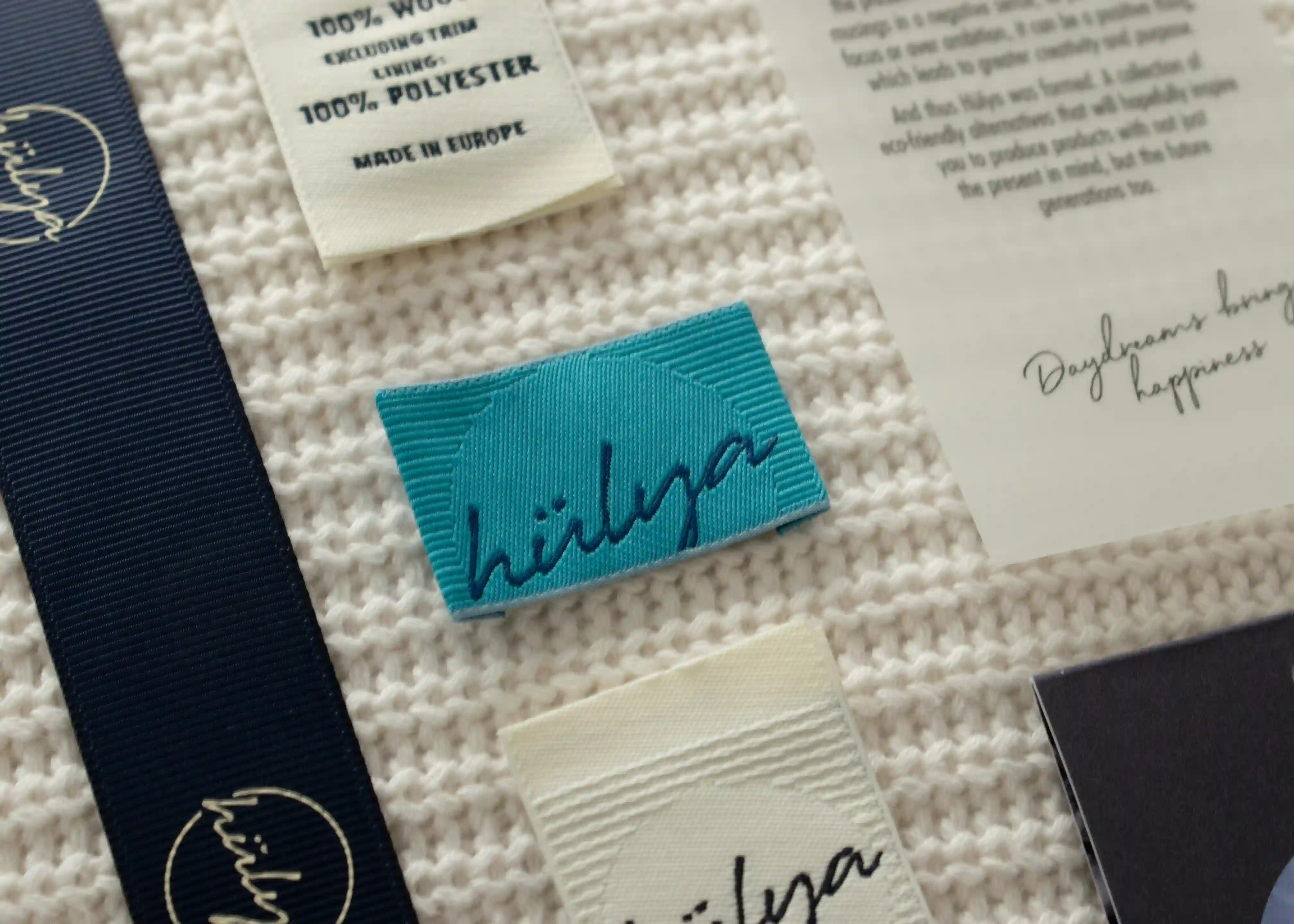
Sustainability
8 Sustainable Luxury Brands To Look Out For
6 min read time
|
May 3, 2022
The fashion industry is notorious for its negative impact on the environment. But this doesn’t mean...
Read more
.jpeg)
Sustainability
Sustainability in the Homeware Industry: Tackling Fast Homeware
7 min read time
|
Apr 26, 2022
Homeware is an industry that has boomed in recent years, projected to be worth £13.8 billion by 2022
Read more
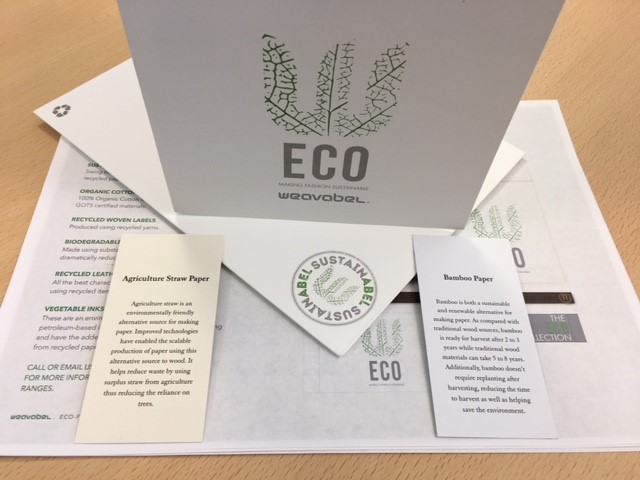
Sustainability
11 Sustainable Homeware Brands
6 min read time
|
Apr 18, 2022
Sustainability is no longer a buzzword but a primary concern for brands and consumers alike. As the...
Read more
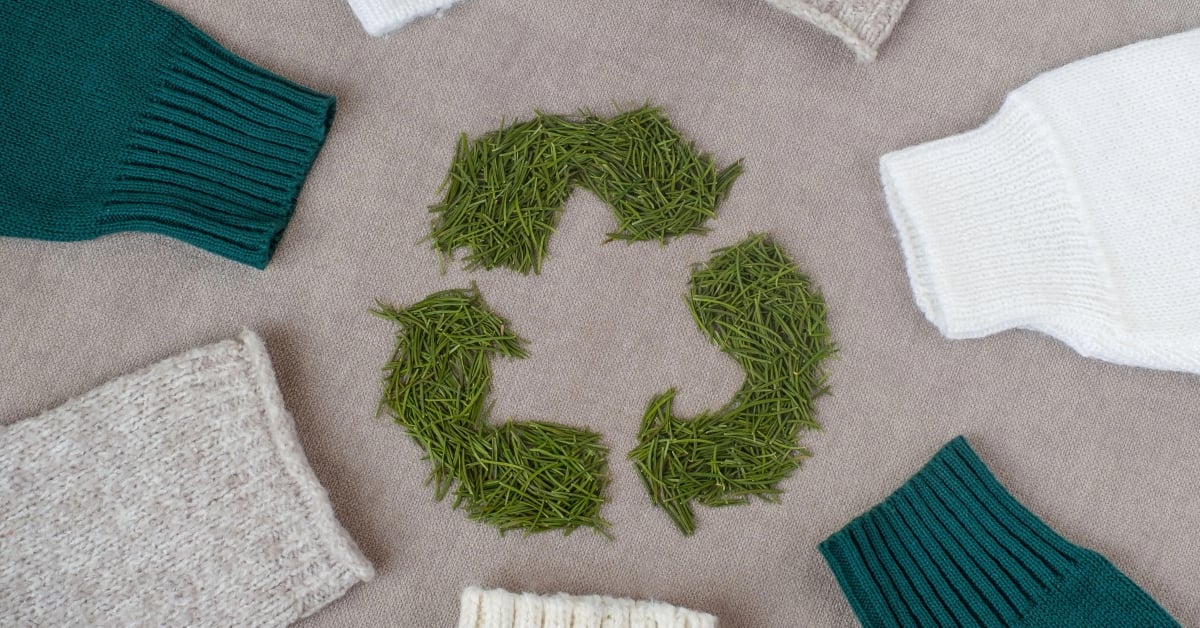
Sustainability
All You Need to Know About Circular Fashion
6 min read time
|
Mar 18, 2022
Circular fashion. It’s the concept transforming the fashion industry and consumer attitudes....
Read more

Sustainability
7 Sustainable Habits to Encourage Circular Fashion
5 min read time
|
Mar 10, 2022
As governments, industries, brands and consumers become more environmentally aware, the need for...
Read more
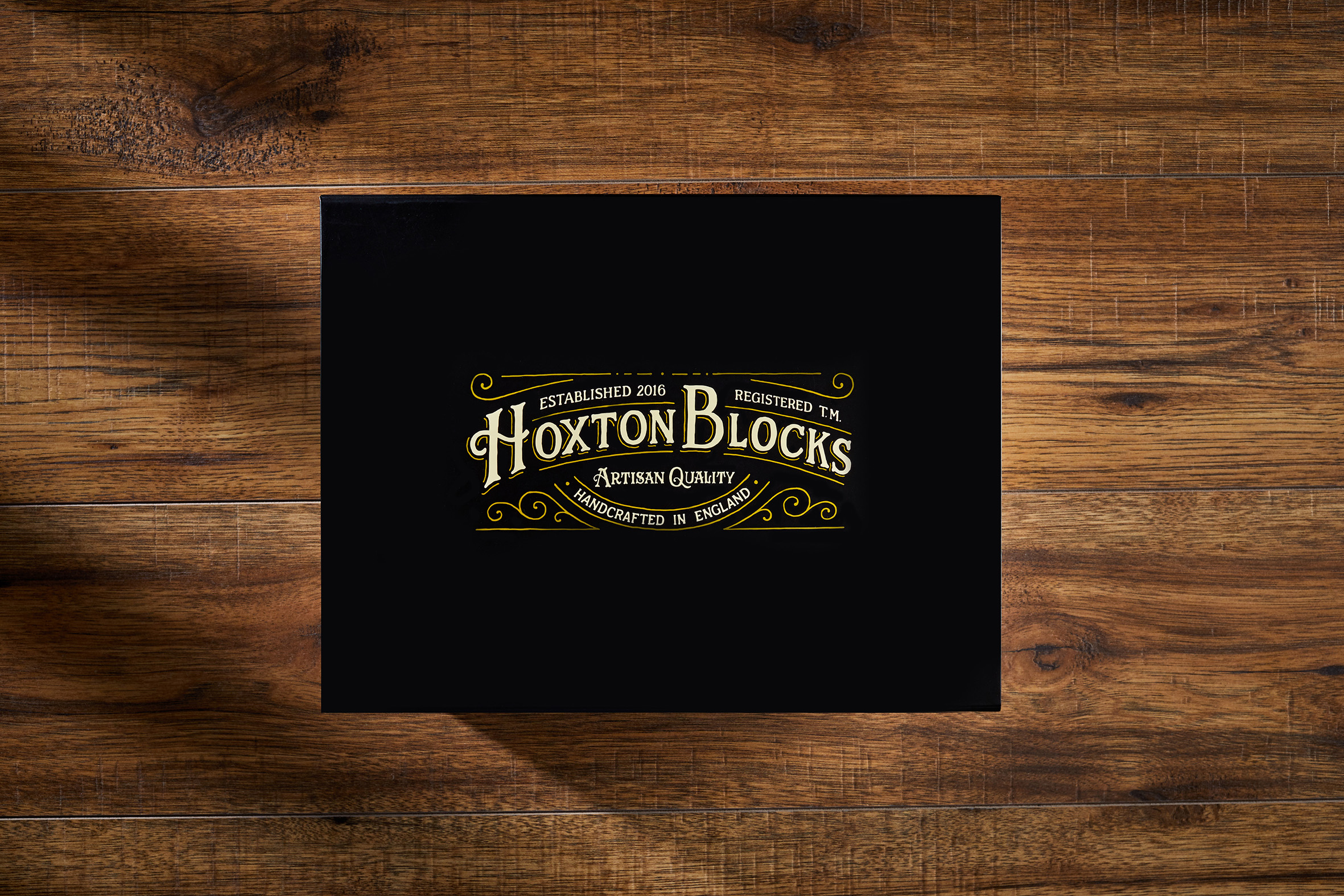
Sustainability
9 Brands That Are Embracing Fashion Upcycling
9 min read time
|
Mar 1, 2022
Sustainability. We’ve all heard about it and we all know how important it is for improving the...
Read more

designs
The Role of Circular Design in Reducing Environmental Impact
5 min read time
|
Feb 9, 2022
Materials, trims, colours, silhouettes — designers hold a great deal of power in the design...
Read more
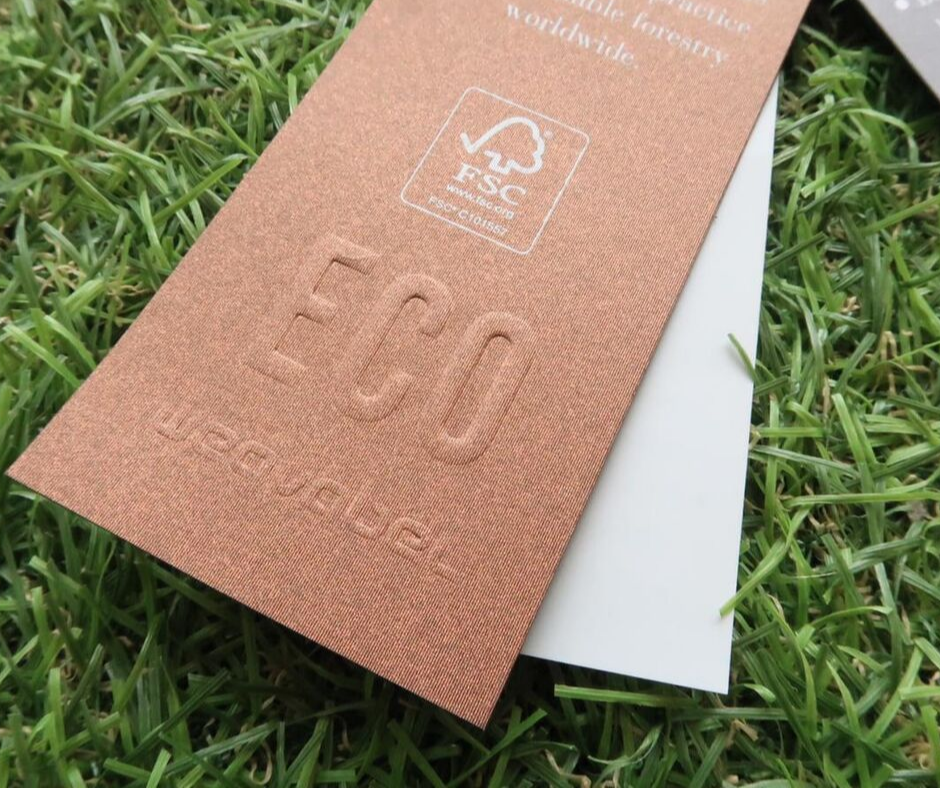
Sustainability
What Are the Drivers and Barriers to a Circular Economy?
8 min read time
|
Feb 7, 2022
The circular movement is gaining traction, with more and more fashion businesses committed to...
Read more
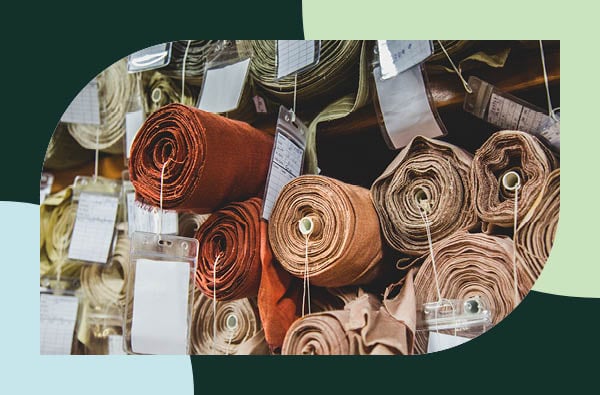
Sustainability
How Can Fashion Brands Transition From a Linear to a Circular Economy?
8 min read time
|
Feb 1, 2022
The fashion industry as we know it needs to change — but that’s much easier said than done. Worth...
Read more
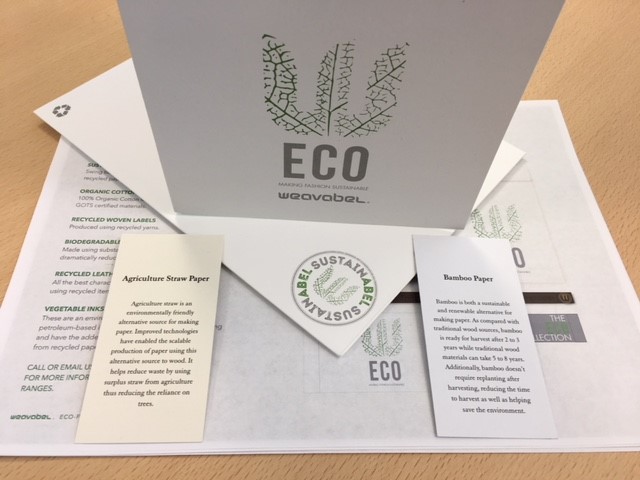
Sustainability
How Is the Circular Fibres Initiative Impacting Sustainability in Fashion?
7 min read time
|
Jan 24, 2022
It’s estimated that more than half of fast fashion produced is disposed of in under a year, with ...
Read more

Sustainability
The Circular Fashion Economy — A Sustainable Model or an Attempt to Greenwash?
6 min read time
|
Jan 17, 2022
Circular fashion is the term on the fashion industry’s lips. Touted as the path for change in the...
Read more

Packaging Ideas
Managing Your Supply Chain in the Garment Industry
10 min read time
|
Jan 7, 2022
A well-managed supply chain can significantly reduce a company’s operating costs and improve...
Read more
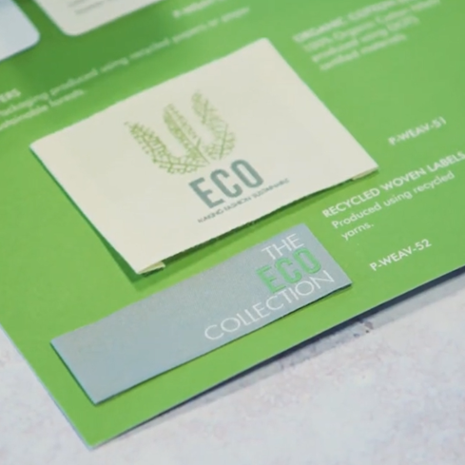
Sustainability
12 Sustainable Fashion Trends to Look Out for in 2022
10 min read time
|
Jan 3, 2022
No longer just a buzzword in the fashion industry, sustainability is here to stay. As new...
Read more
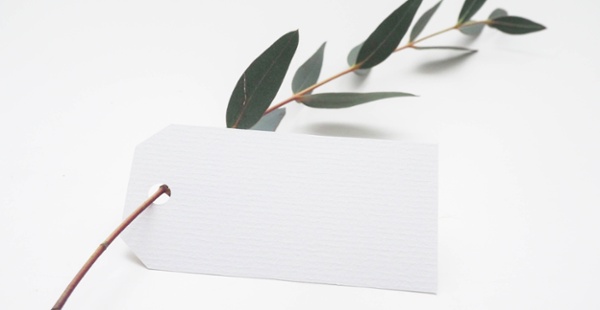
Packaging Ideas
How to Choose the Right Fashion Label Supplier
4 min read time
|
Jan 3, 2022
The right fashion label supplier should use advanced technology to meet your exact brand...
Read more

Sustainability
Why is Being GRS Certified Becoming More Important?
4 min read time
|
Jul 23, 2021
With the introduction of the Plastic Packaging Tax coming in 2022, many businesses are scrambling...
Read more
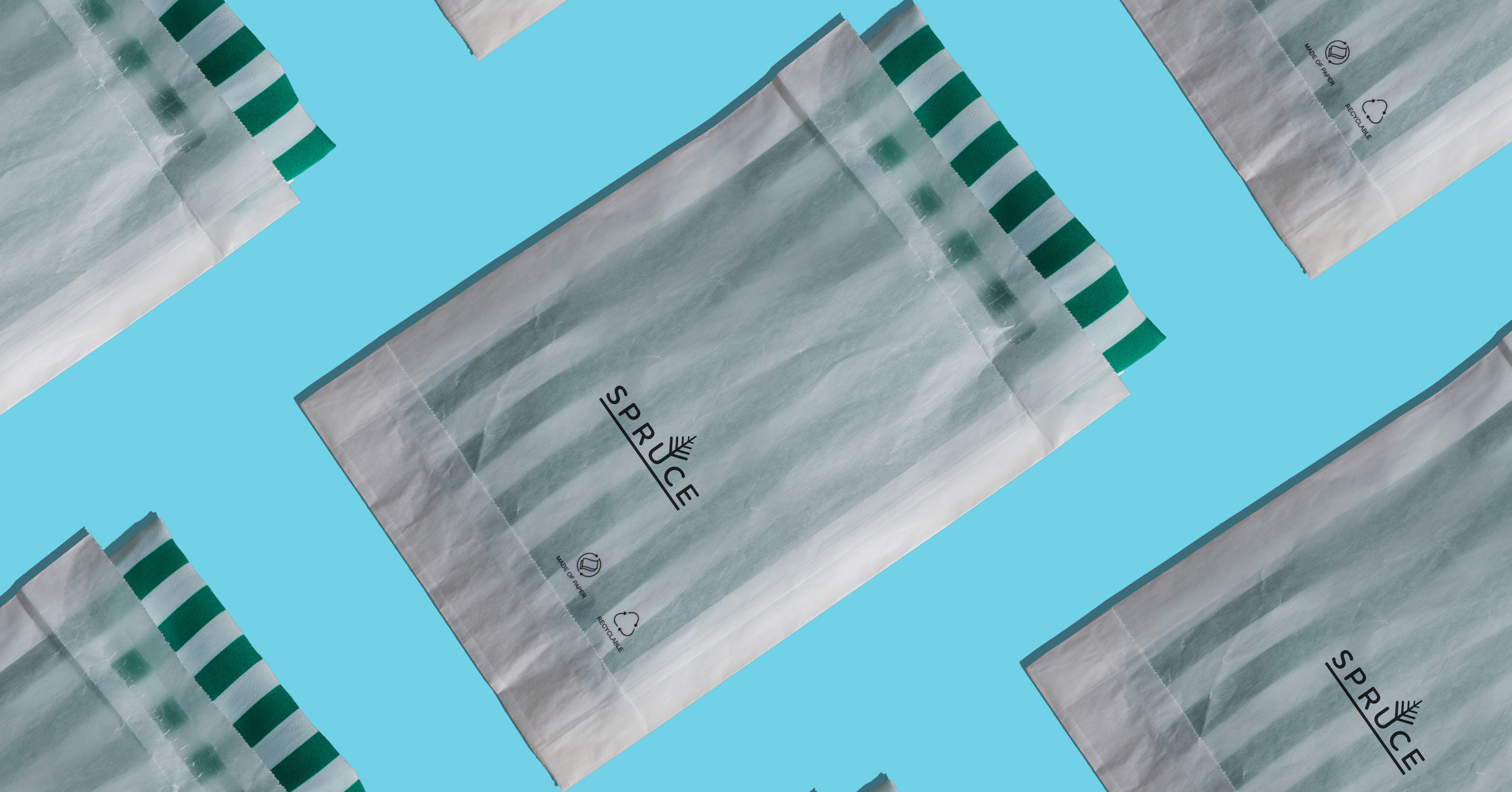
Packaging Ideas
8 New Creative and Eco-Friendly Clothing Trim and Packaging Ideas
5 min read time
|
May 14, 2021
Clothing trims and packaging are two key considerations for premium brands, especially those in...
Read more
.jpeg)
Sustainability
Fast Fashion and Sustainability: Will the Two Ever Get Along?
7 min read time
|
Apr 27, 2021
Fast fashion still has a long way to go when it comes to sustainability. In fact, the nature of...
Read more
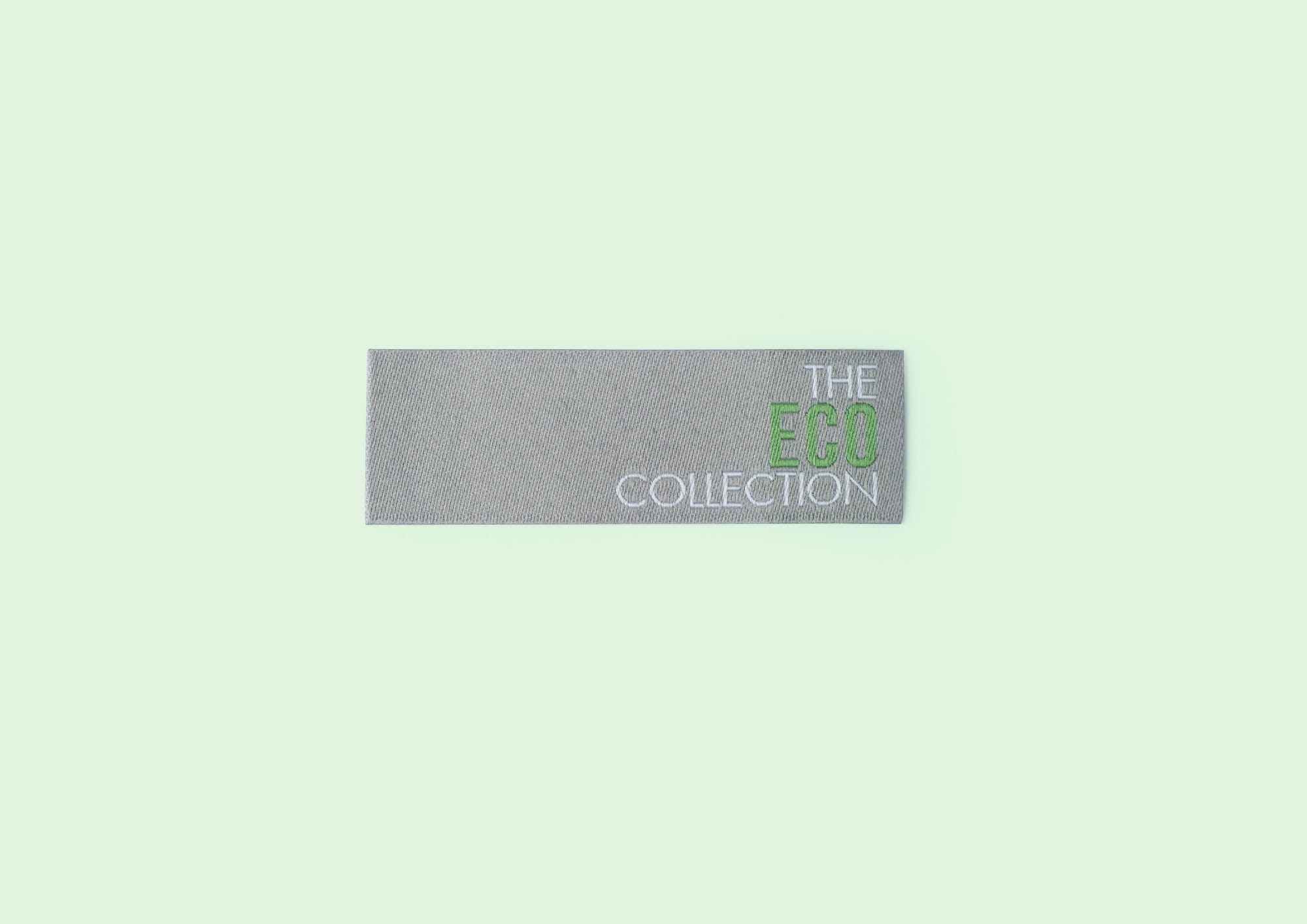
Eco-Friendly
Eco-Friendly Garments and How They Can Make Fashion Sustainable
6 min read time
|
Apr 27, 2021
Fashion as an industry is one of the biggest carbon emitters, producing 8-10% of the world’s global...
Read more
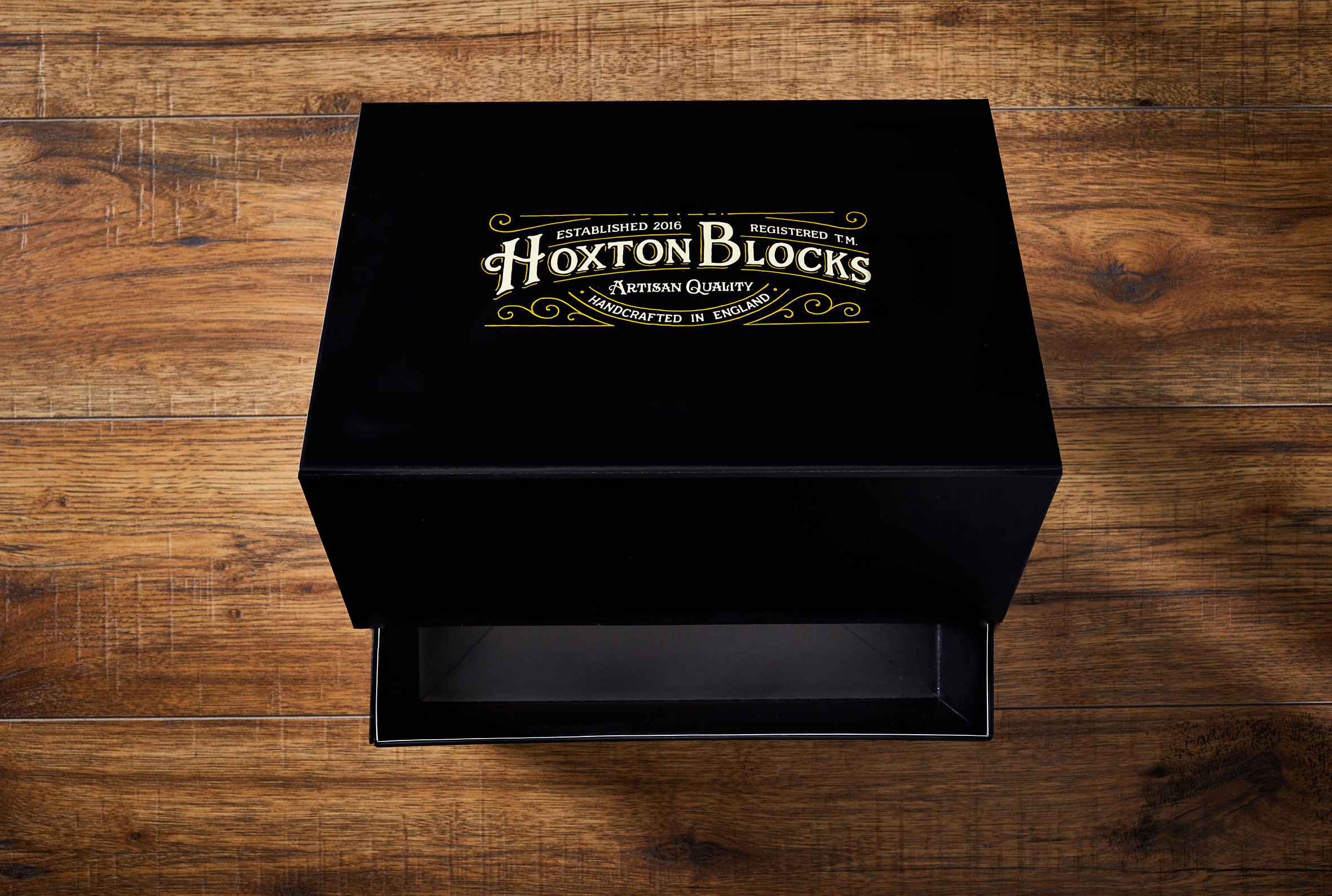
Packaging Ideas
How to Create a Sustainable Unboxing Experience for Your Brand
9 min read time
|
Feb 12, 2021
You’ve probably seen them before - videos where celebrities or everyday customers show off their...
Read more

Packaging Ideas
10 Sustainable Packaging Trends On Our Radar
9 min read time
|
Jan 22, 2021
What’s one of the most appealing factors for consumers when buying products? Sustainability. Your...
Read more

Packaging Ideas
Ethical Packaging and Premium Branding - Can You Have Both?
3 min read time
|
Jan 8, 2021
Today, your brand can achieve both ethical packaging and premium branding without compromising....
Read more
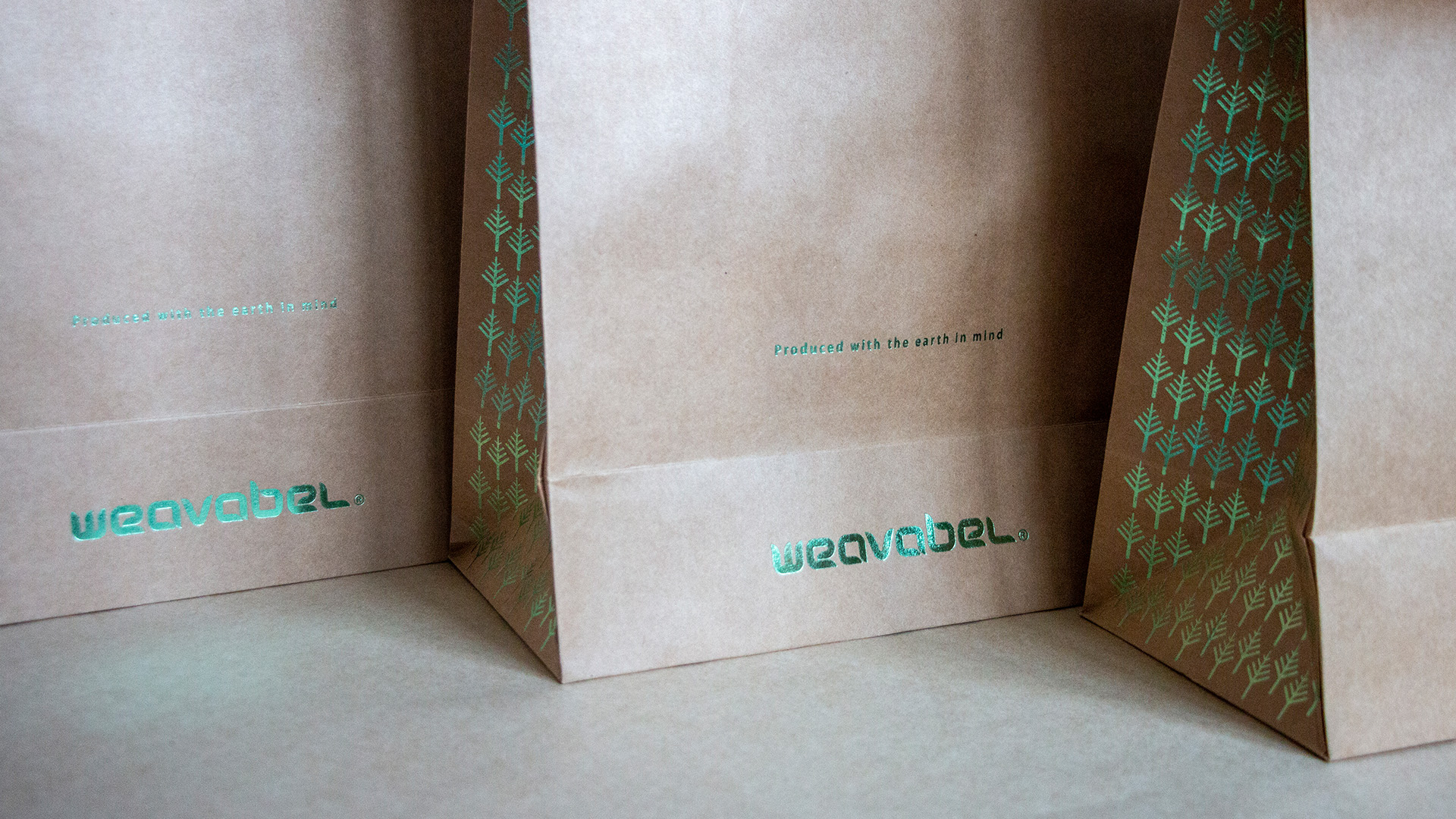
The Most Iconic Bespoke Packaging Designs In the Fashion Industry
4 min read time
|
Oct 29, 2020
Textures, fonts, colours and compositions on a product can really change how we feel and experience...
Read more
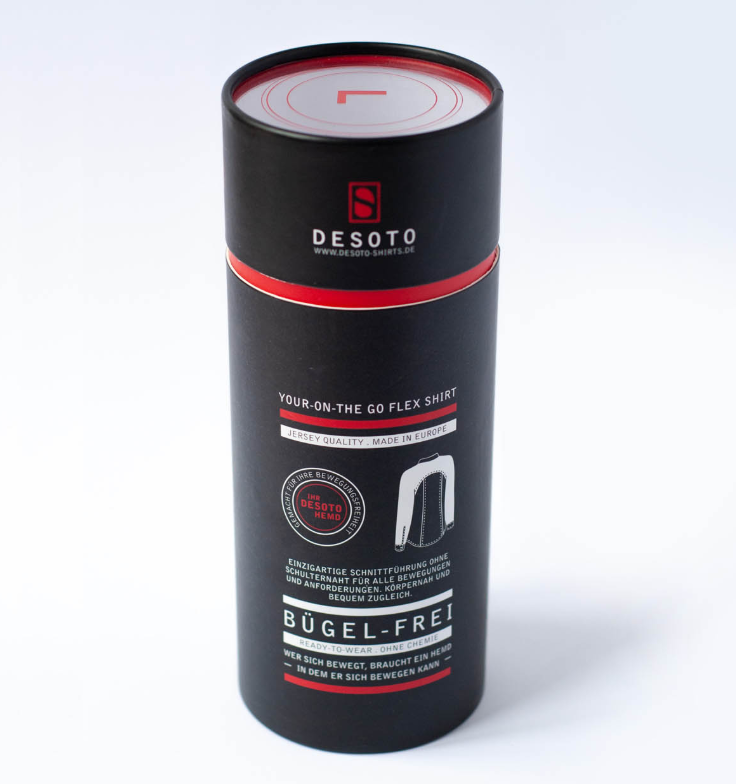
Eco-Friendly
What are the Benefits of Eco-Friendly Packaging?
8 min read time
|
Oct 12, 2020
Packaging is everywhere; in your shopping trolley, your cupboards, your deliveries and so much...
Read more
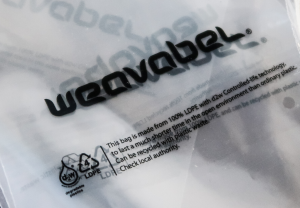
Sustainable Branded Packaging Solutions
4 min read time
|
Sep 27, 2020
First Impressions Count. Packaging is a powerful way of communicating your brand to the wider...
Read more
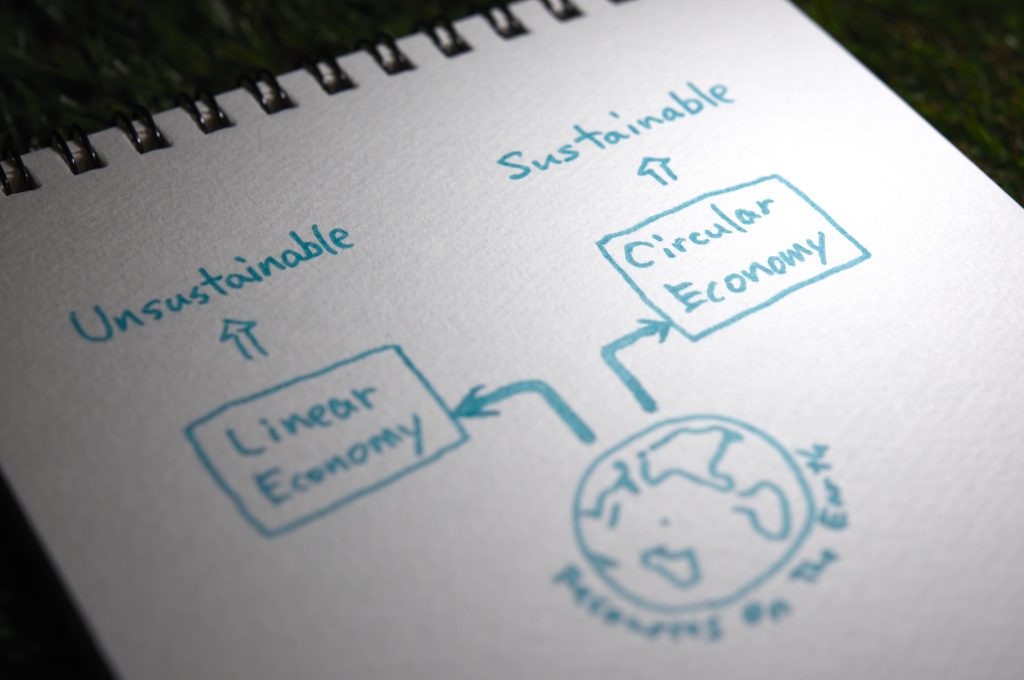
Circularity vs. Sustainability – What is the difference?
5 min read time
|
Sep 20, 2020
You might have heard of circularity and sustainability. Both focus on making industries more...
Read more

Eco-Friendly
6 of the best eco-friendly luxury packaging to inspire you
5 min read time
|
Aug 30, 2020
In the recent strides towards sustainability, there’s an increasing need for brands to change their...
Read more

Fashion
From Concept To Reality: Everything You Need To Know About Fashion Production
5 min read time
|
Jan 20, 2020
The fashion production process isn’t straight forward, especially if you’re a new fashion company...
Read more
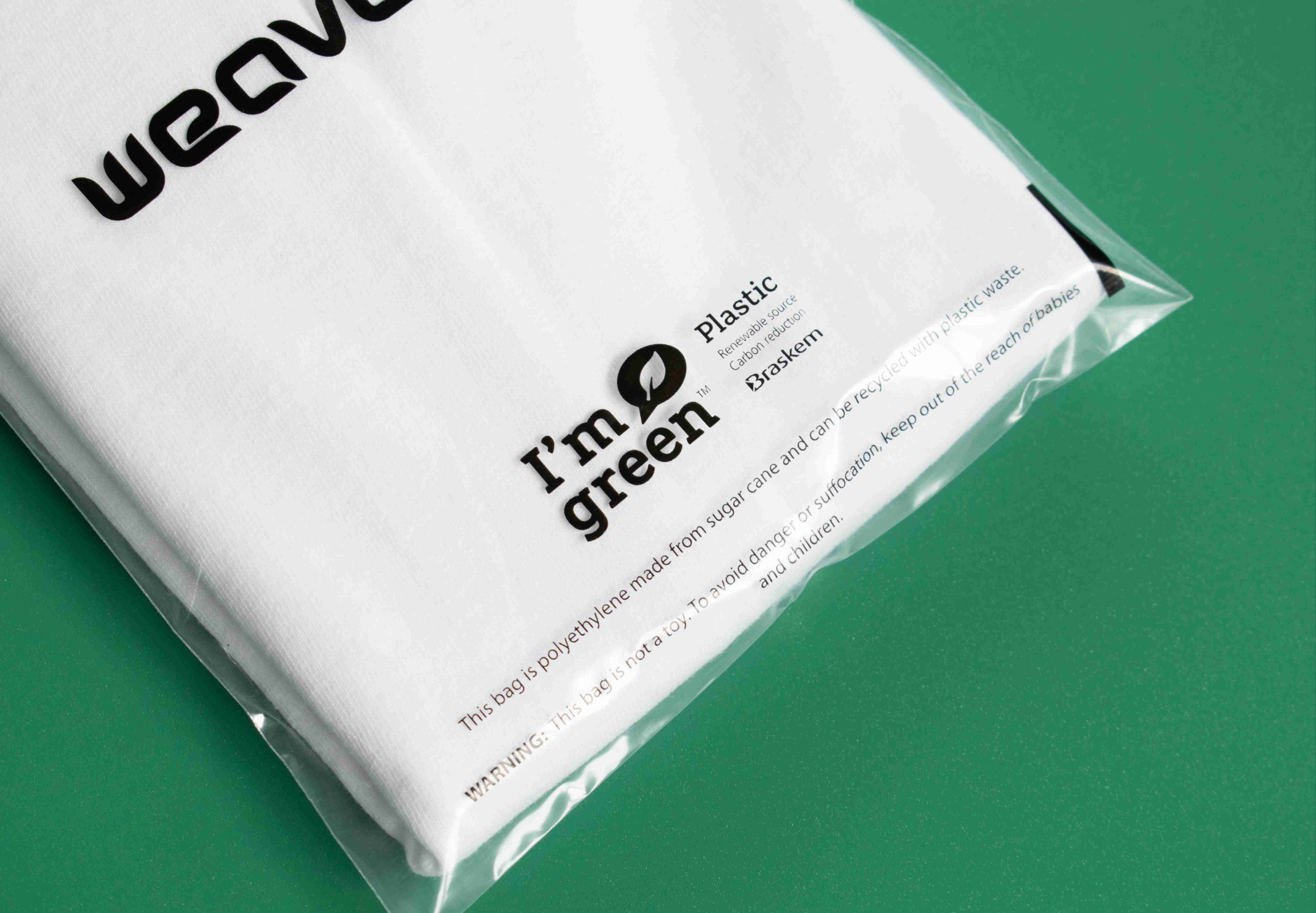
Eco-Friendly
Eco-Friendly Manufacturing and Packaging: What Brands Are Doing Right Now
4 min read time
|
Jan 7, 2020
A big part of the current waste crisis is a direct result of packaging - with the fashion...
Read more
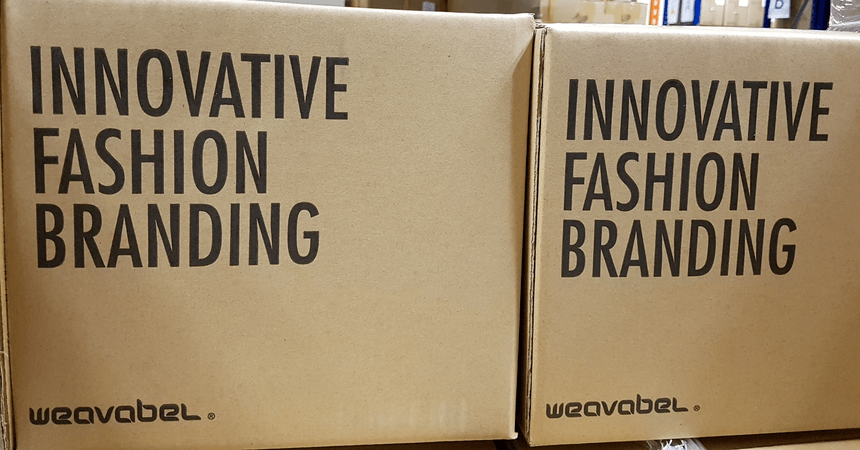
Packaging
The Different Types of Packaging Boxes That Can Transform Your Brand
3 min read time
|
Dec 30, 2019
Packaging isn’t just a practical and necessary part of your product, it’s also an extension of your...
Read more
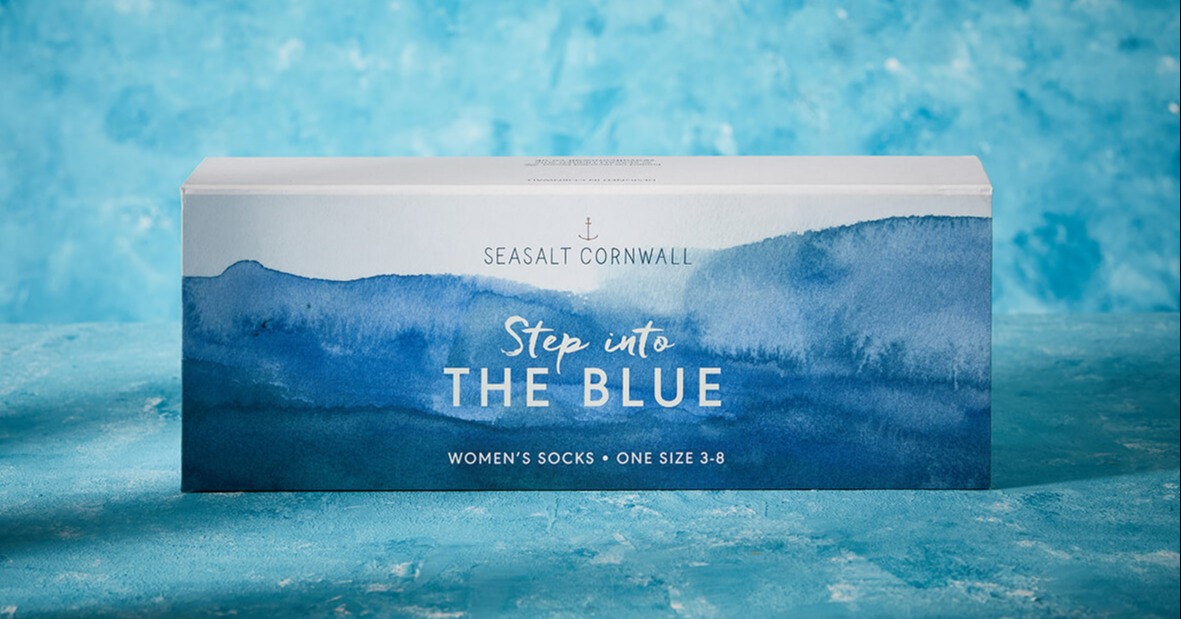
Packaging
Keep It Simple - How to Make Packaging More Sustainable for Your Brand
3 min read time
|
Dec 25, 2019
Consumers are now increasingly reliant on eCommerce to fulfil their retail needs. However, they're...
Read more

Packaging
The Cost of Sustainable Packaging — Is It More Expensive?
6 min read time
|
Dec 23, 2019
UK households created approximately 2.5 million metric tonnes of plastic waste in 2021 and only ...
Read more
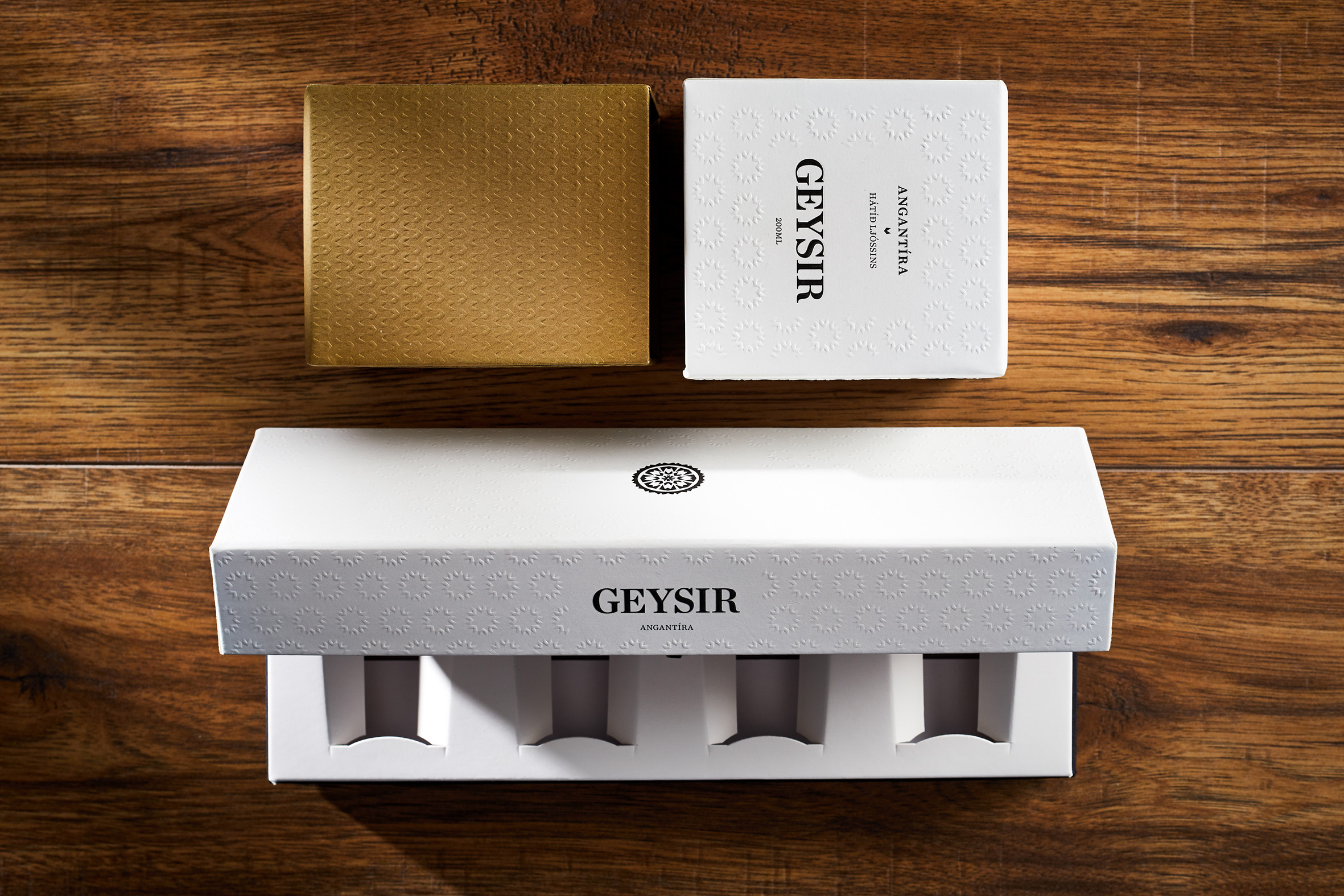
Packaging Ideas
Hidden Benefits of Foil Stamping And How They Aid Packaging Solutions
2 min read time
|
Dec 16, 2019
Foil stamping is a metallic reflective finish that has the potential to transform conventionally...
Read more
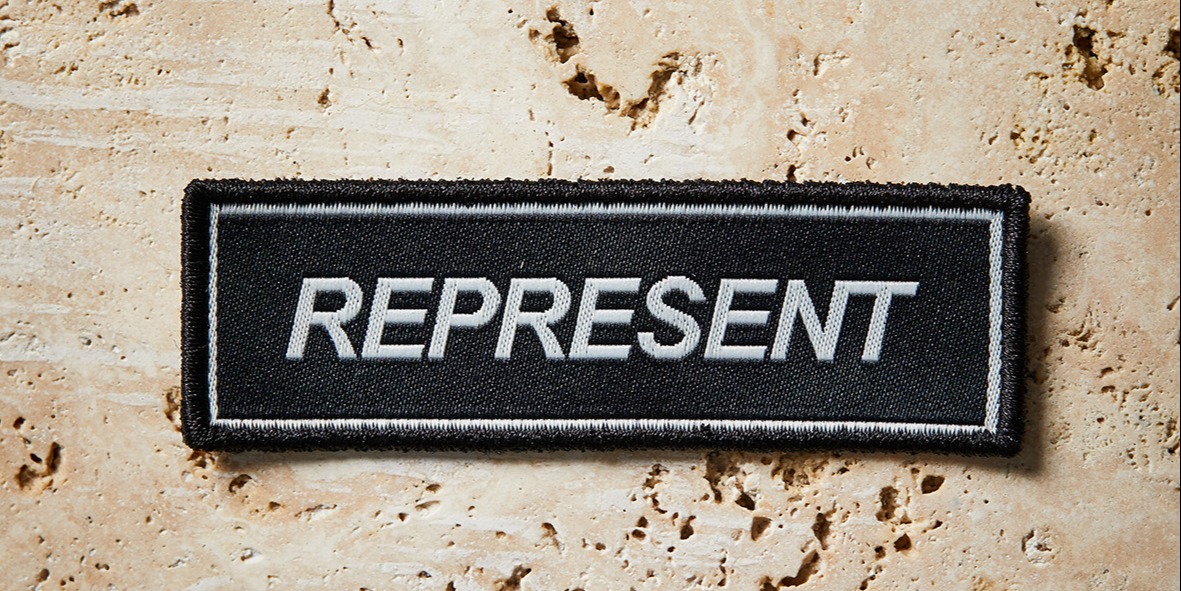
uv coating
What is UV Coating and Does My Packaging Need it?
4 min read time
|
Dec 13, 2019
Ultraviolet (UV) coating is a transparent liquid compound that's applied to a surface and then...
Read more
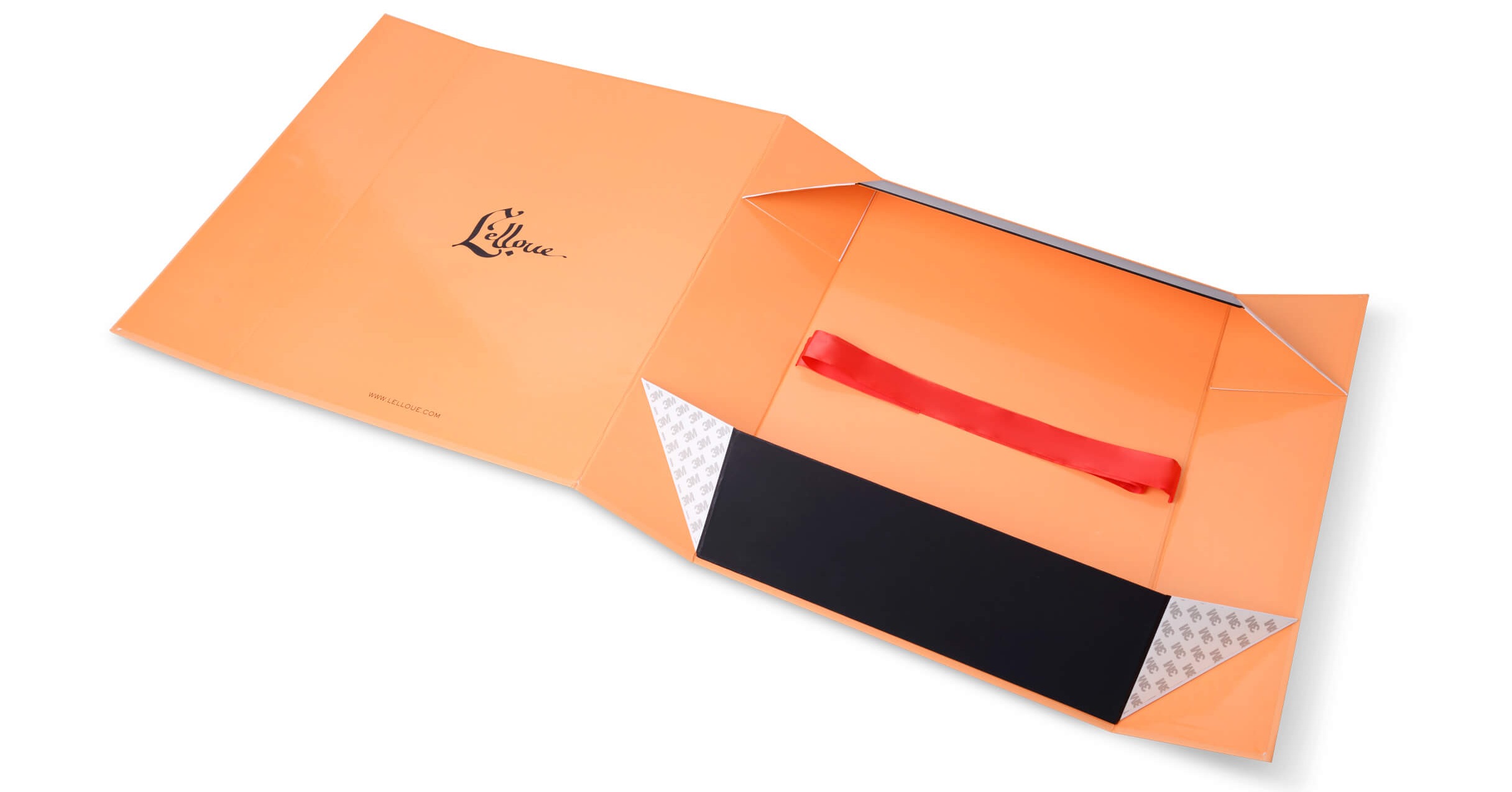
Packaging
How to Make Dieline Packaging
4 min read time
|
Dec 9, 2019
In the packaging and printing industry, the term “dieline” refers to the template needed to ensure...
Read more

Packaging Ideas
What Is Flexographic Printing and What are Its Pros and Cons?
3 min read time
|
Dec 2, 2019
Flexography (often abbreviated to flexo) is a printing process which utilises a flexible relief...
Read more
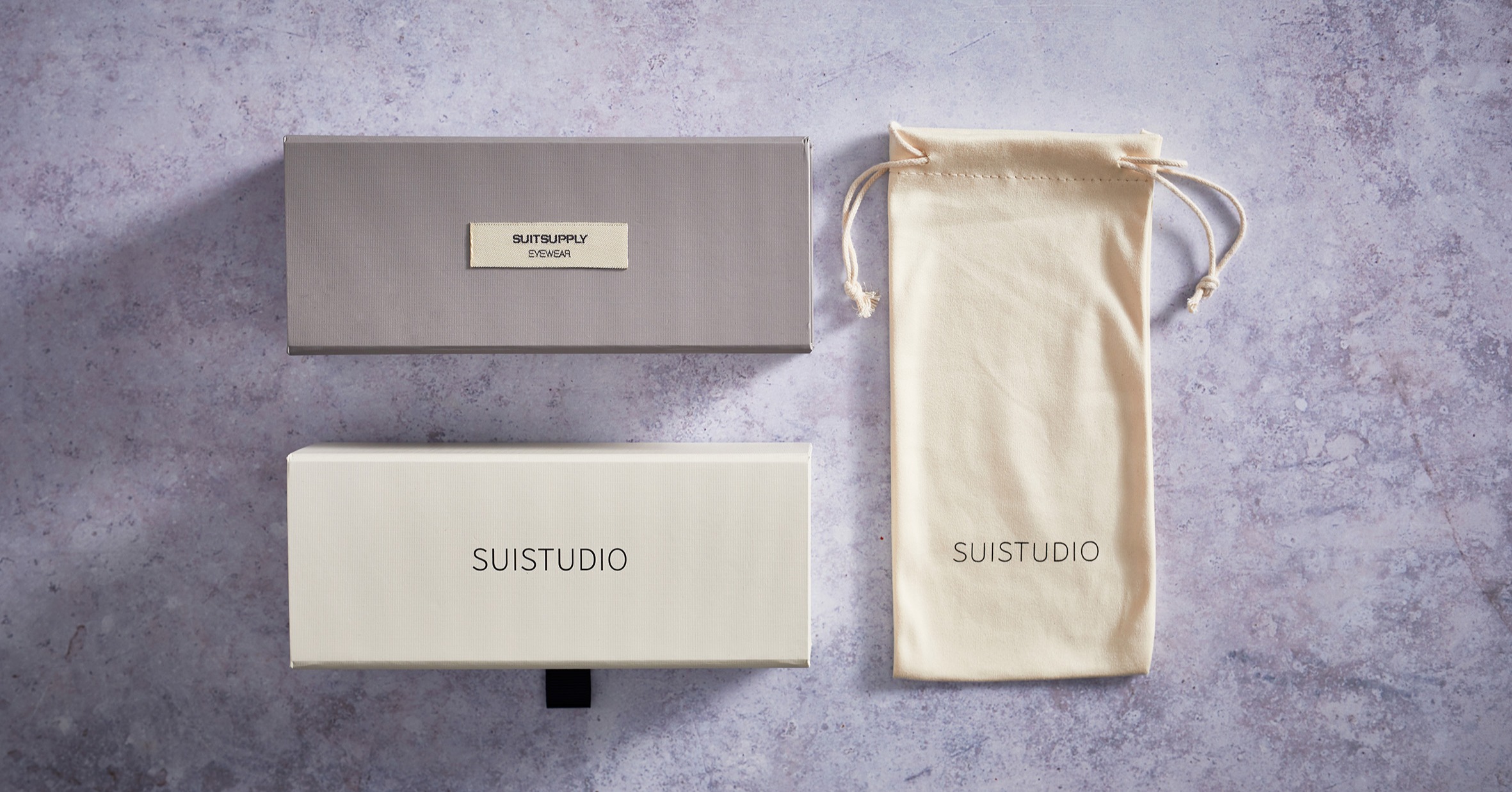
Packaging
How to Choose a Luxury Retail Packaging Specialist
4 min read time
|
Nov 25, 2019
Packaging design is a crucial component in building your brand’s image and identity. The majority...
Read more
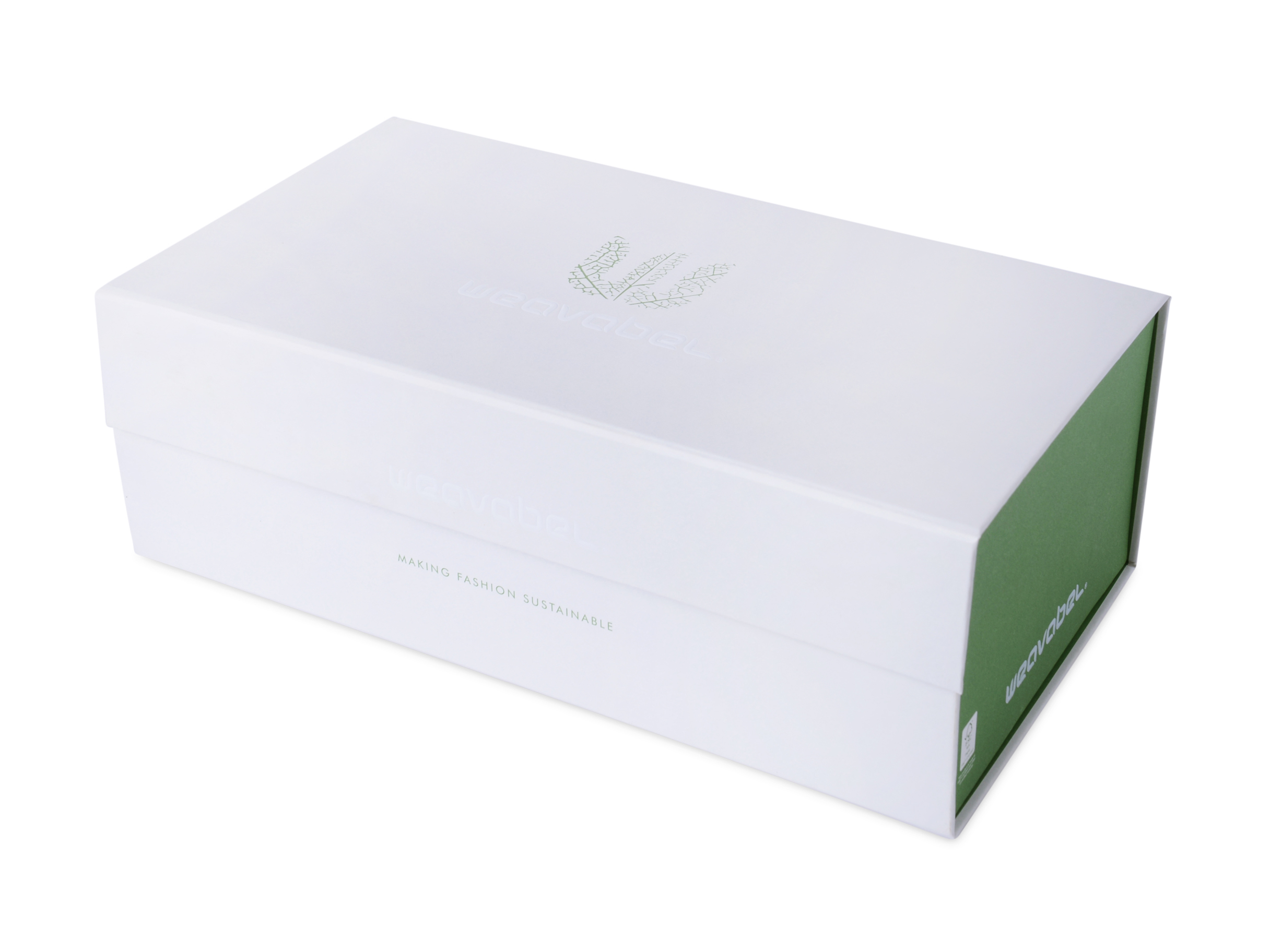
Packaging
How to Make Your eCommerce Packaging Solutions Eco-Friendly
5 min read time
|
Nov 15, 2019
There was a time when consumers begrudged separating their recyclables from rubbish and when online...
Read more
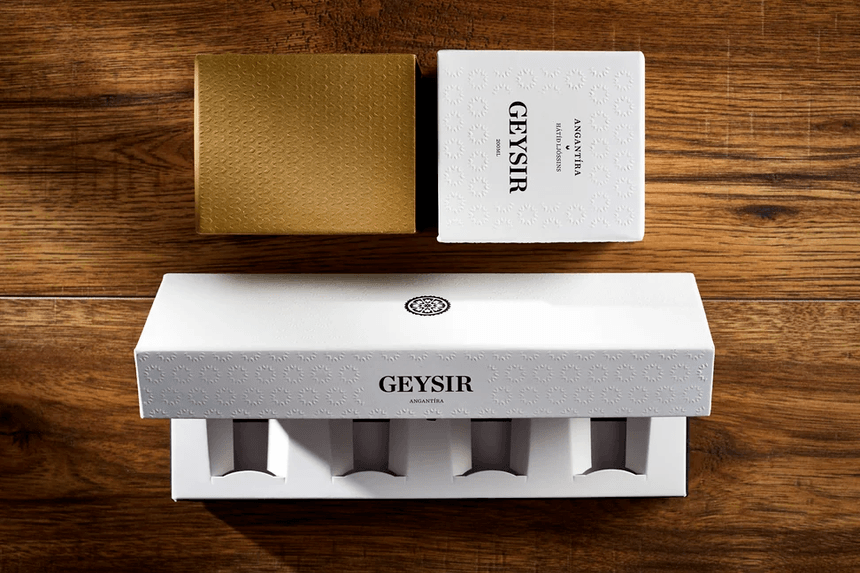
Packaging Ideas
Embossing vs. Debossing: Which Has More Impact For Your Packaging?
4 min read time
|
Nov 11, 2019
It’s a well-known packaging debate - what should you incorporate in your design? Embossing and...
Read more

Packaging Ideas
9 Innovative Flat Box Packaging Examples
6 min read time
|
Nov 8, 2019
Bespoke flat box packaging is user-friendly, attention-grabbing and aesthetically-pleasing. And...
Read more
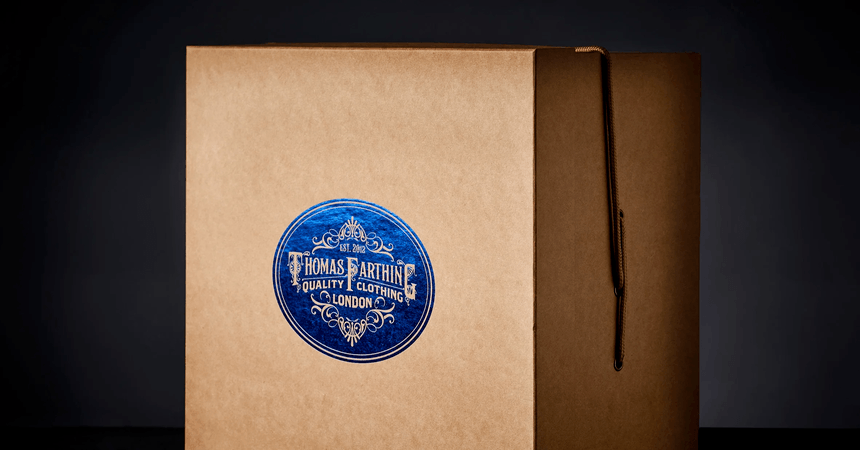
Packaging
Matte vs Gloss Lamination: Which Is Better for Packaging?
4 min read time
|
Nov 4, 2019
How do you want your consumers to feel when they hold your packaging in their hands for the first...
Read more
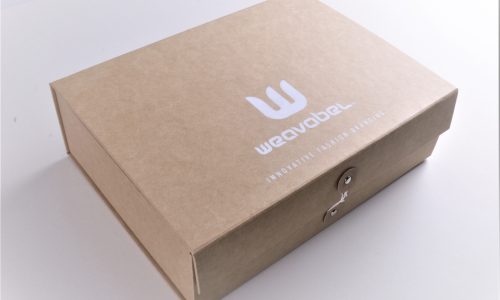
Packaging Ideas
5 Stunning Eco Kraft Packaging Concepts and Real-Life Examples
4 min read time
|
Oct 31, 2019
Sustainable packaging is becoming a high priority for both brands and consumers. With an increasing...
Read more
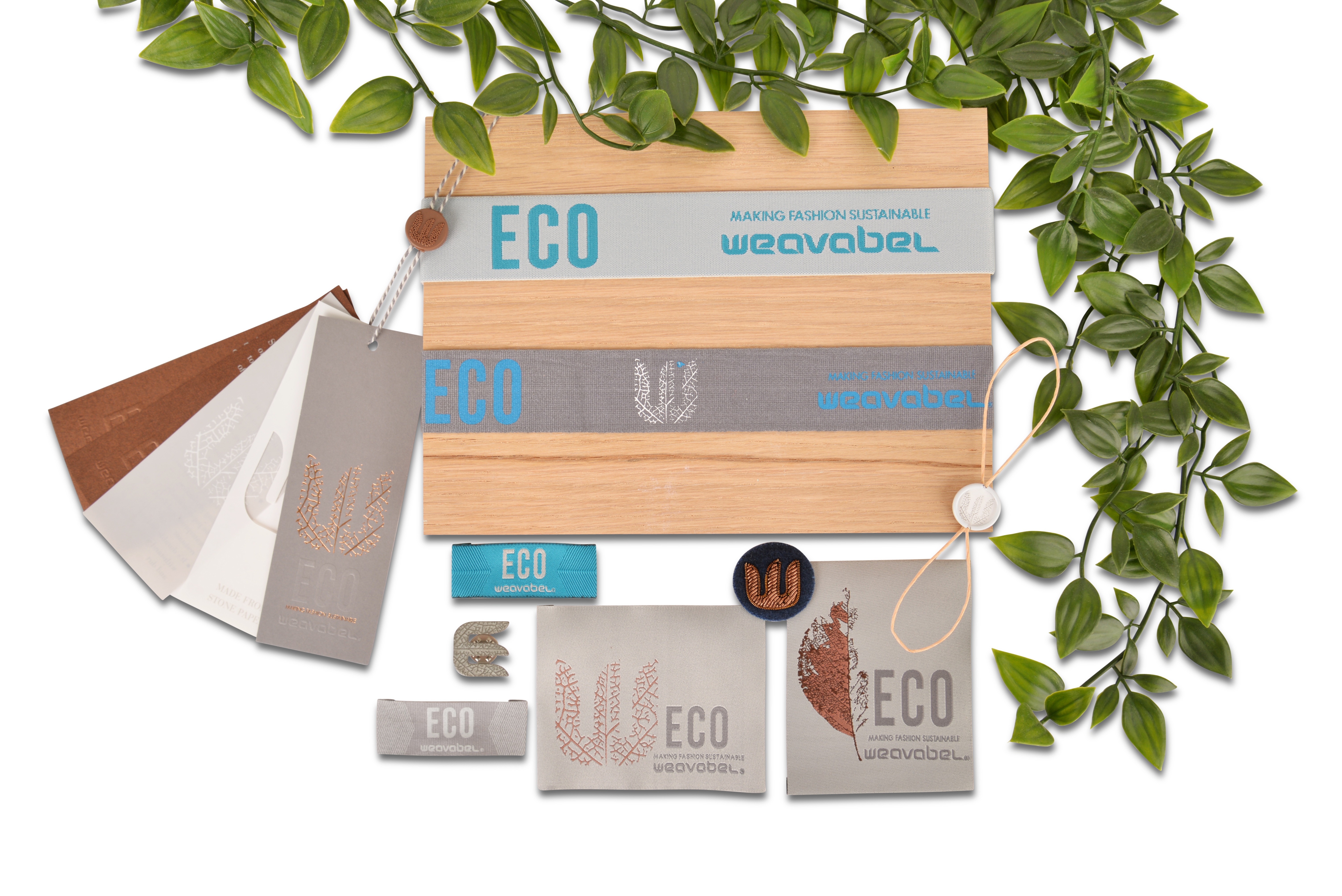
Sustainability
4 Types of Sustainable Trims (and Innovative Examples to Inspire You)
4 min read time
|
Oct 28, 2019
Although trims are just a small part of manufacturing as a whole, we should all strive to be more...
Read more

Packaging
Which Brands Have Adopted Sustainable Retail Packaging?
4 min read time
|
Oct 25, 2019
Whether you’re selling clothing, food, tech gadgets or cosmetics, as a retail company, you need to...
Read more

Packaging
What Strides Are Fashion Brands Making Towards Sustainable Clothing Packaging?
5 min read time
|
Oct 18, 2019
Wasteful and harmful packaging solutions are going out of fashion. As landfills are bursting at the...
Read more
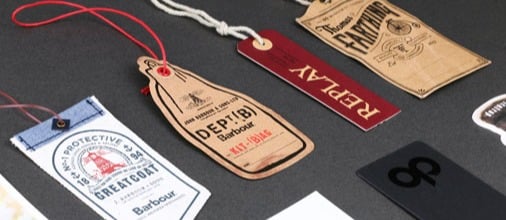
Eco-Friendly
The Hidden Benefits of Vegetable Inks and Why You Should Be Using Them
3 min read time
|
Sep 30, 2019
The fashion world’s approach to sustainability is changing. New production methods are being used....
Read more

Eco-Friendly
The 7 Biggest Advantages of Biodegradable Plastics and How You Can Use Them
8 min read time
|
Sep 23, 2019
The fashion industry uses a lot of traditional plastic. Microplastics have been found in Arctic snow
Read more
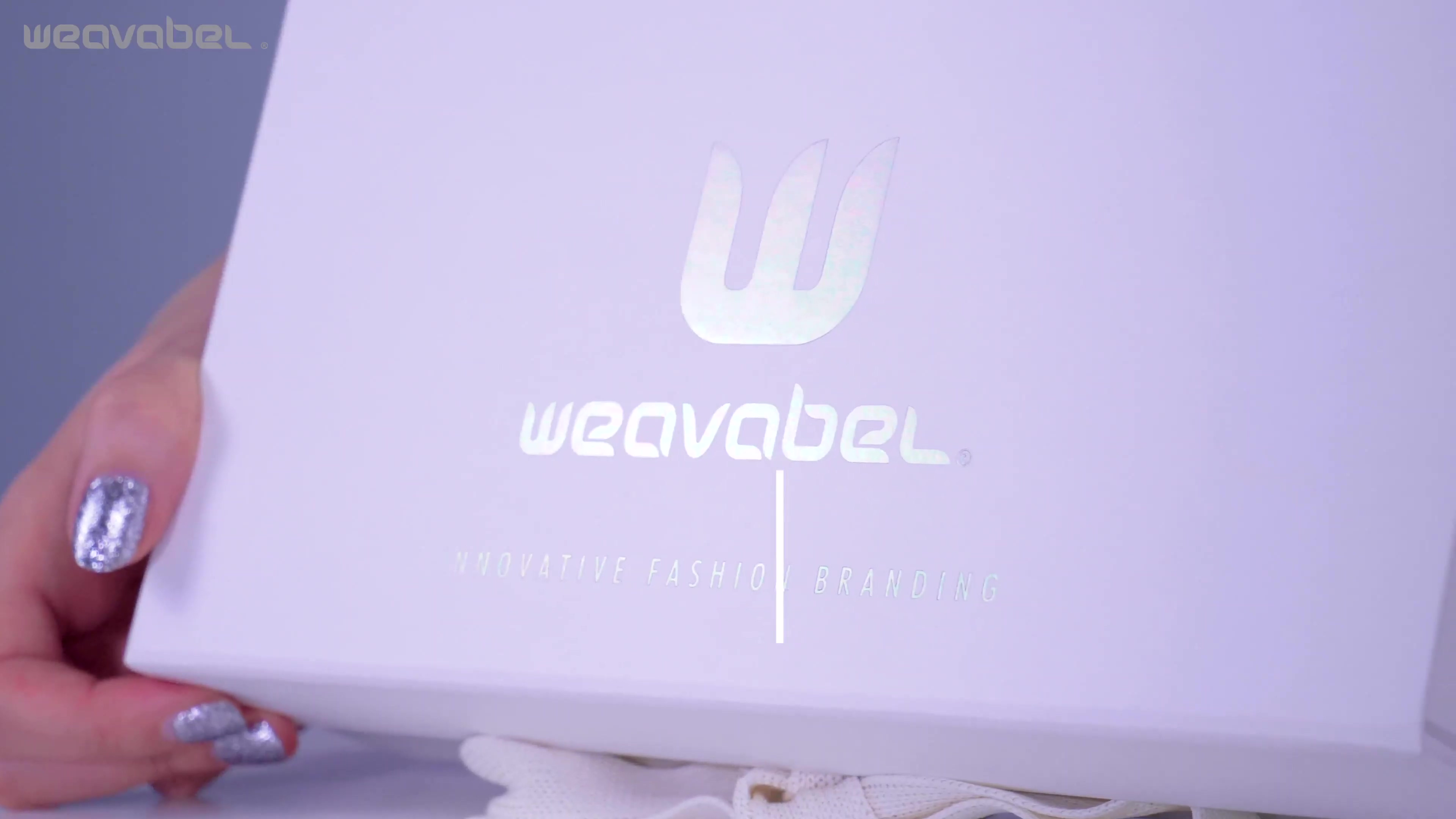
Sustainability
Sustainable Fashion Examples: How to Take Inspiration From World-Leading Brands
5 min read time
|
Sep 20, 2019
Designer. Luxury. Sustainability. Three words that might seem like they’re miles apart, but fashion...
Read more
.jpeg)
Sustainability
Organic Cotton: 6 Wonderful Examples of Brands That Do It Right
4 min read time
|
Sep 14, 2019
Labels aren’t just placed on garments to tick a box. Eye-catching labels made from high-quality...
Read more
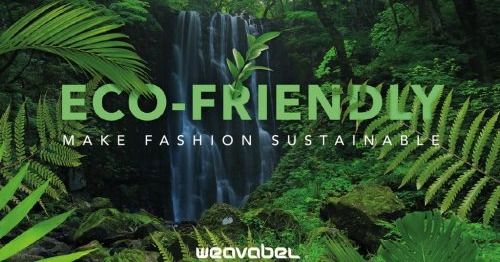
Sustainability
How Can Fashion be Sustainable? How Far Off Are We?
5 min read time
|
Sep 11, 2019
The world of fashion revolves around the latest trends to meet consumer demand. Although, the only...
Read more
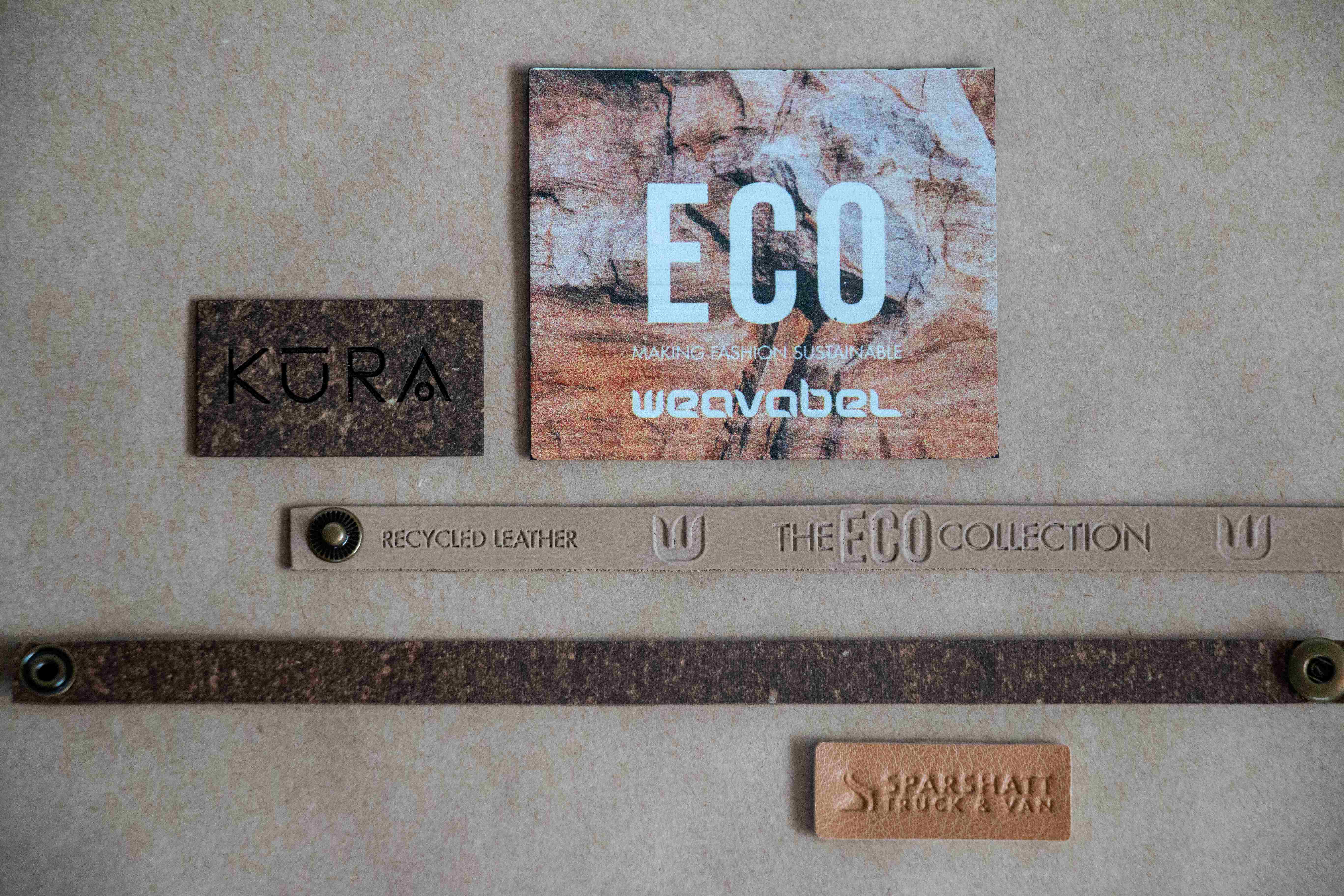
Eco-Friendly
Recycled Leather: What Is It and Which Brands Are Using It?
4 min read time
|
Sep 9, 2019
The impact of the fashion industry is causing increasing devastation to the environment. As a...
Read more

Eco-Friendly
The Benefits of Being Eco-Friendly (And How Other Major Brands Are Doing It)
5 min read time
|
Sep 6, 2019
It’s no secret that the fashion industry has and continues to have a disastrous impact on the...
Read more

Sustainability
Why Should I Use FSC Certified Suppliers?
4 min read time
|
Aug 26, 2019
FSC certifications are familiar to most of us now. They're seen as the global gold standard for...
Read more

Eco-Friendly
5 of the Best Eco-Friendly Fashion Brands (and Why They’re Winning the Ethical Race)
4 min read time
|
Aug 23, 2019
Buying less but better is a mantra that we should all try to stick by. Especially when you consider...
Read more

Packaging Ideas
9 Types of Biodegradable Packaging to Better Your Brand Footprint
9 min read time
|
Aug 19, 2019
According to National Geographic, there are over five trillion pieces of plastic debris in the...
Read more

Sustainability
Sustainable Practices in Retail: How to Go Green and Do it Well
6 min read time
|
Aug 16, 2019
Sustainability has always been somewhat of a niche approach in retail. Although, more and more...
Read more

Sustainability
How Does Sustainability Impact Brand Value?
4 min read time
|
Aug 5, 2019
When it comes to sustainability and corporate social responsibility, many brands adopt the mindset...
Read more

Packaging Ideas
Biodegradable Product Packaging vs Degradable vs Compostable: What are the Differences?
4 min read time
|
Jul 29, 2019
Whether it’s Patagonia’s pledge to support grassroots environmental groups or Puma’s switch to...
Read more
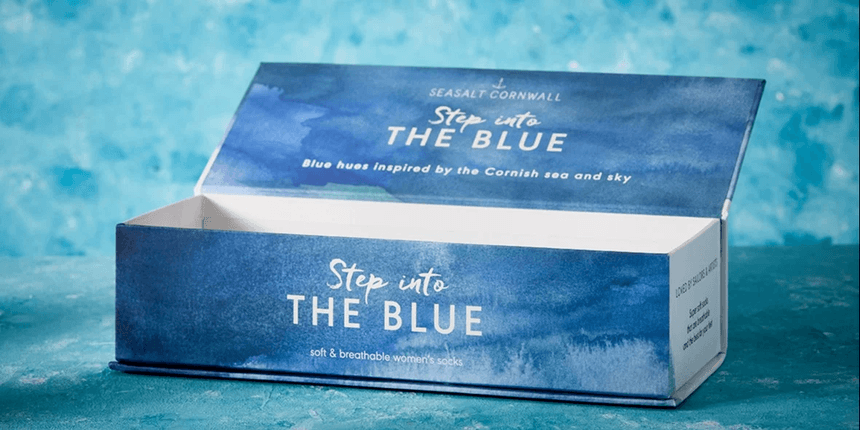
Sustainability
10 Brands That Have Embraced Eco-Friendly Manufacturing and Packaging Solutions
7 min read time
|
Jul 22, 2019
By 2050, our oceans are expected to contain more plastic than fish. Harrowing statistics like this...
Read more

Global Supply
CMT vs FPP: Which is the Best method for Your Brand?
3 min read time
|
Jun 28, 2019
Choosing the right manufacturer to collaborate with can be a difficult task as you want to make...
Read more

Global Supply
What? Why? How? All About Full Package Production
4 min read time
|
Jun 21, 2019
When looking for a factory for your upcoming projects, you’ll need to do a lot of research when it...
Read more
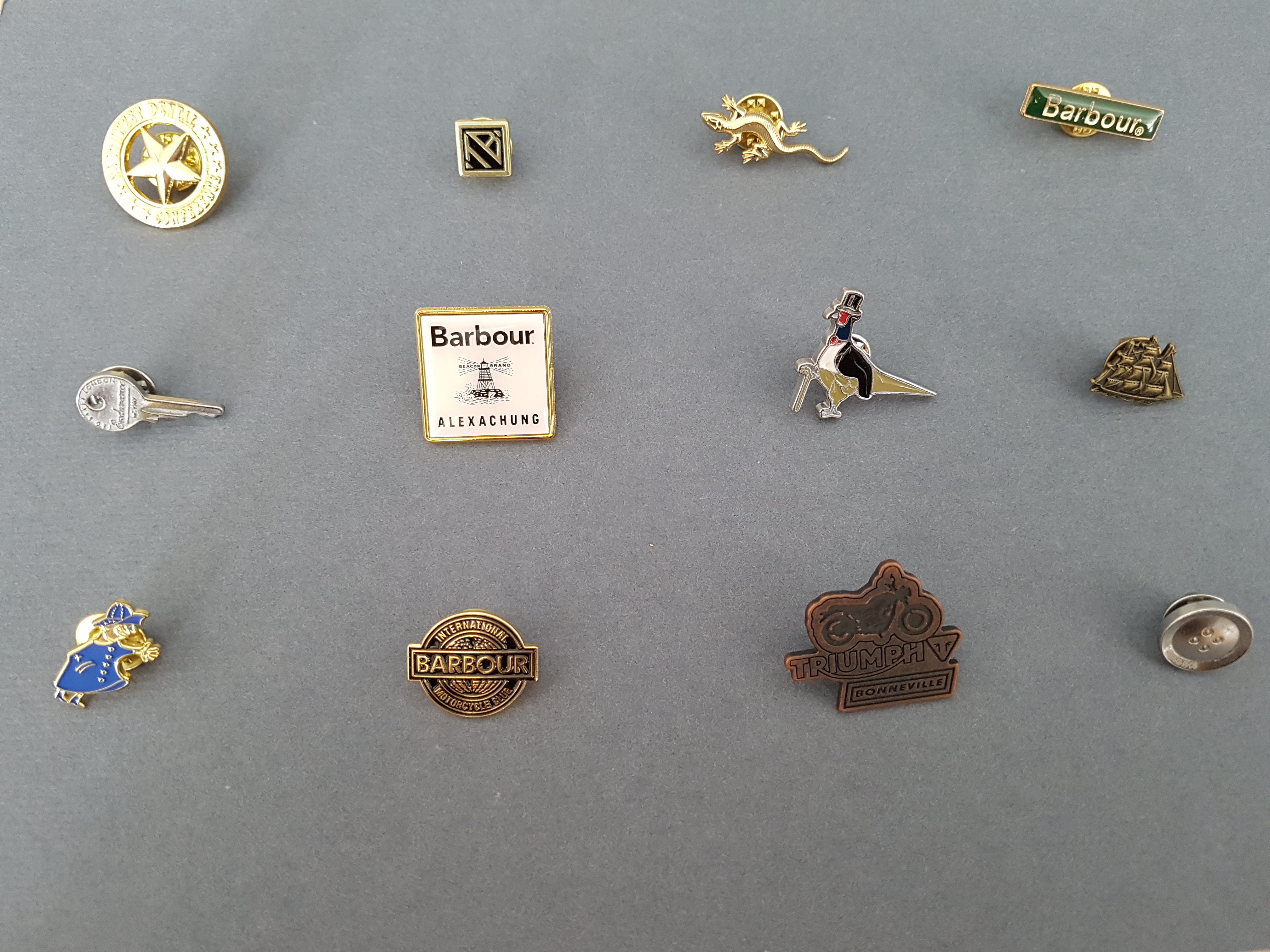
Branding
9 Innovative Branding Trims and Why They Had Such an Impact
7 min read time
|
Jun 17, 2019
At the heart of any brand is a first-class product that customers instantly want to get their hands...
Read more
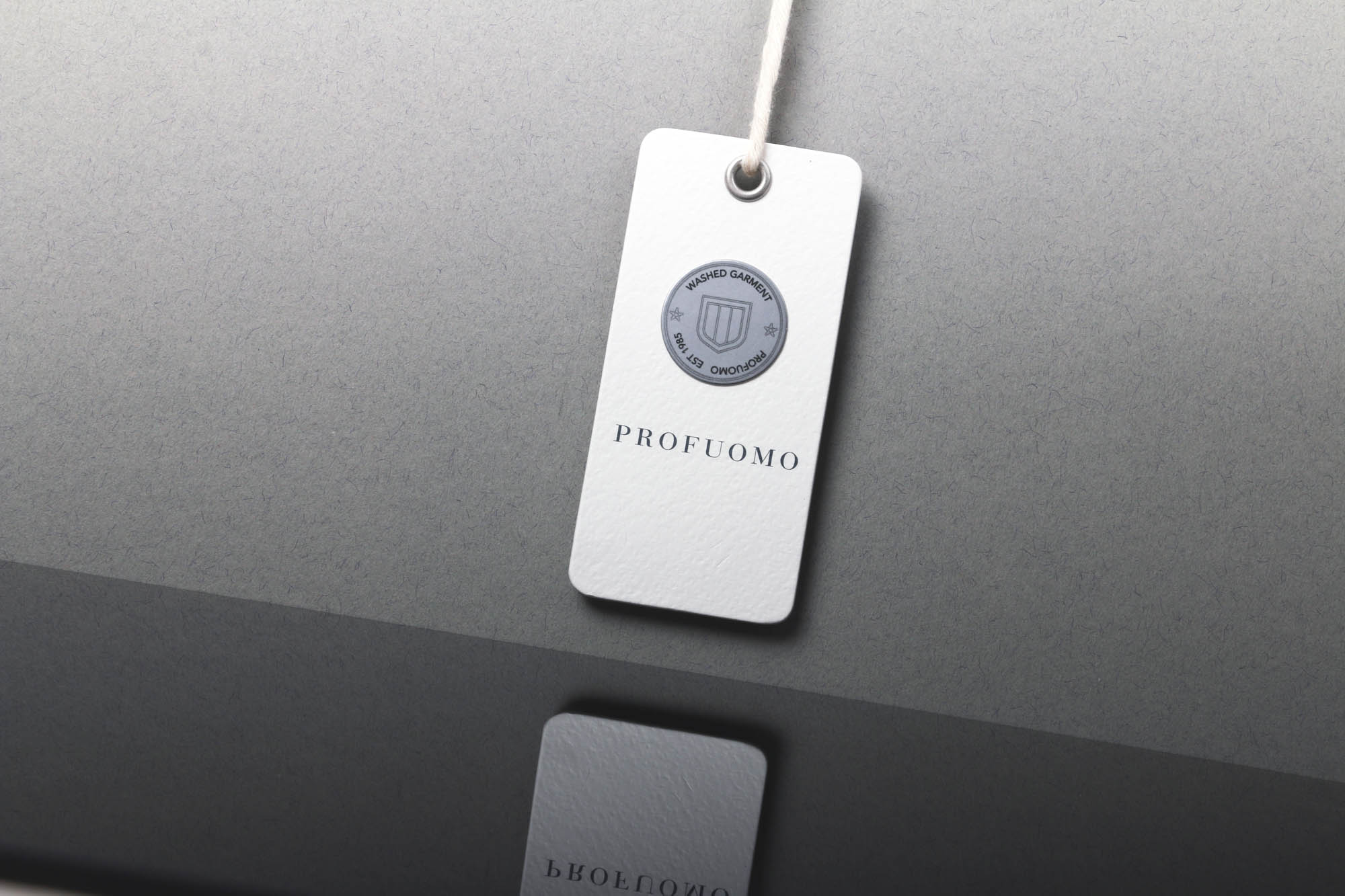
Garment Branding
10 Types of Swing Tag Printing Techniques and Why It’s Vital to Choose the Right One
5 min read time
|
Jun 13, 2019
Swing tickets and hang tags are subtle yet innovative branding tools that can provide vital product...
Read more
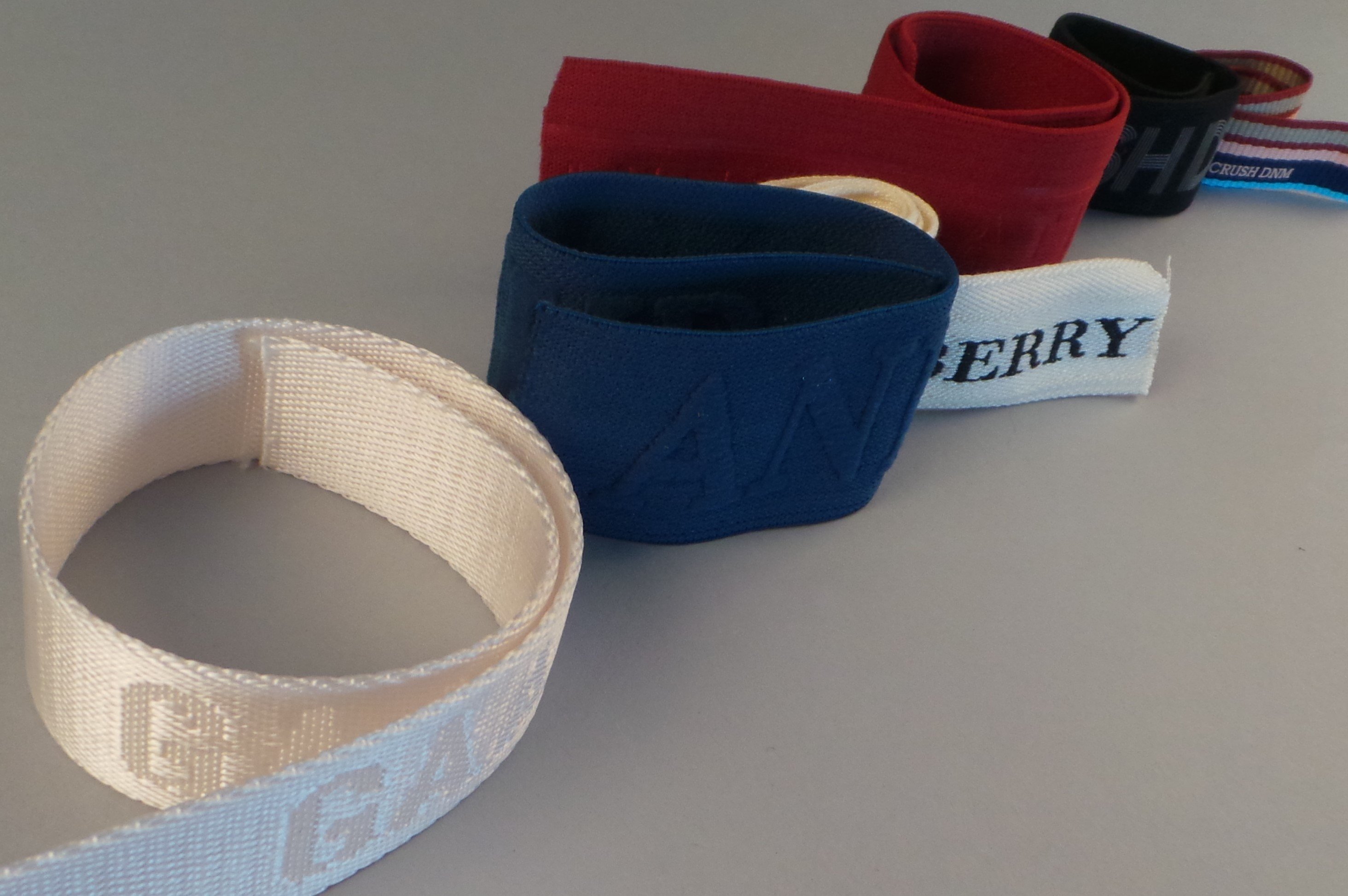
Garment Branding
What Branded Trims Add to Your Athleisure Range
3 min read time
|
Jun 11, 2019
Athleisure is no longer new and niche. Its rise in popularity has been meteoric with...
Read more
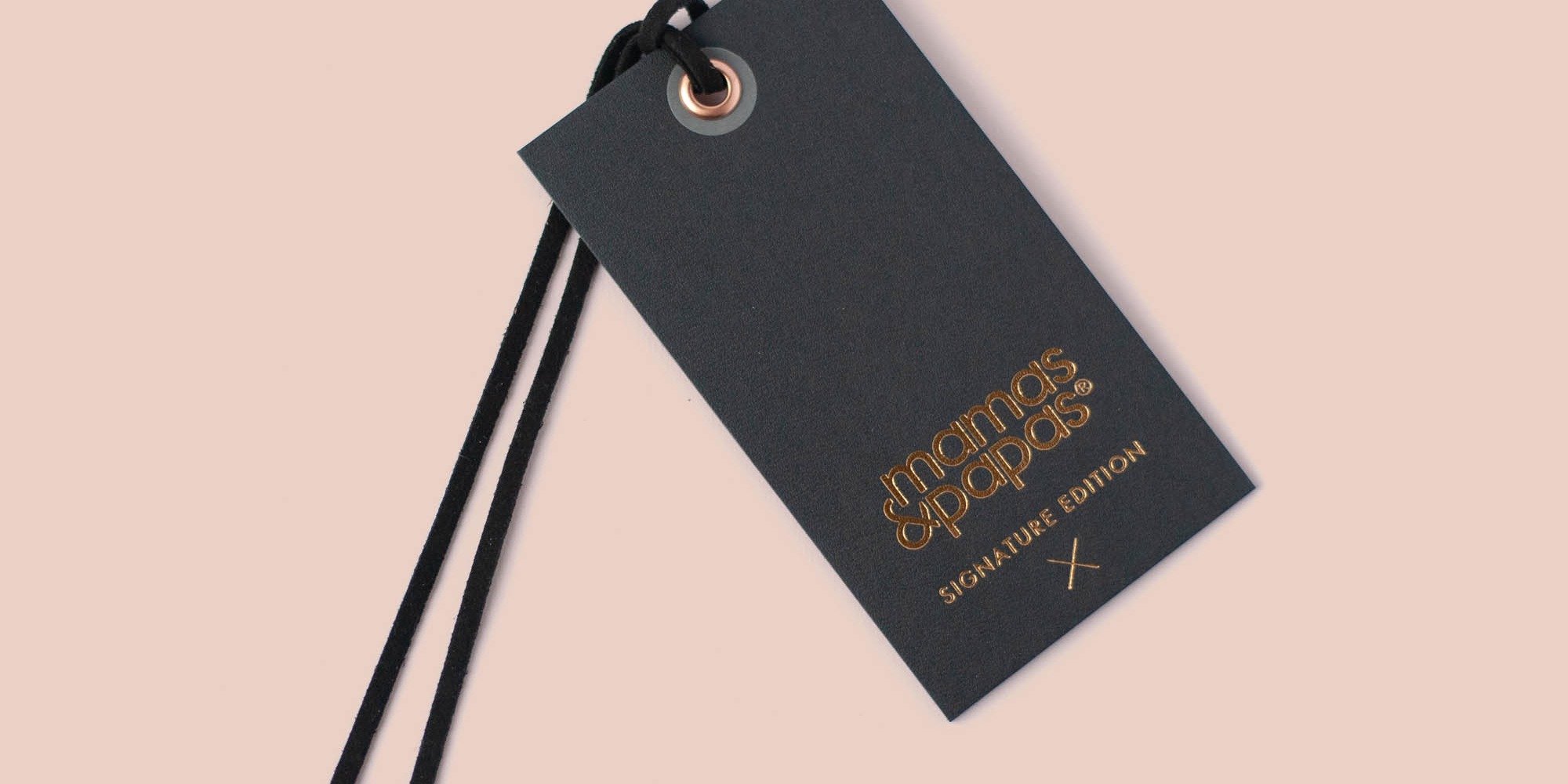
Garment Branding
Why You Should Try Luxury Swing Tags (Even If You're Not a High End Brand)
3 min read time
|
Jun 6, 2019
Even if you’re not a high fashion brand, adding a luxury swing tag to your garments can be...
Read more
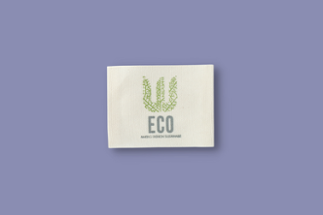
Labels
Embroidered Labels: How Can They Improve a Garment’s Design?
3 min read time
|
May 13, 2019
Woven labels, sometimes known as embroidered labels and badges, represent a traditional look that...
Read more
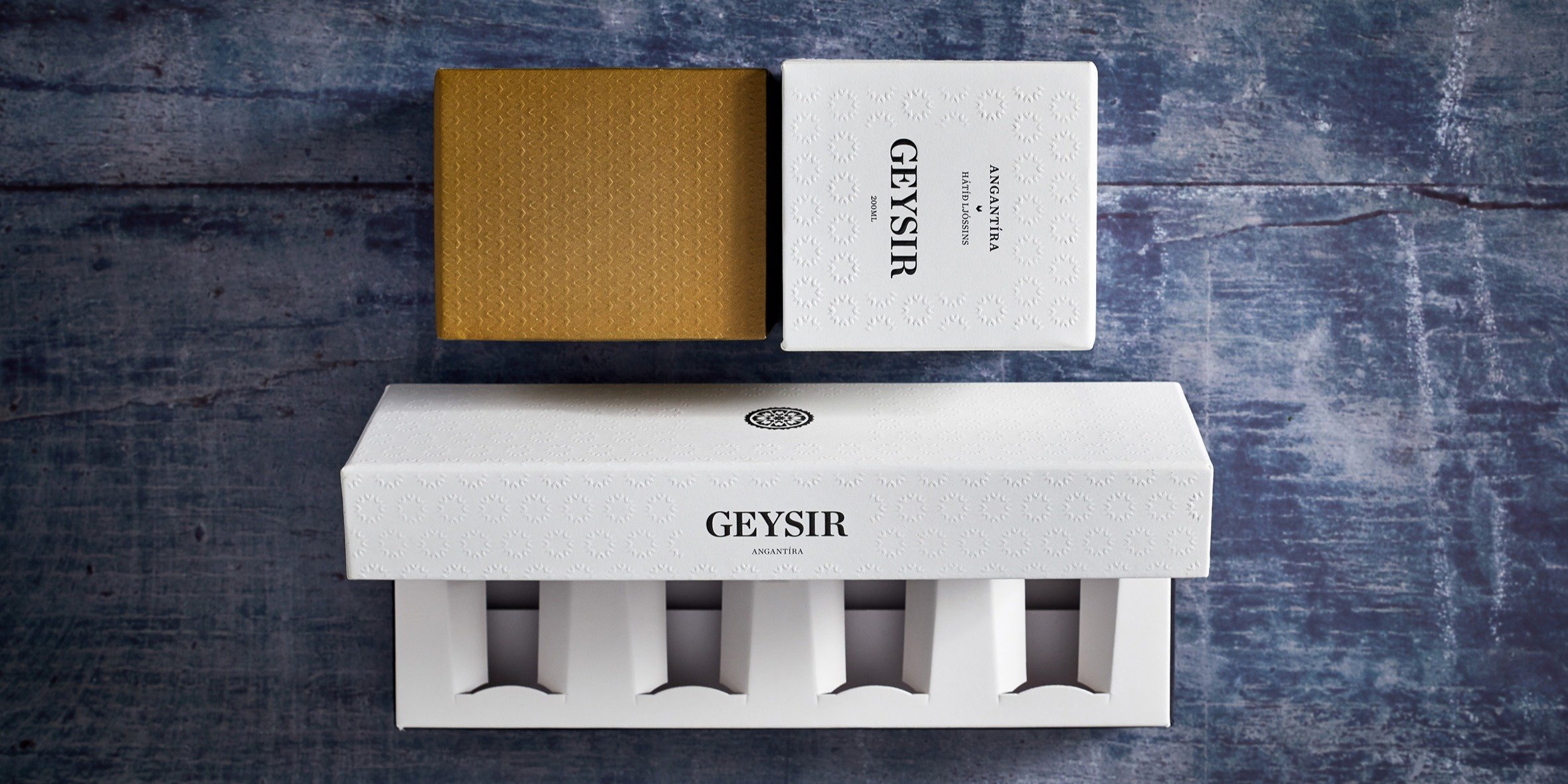
Branding
What Role Does Brand Packaging Play in Building a Company's Identity?
4 min read time
|
May 3, 2019
Packaging design is a crucial component in building a brand’s image and identity. The majority of...
Read more
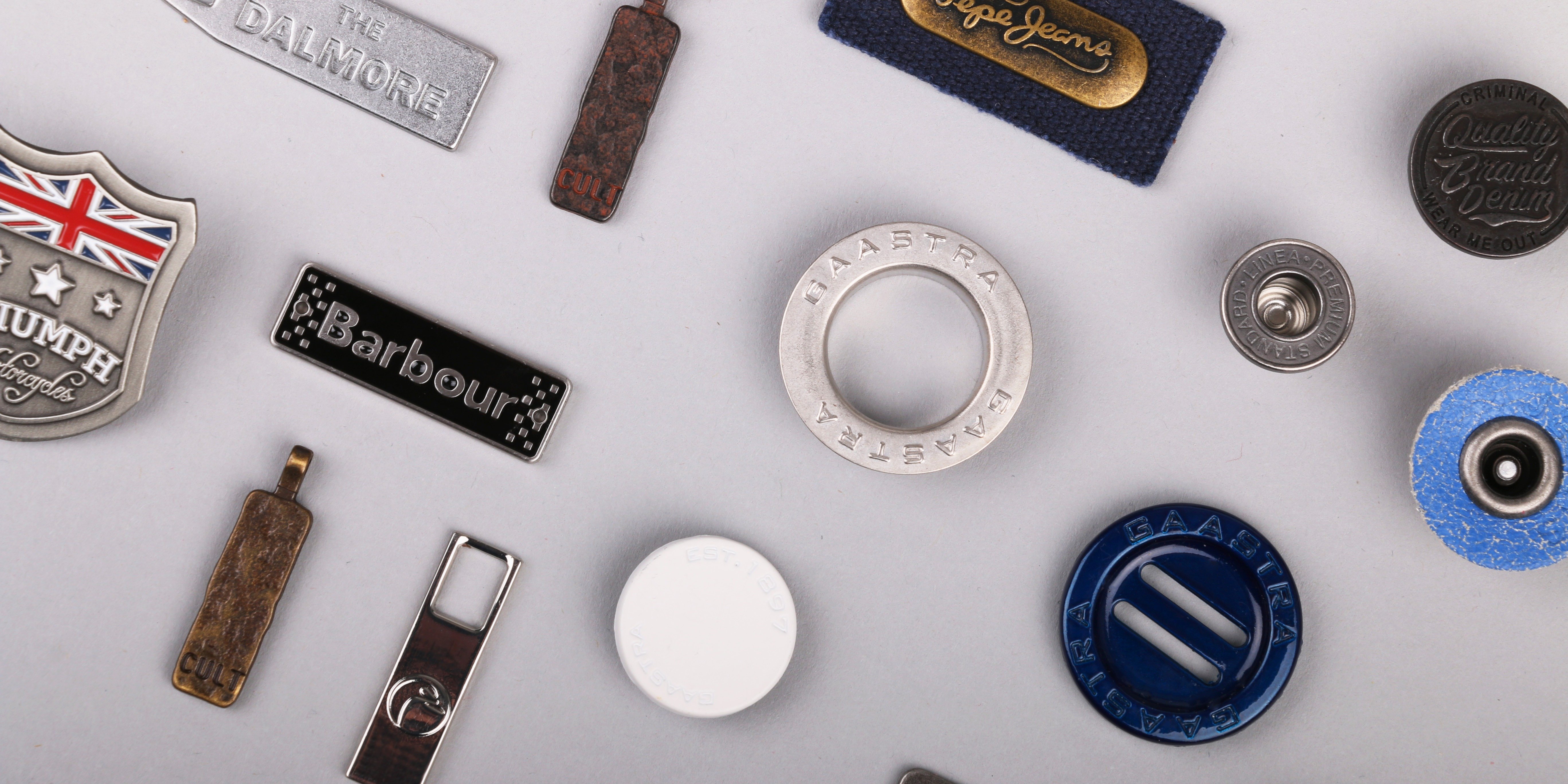
Branding
4 Ways to Boost Your Clothing Brand Identity
4 min read time
|
Apr 22, 2019
The importance of your brand identity can’t be understated – especially in the forever evolving...
Read more

manufacturing
CMT Clothing: The Pros and Cons
4 min read time
|
Apr 19, 2019
Deciding on your clothing manufacturer can be tricky in the initial stages of production and...
Read more
-1.png)
Garment Branding
4 Ways Clothing Badges Make Big Statements
3 min read time
|
Apr 16, 2019
Although your branding might not be as recognisable as the simplistic and strong Barbour or the...
Read more
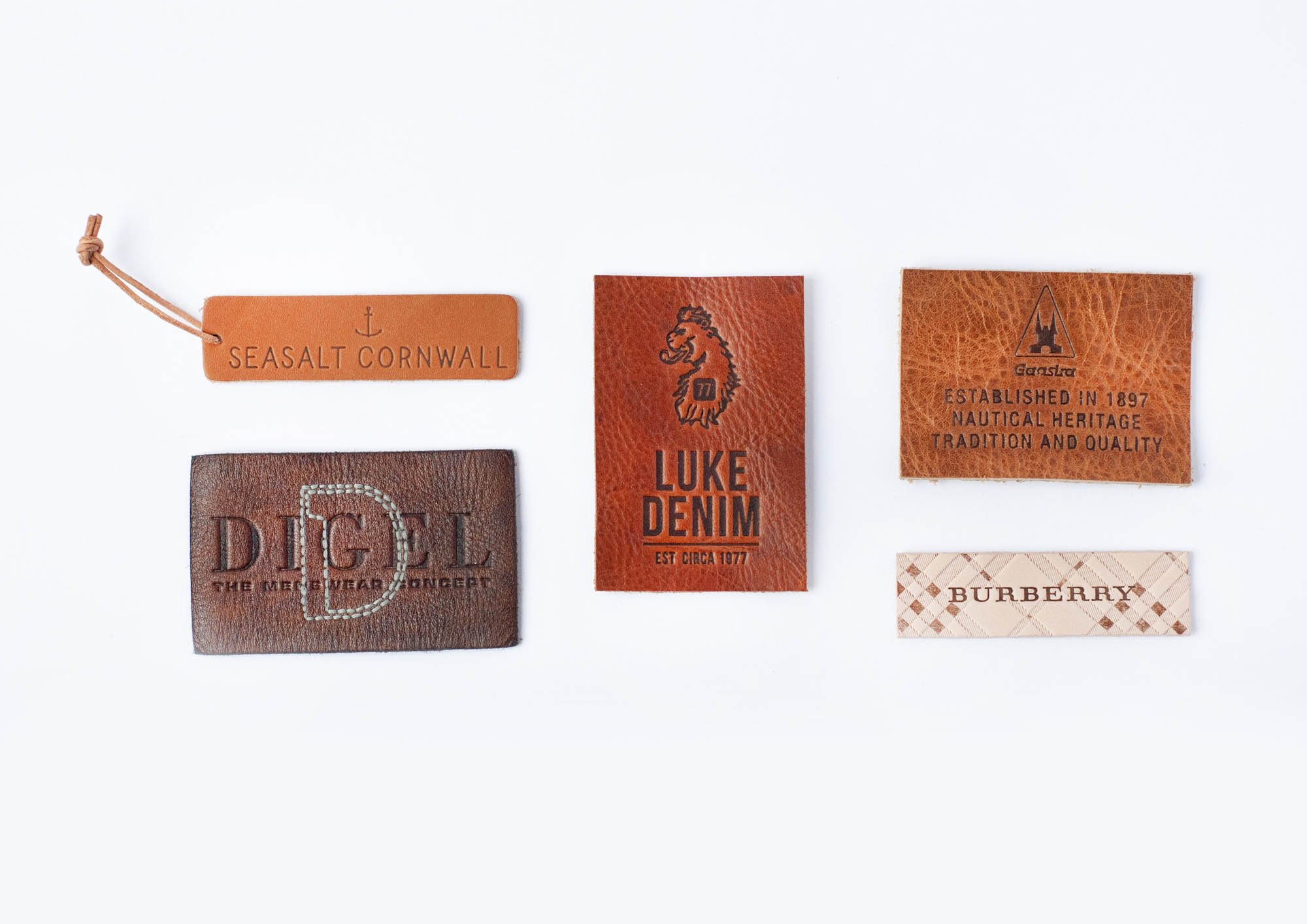
Labels
Leather Patch - A Product Manager's Best Way to Stay Ahead
3 min read time
|
Apr 14, 2019
Leather patches are stylish, sophisticated and unique. The high-quality material never goes out of...
Read more
.png)
Labels
7 Garments and Accessories That Go Perfectly with Heat Transfer Badges
3 min read time
|
Apr 9, 2019
Heat transfer badges are the perfect finishing touch and are always very popular in the...
Read more
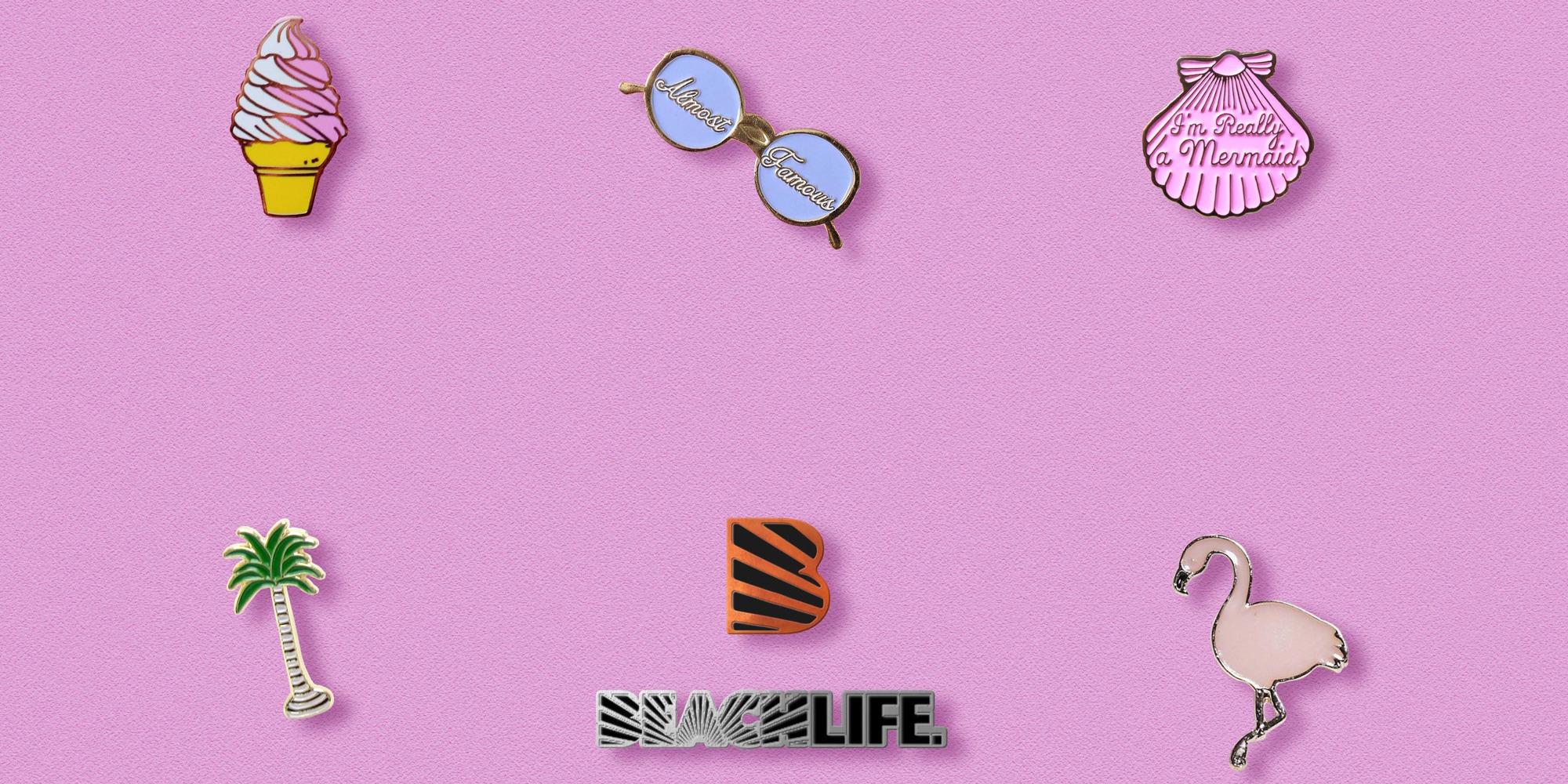
Labels
Pin Badges: All About This Underrated Accessory
4 min read time
|
Apr 4, 2019
Embellishing bags and jackets with pin badges are back in style. This popular trend that bedazzled...
Read more
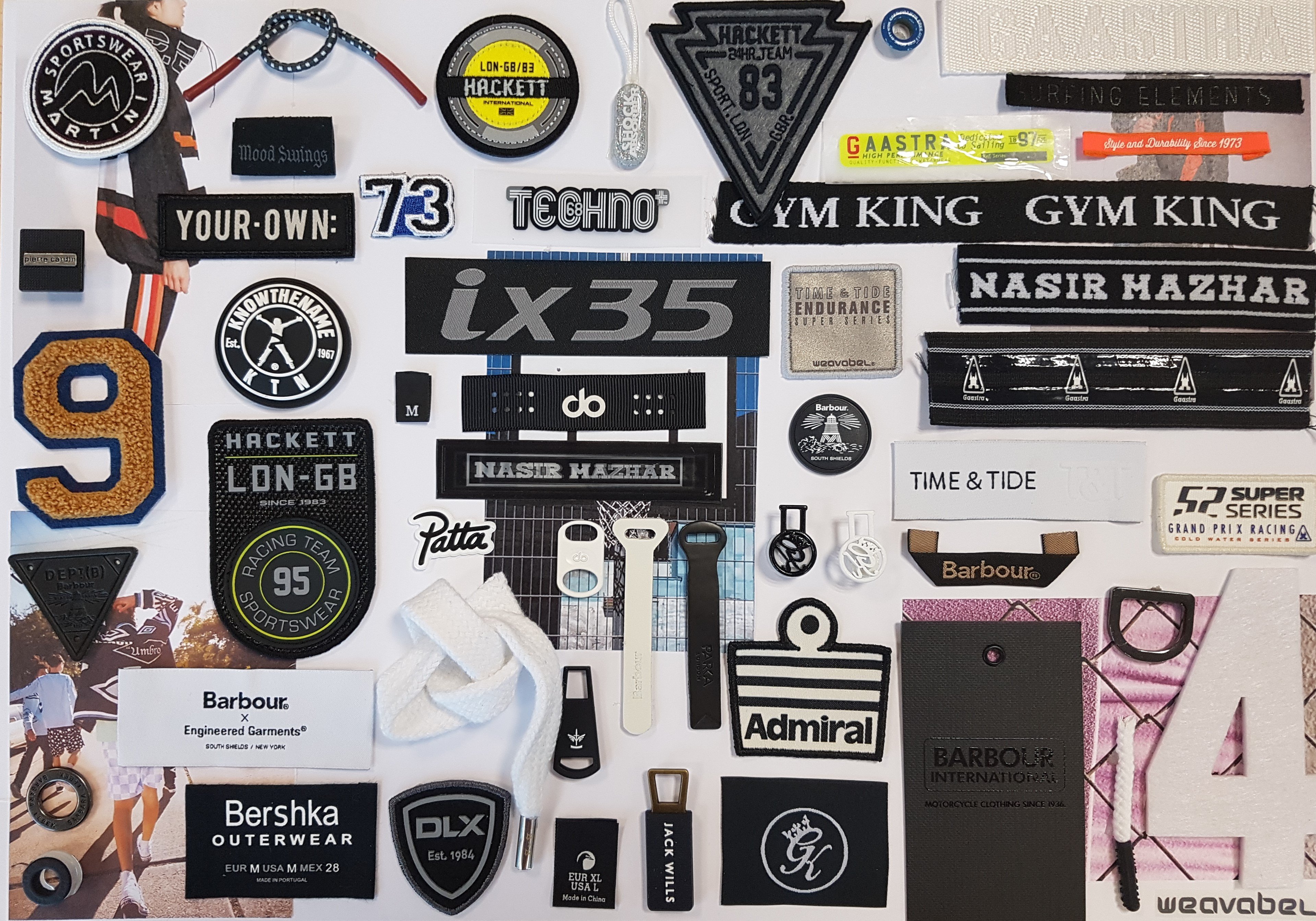
Branding
Top 6 Types of Garment Trims You Need to Know About
4 min read time
|
Apr 1, 2019
Garment trims are accessories added to clothing items, enhancing brand image and adding value to...
Read more
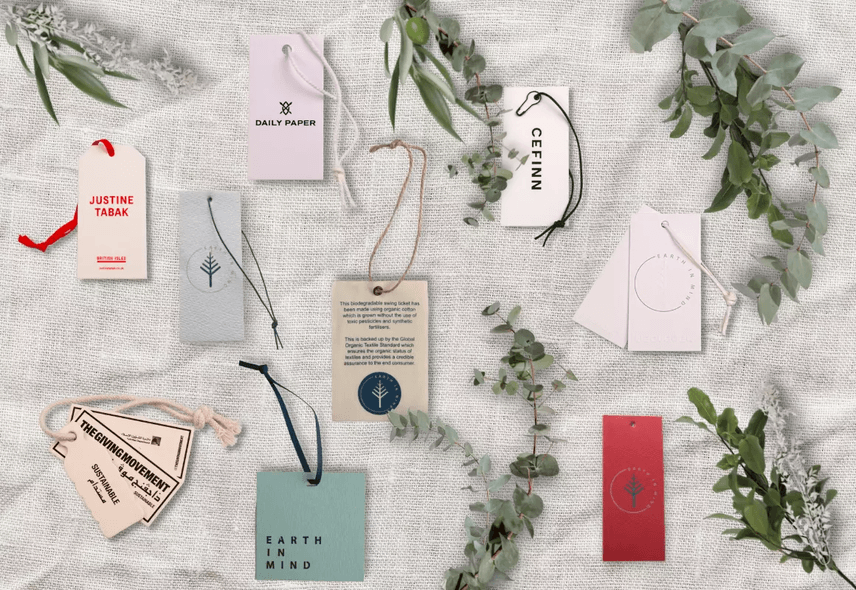
Branding
How Swing Tags Help Boost Brand Awareness More Than You Think
2 min read time
|
Apr 1, 2019
If you’re looking to boost brand recognition and identity while also providing key product...
Read more

Branding
Can a Nominated Supplier Save You Money?
3 min read time
|
Oct 20, 2017
Should you put all your eggs in one basket and go with a nominated supplier? Or should you divide...
Read more
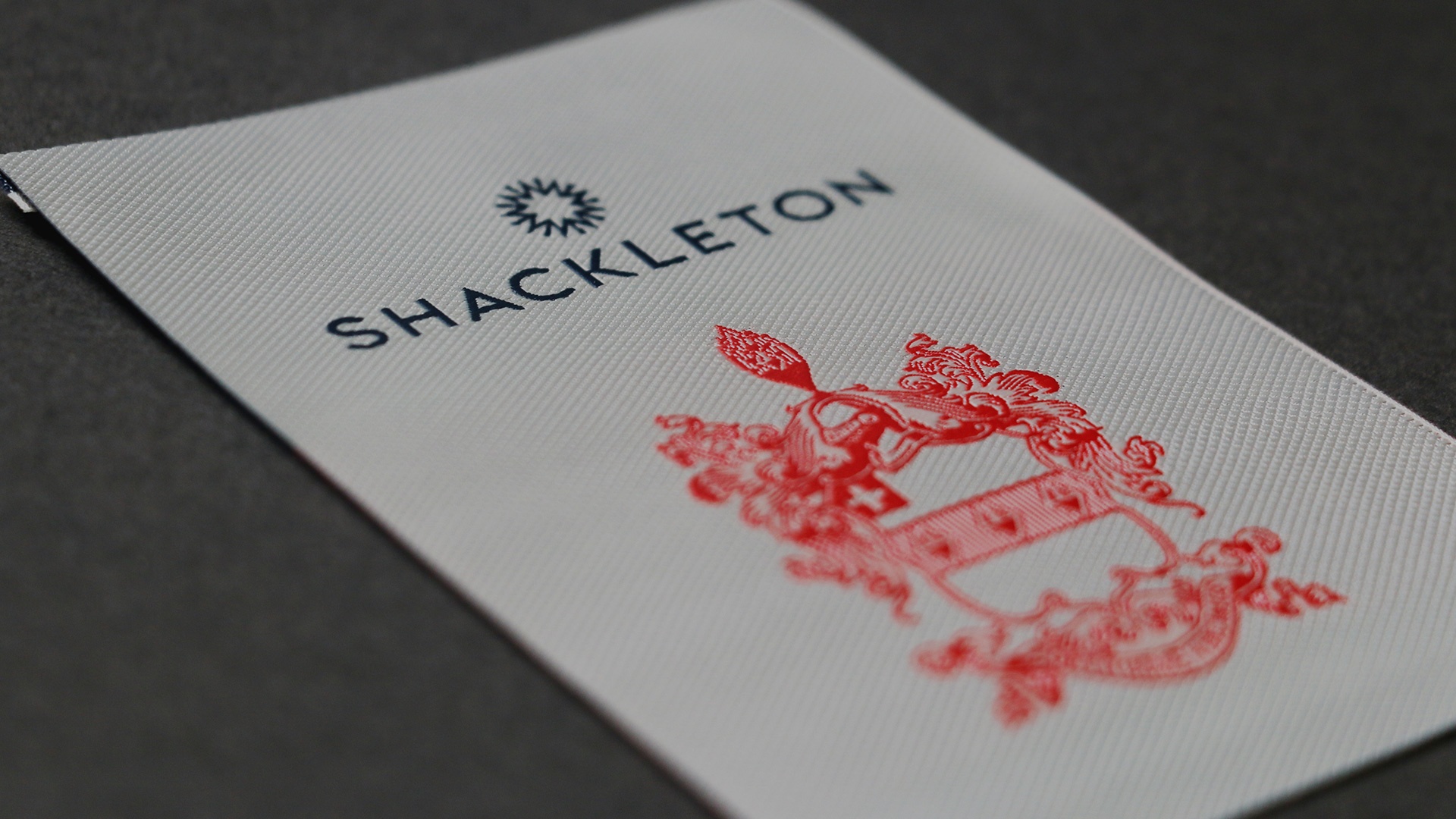
Labels
Know Your Label Sizes
2 min read time
|
Oct 19, 2017
As the prices in the fashion industry keep crunching, it's our guess you as buyers keep coming...
Read more
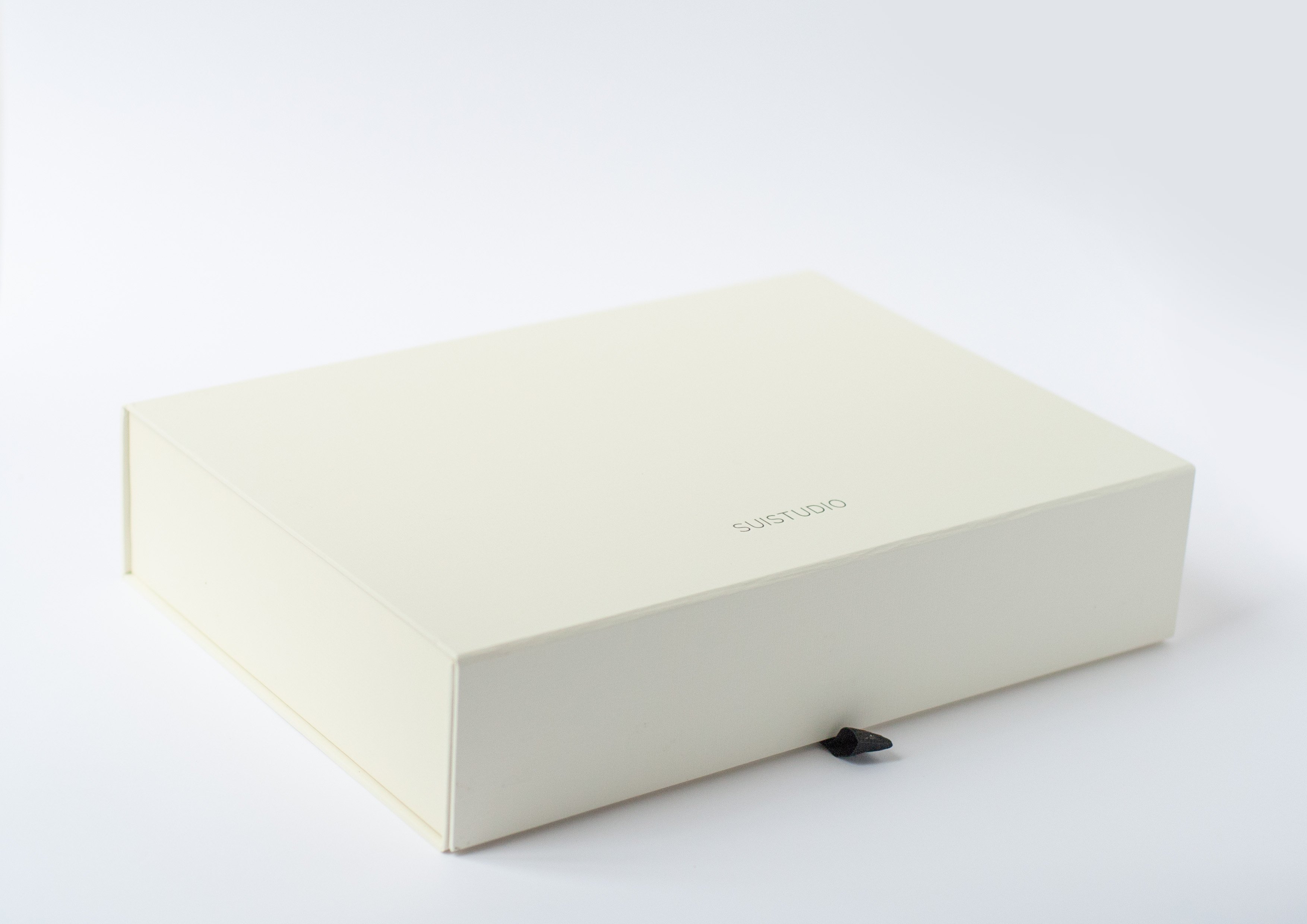
Packaging Ideas
5 Unique Mail Order Packaging Examples
3 min read time
|
Jul 19, 2017
Net-A-Porter and Amazon Prime are rocking the boat with their industry-changing new mail order...
Read more

Embroidered Badges
5 Ways to apply Big Embroideries to your Garments
2 min read time
|
Jun 15, 2017
Embroidered badges and patches are all trending right now. Appliques, woven and embroidered figures...
Read more
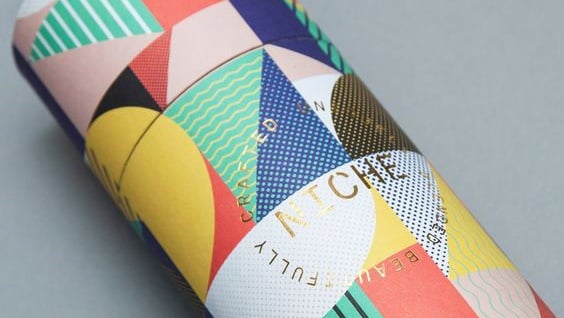
Packaging Ideas
Insanely Creative Packaging
4 min read time
|
Apr 25, 2017
What makes buying a garment, or actually any product, special? Is it the fact that you genuinely...
Read more

Compliance
Guide to Childrenswear Compliance
3 min read time
|
Apr 5, 2017
When designing children's clothing, it is important to take into consideration the behaviour of...
Read more
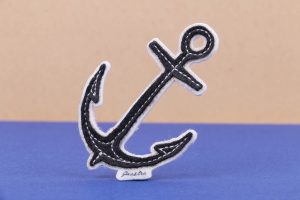
Trends
The Nautical Traveller - SS18 Trend
2 min read time
|
Jan 27, 2017
The maritime aesthetic is now not only for those travelling the high seas to explore oceans and...
Read more
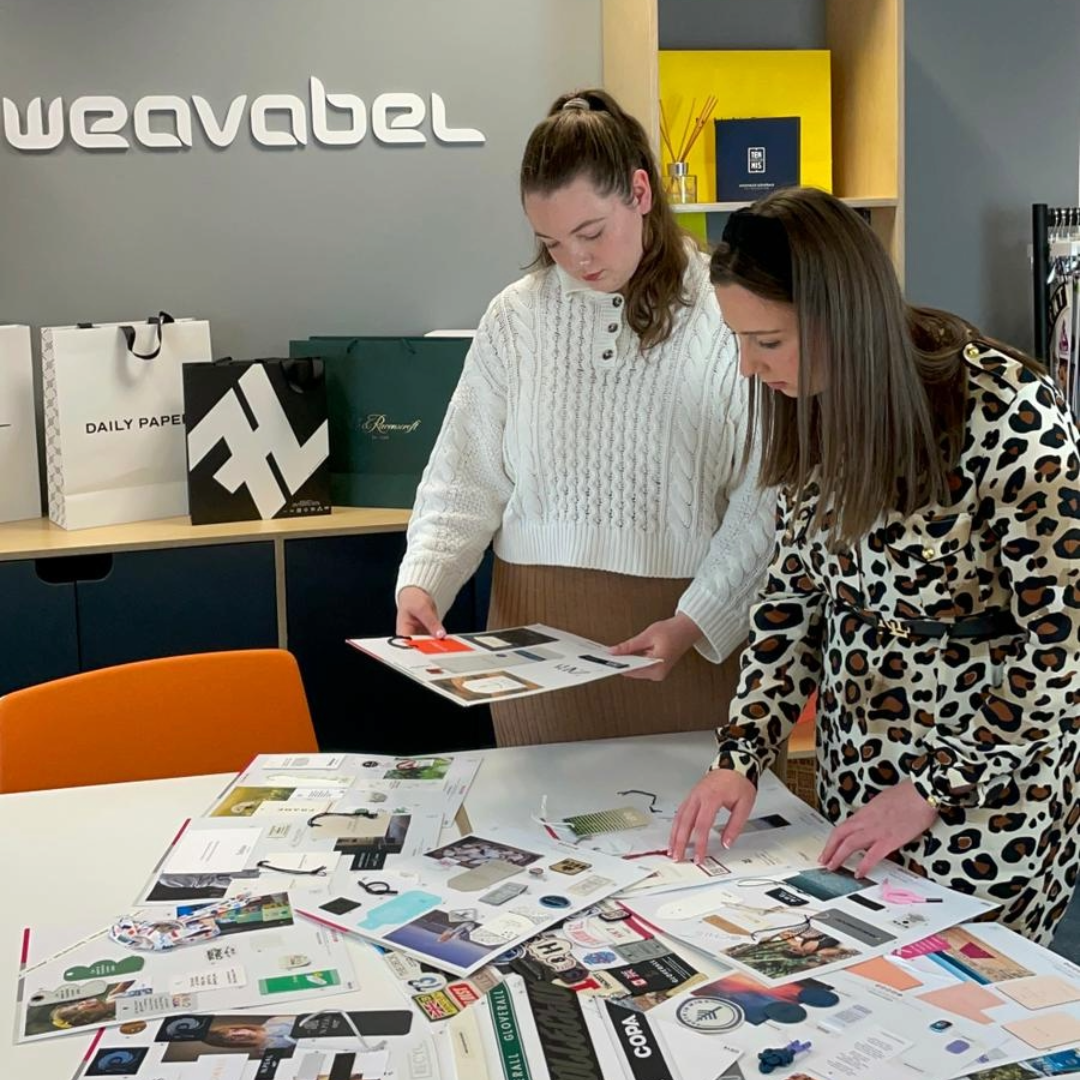
designs
What is good design?
5 min read time
|
Jan 18, 2017
How do we define 'good' design principles? Good design is often described as a blend of form,...
Read more

Weavabel
A Statement Detail
1 min read time
|
Jan 10, 2017
Sometimes, product detail leaves us truly amazed. Something a little cooler, a little more...
Read more

Branding
Creating a Lab of Innovation
1 min read time
|
Dec 20, 2016
It is no secret that we're fans of revolutionary concepts, exotic textures combined with vibrant...
Read more

Branding
A Guide to Successful Garment Branding
2 min read time
|
Dec 12, 2016
For a brand to survive in today's market, it has to have a relatable purpose that resonates. Now...
Read more

Garment Branding
Tomorrow is Calling - Denim PV
2 min read time
|
Nov 23, 2016
You probably know how important it is to plan for the future, to anticipate the future and to be...
Read more

Weavabel
Welcome to the Weavabel Journal
1 min read time
|
Oct 24, 2016
It’s the start of an exciting journey that we would like to share with the world!You may have...
Read more
Sign up for our newsletter
Want to keep up to date with industry developments, trends, product launches and more? Sign up to our newsletter to get the latest delivered to your inbox.

